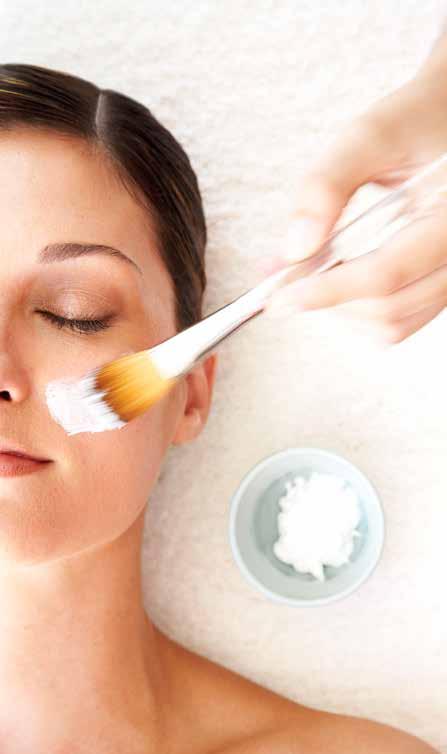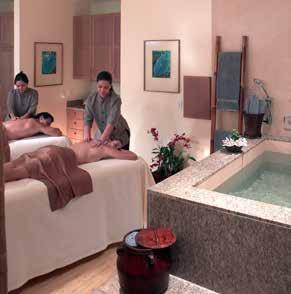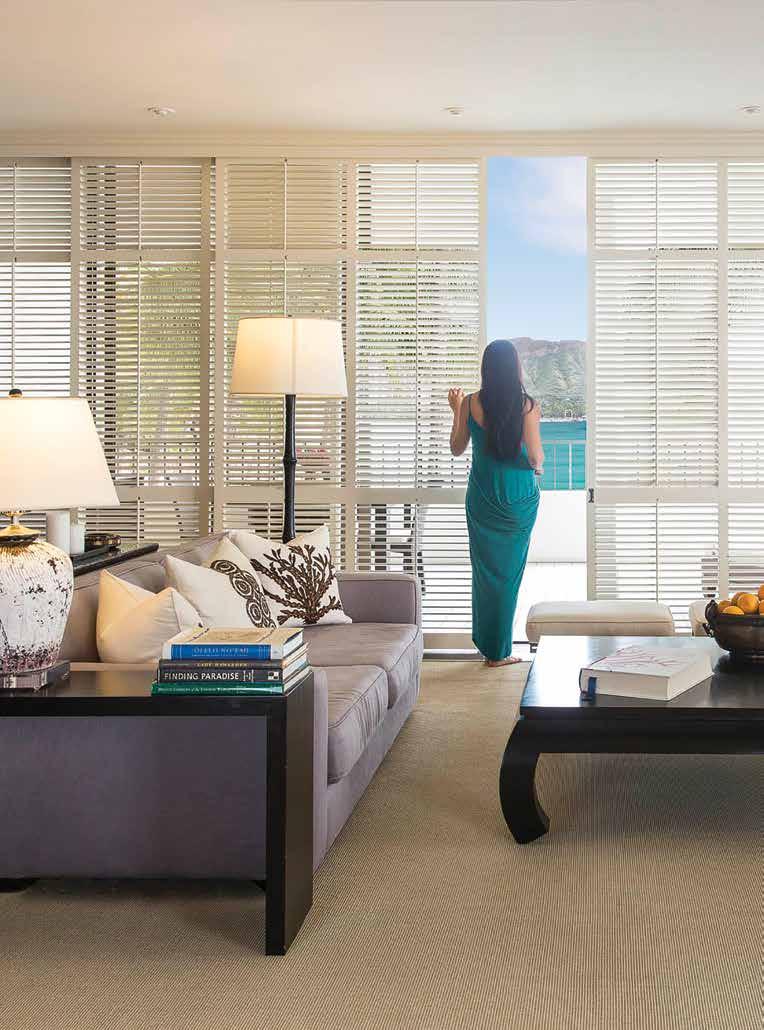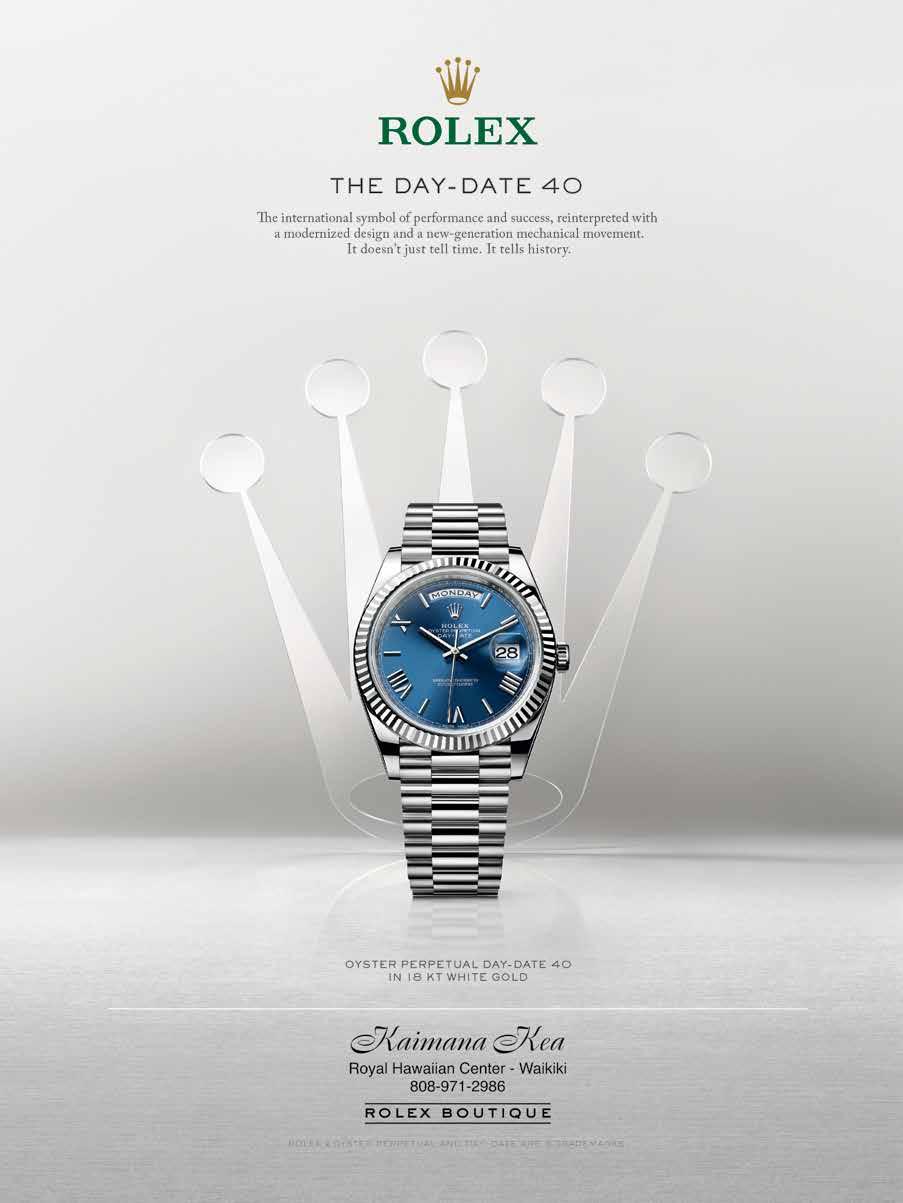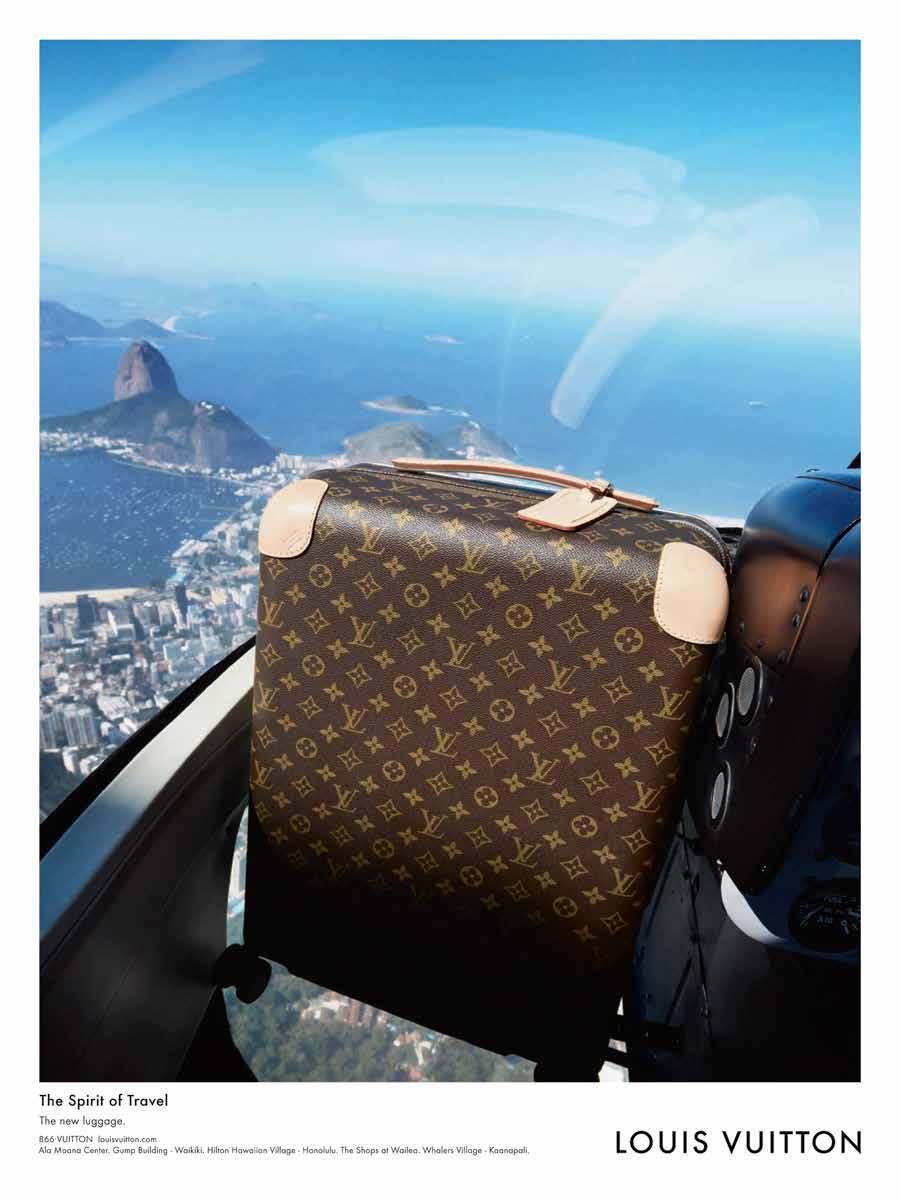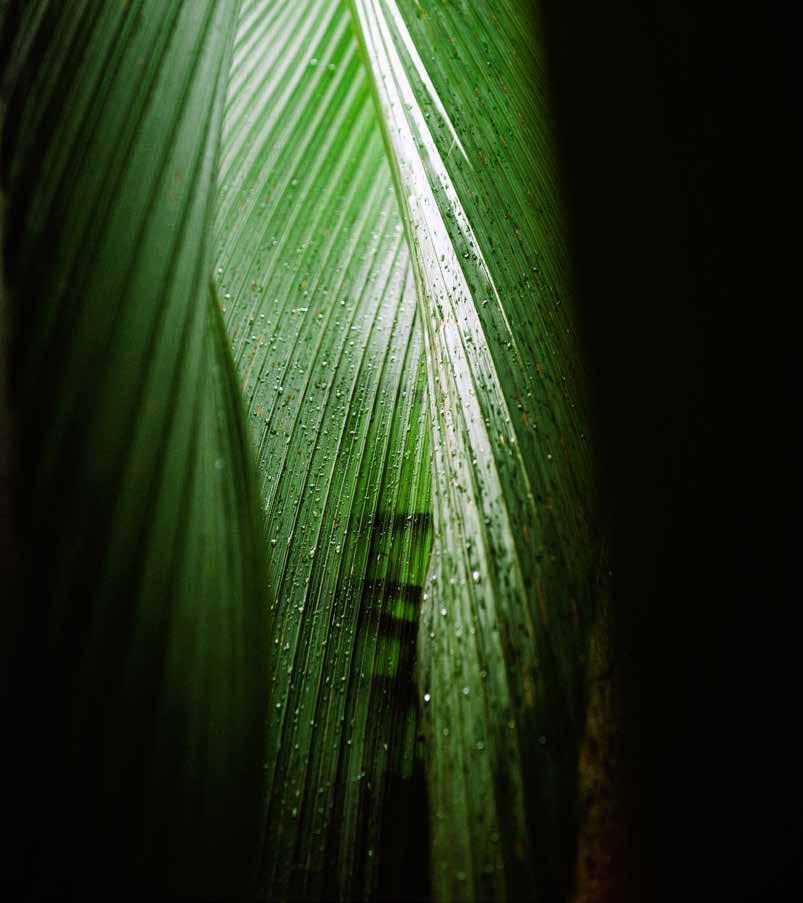
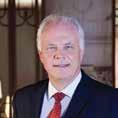 Ulrich Krauer General Manager Halekulani
Ulrich Krauer General Manager Halekulani
Halekulani has always recognized the significance of its location within the rich and tropical wonder of the island of O‘ahu. It has been our mission for both our guests and community to experience it not only through the services we provide, but also from the stories told in our latest edition of Halekulani Living.
Known for having one of the most diverse ecosystems in the world, Hawai‘i, and those who have been inspired by its verdant landscapes, are being celebrated in our latest issue. From the culinary roots of some of Hawai‘i’s most renowned chefs, to Maui’s most comprehensive private palm collection in the world, The Merwin Conservancy, we invite guests to take advantage of everything our island has to offer. Soon guests will also experience the magic of Merwin’s palm forest at the hotel in a replica garden with plant palms from Merwin’s living seed bank as a tribute to the literary icon.
We are grateful that you’ve chosen our iconic hotel as the picturesque backdrop for your retreat. May this collection of stories inspire you to look at the world as a place that’s worth cherishing and maintaining for the good of all creation.
Warmly,
Ulrich Krauer General Manager Halekulaniハレクラニが、温暖な気候と豊かな自然に恵まれたオアフ島という素晴 らしいロケーションにあることは、私たちにとって何よりの誇りです。 当ホテルのサービスや今号の「ハレクラニ リビング」でご紹介するストー リーを通じて、お客様や地域の皆様にこの特別な場所の持つユニーク な魅力に触れていただければと存じます。
最新号では、世界で最も多様な生態系を有する場所の一つとして知ら れるハワイとその緑豊かな自然に魅せられた人たちにまつわるストーリ ーをご紹介しています。ハワイの著名シェフの料理の原点や、マウイ島 にある世界で最も包括的な椰子のプライベートコレクションの「マーウ ィン・コンサーバンシー」についてなど、ご滞在中に体験いただくことの できるハワイの見どころが満載です。ハレクラニでは現在、マーウィンさ んの椰子の林のレプリカを造園し、マーウィンさんの「リビングシードバ ンク(生きた種の貯蔵庫)」から採取した椰子の木を植えています。
ハワイでのご滞在先にハレクラニをお選びいただき、この美しい景観の 中で特別なひとときをお過ごしいただけることを大変嬉しく思います。 本誌でご紹介するストーリーを通して、あらゆる生物にとってかけがえ のない自然とその保護の重要性を感じていただければ幸いです。
総支配人
ウーリック・クラワー
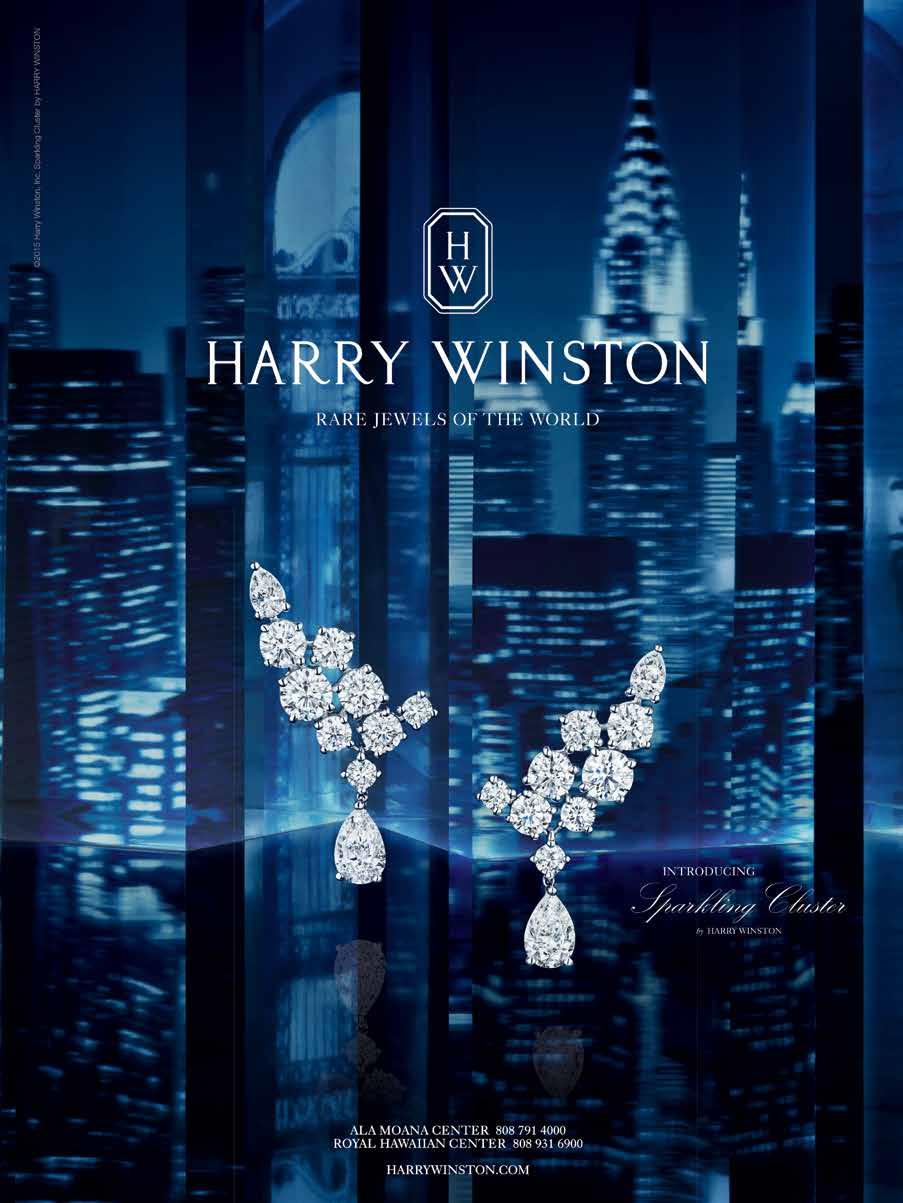

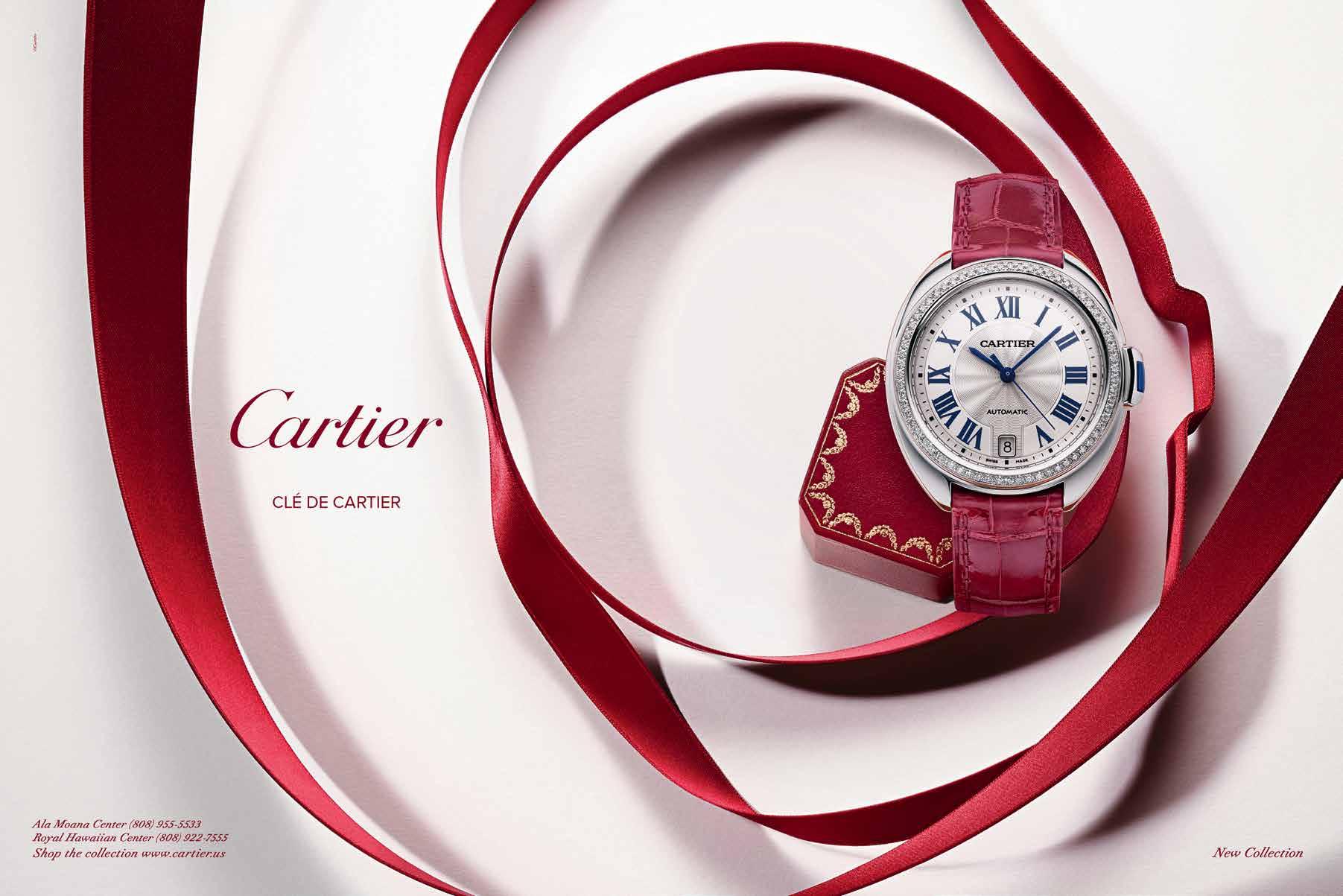

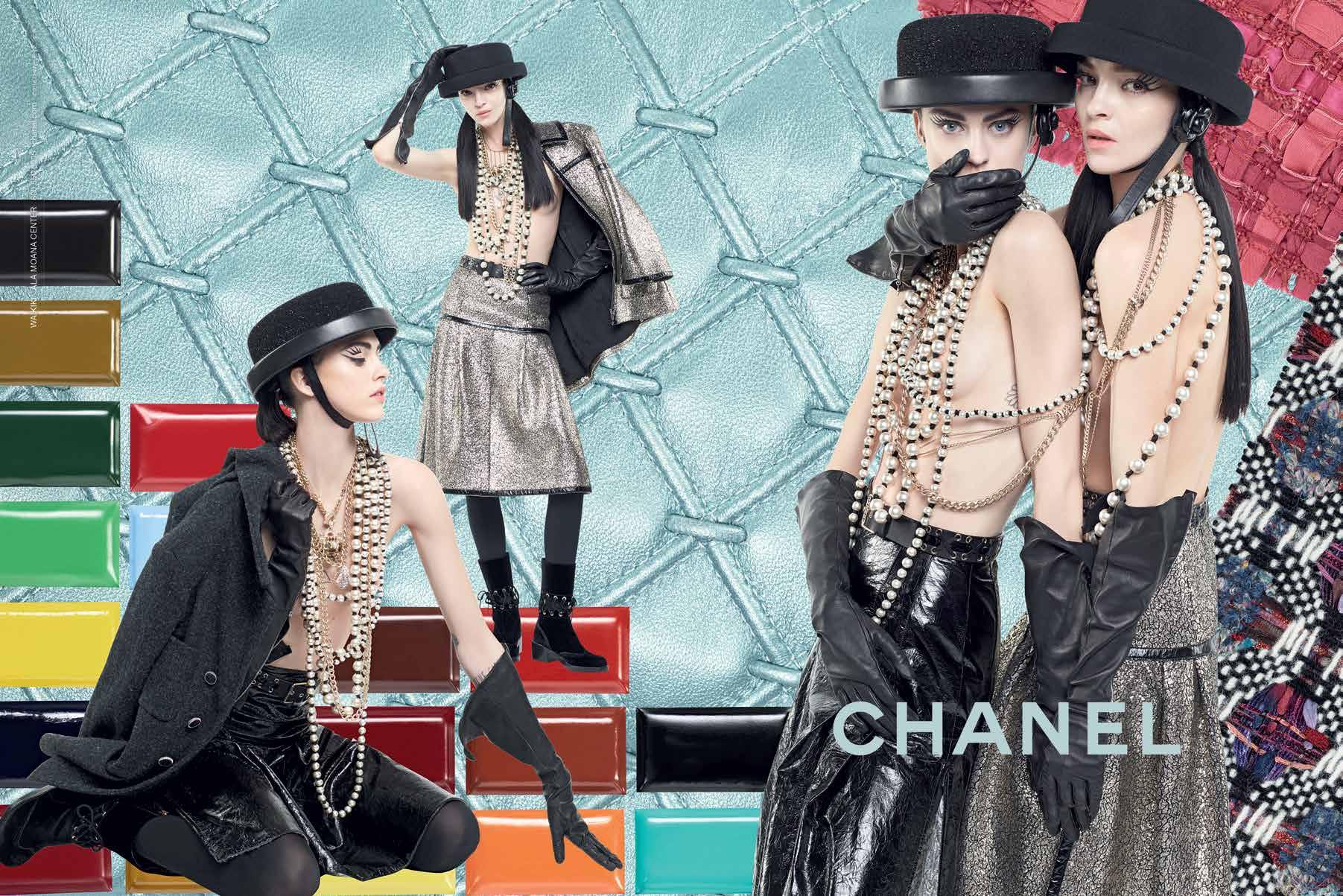

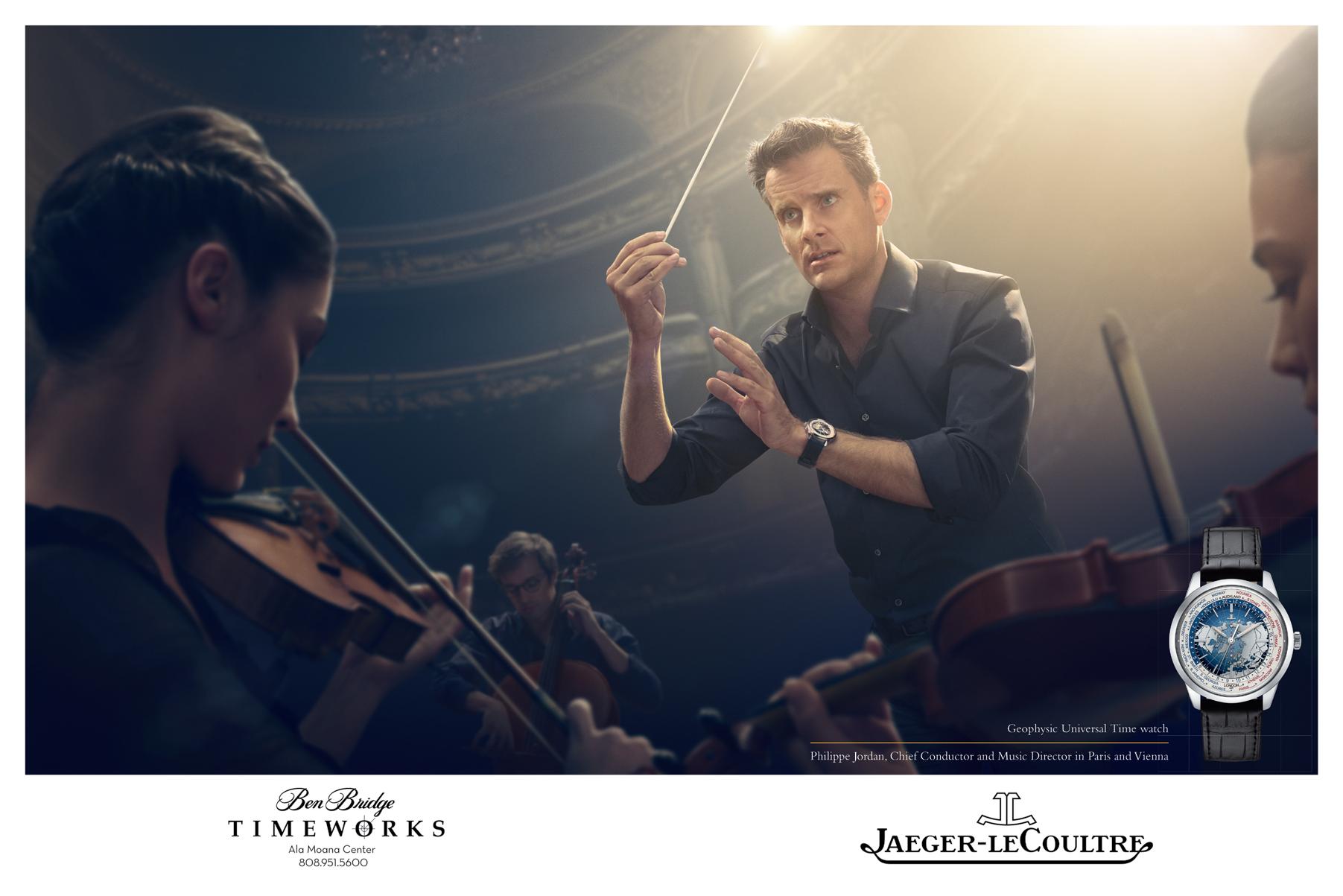

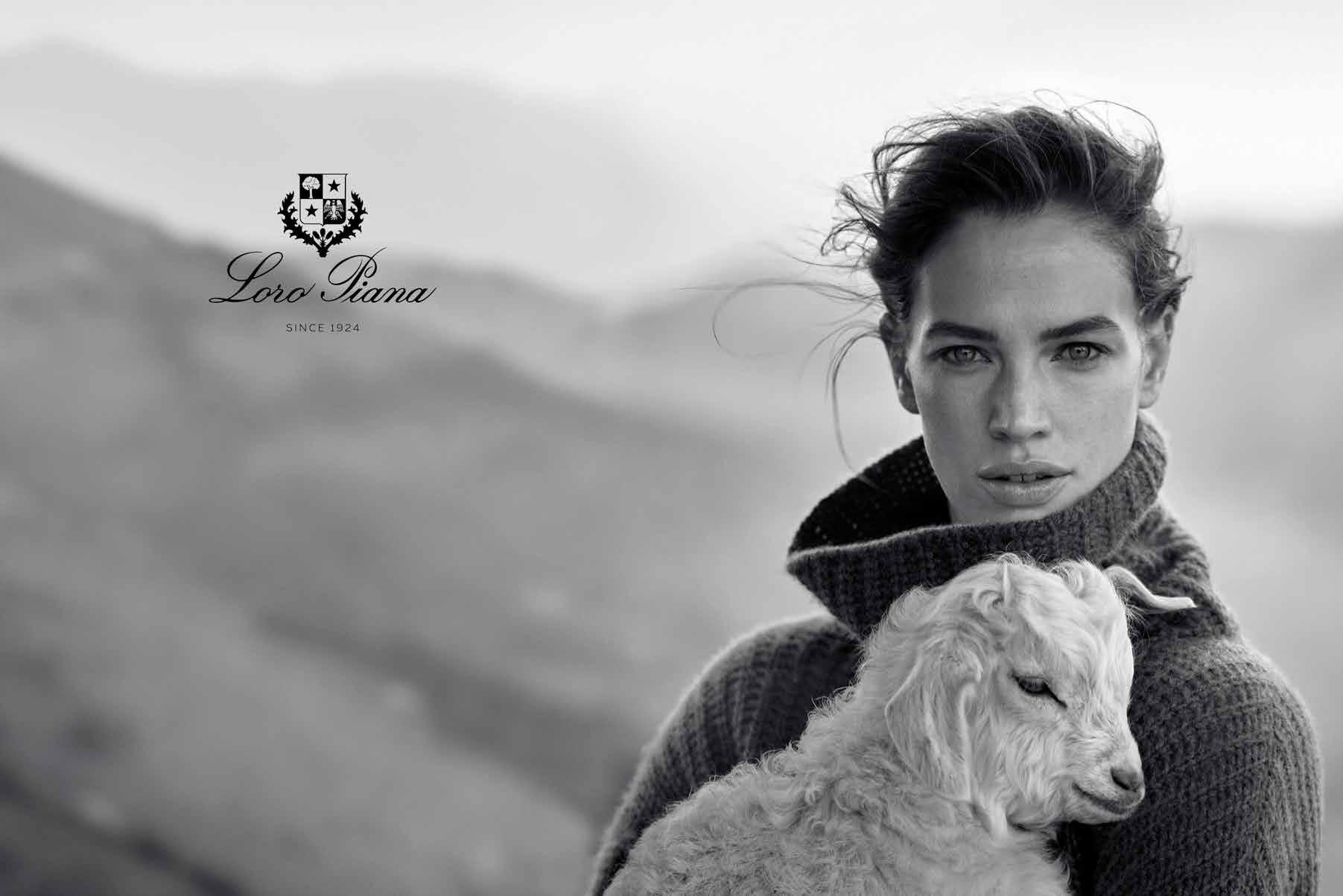

HALEKULANI CORPORATION
CHIEF OPERATING OFFICER
PETER SHAINDLIN
CHIEF EXECUTIVE ADVISOR
PATRICIA TAM
PRESIDENT & PUBLISHER
JASON CUTINELLA
VP & EDITORIAL DIRECTOR
LISA YAMADA
LISA@NELLAMEDIAGROUP.COM
GENERAL MANAGER, HALEKULANI
ULRICH KRAUER
DIRECTOR OF MARKETING
LIANA MULLEITNER
CREATIVE DIRECTOR
ARA FEDUCIA
CHIEF OPERATING OFFICER
JOE V. BOCK
JOE@NELLAMEDIAGROUP.COM
HALEKULANI.COM
1-808-923-2311
2199 KALIA RD. HONOLULU, HI 96815
PUBLISHED BY
NELLA MEDIA GROUP
36 N. HOTEL ST., SUITE A HONOLULU, HI 96817
NELLAMEDIAGROUP.COM
© 2016 by Nella Media Group, LLC. All rights reserved. No part of this publication may be reprinted without the written consent of the publisher. Opinions are solely those of the contributors and are not necessarily endorsed by Nella Media Group.
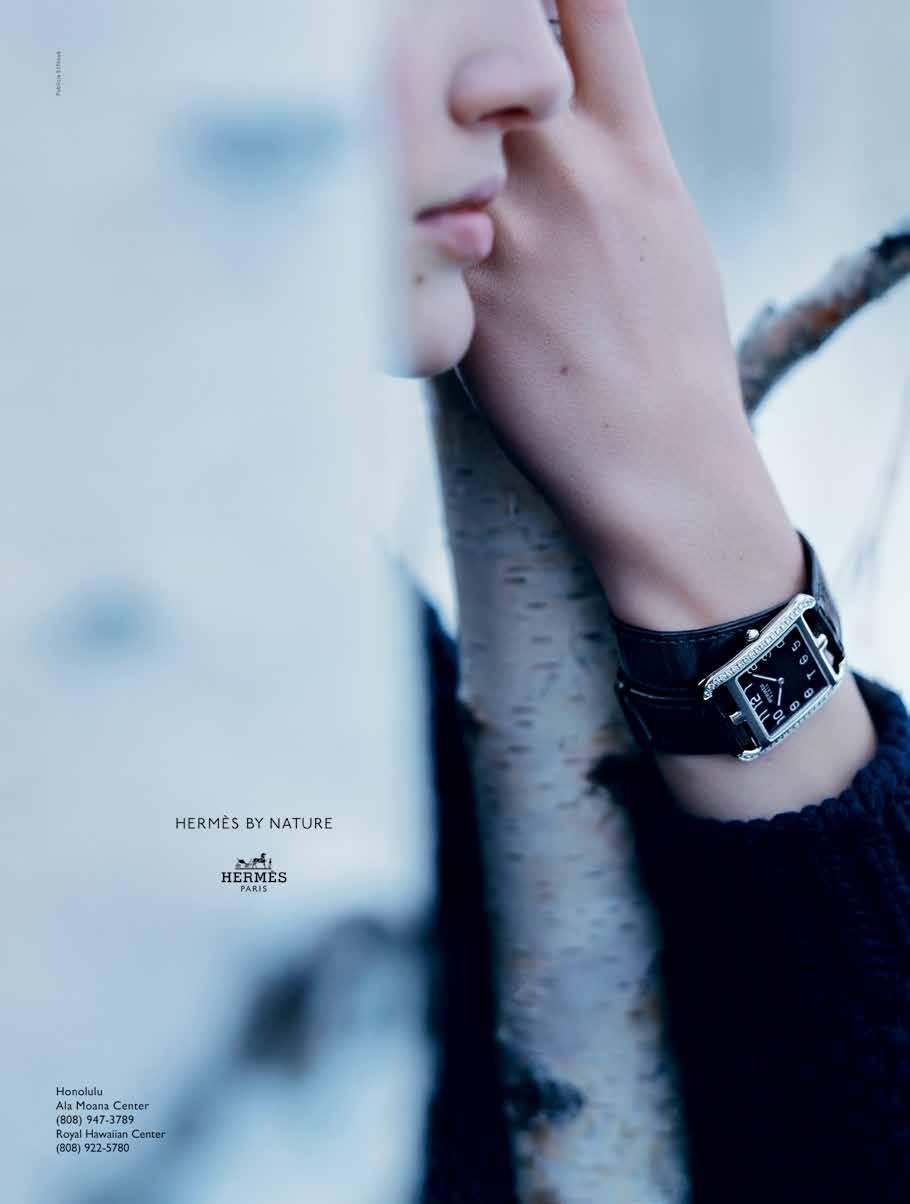

Take a trip around O‘ahu and blaze trails that ascend mountains and curve along oceans.
オアフ島を一周して 山を登り海に沿って曲線を 描くトレイルを歩こう
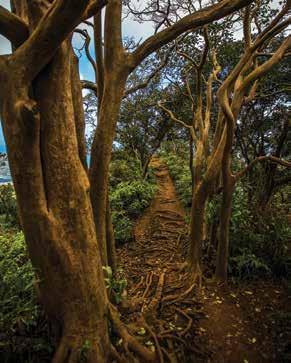
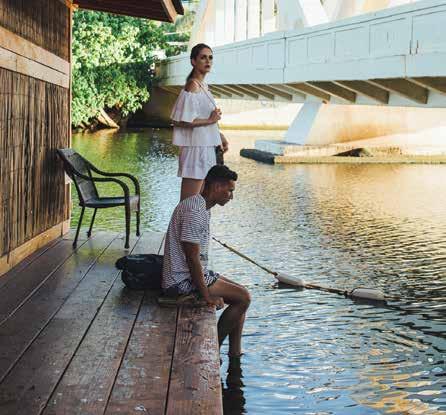
Of Palms and Poems
Botanical Escapes CITY GUIDES
for a Queen
Although O‘ahu’s North Shore is known for its world-class surfing, the charming towns of Hale‘iwa and Waialua offer an array of local delights.
世界有数のサーフィンで有名な オアフ島ノースショアのハレイワと ワイアルアは、地元の魅力溢れる街。
Itinerary: Waialua & Hale‘iwa 112
Explore: Kualoa Ranch 120
Explore: Hiking in Hawai‘i 128
Spotlight: Kelly Sueda 134
Spotlight: JK7 136
Halekulani Guide
ABOUT THE COVER:
On the cover is a detail of a palm from The Merwin Conservancy, one of the most comprehensive private palm collections in the world, founded on Maui by Poet Laureate W.S. Merwin. Guests of Halekulani will soon experience the magic of Merwin’s conservancy at the hotel, which will plant a replica garden as a tribute to the literary icon. Image by John Hook.
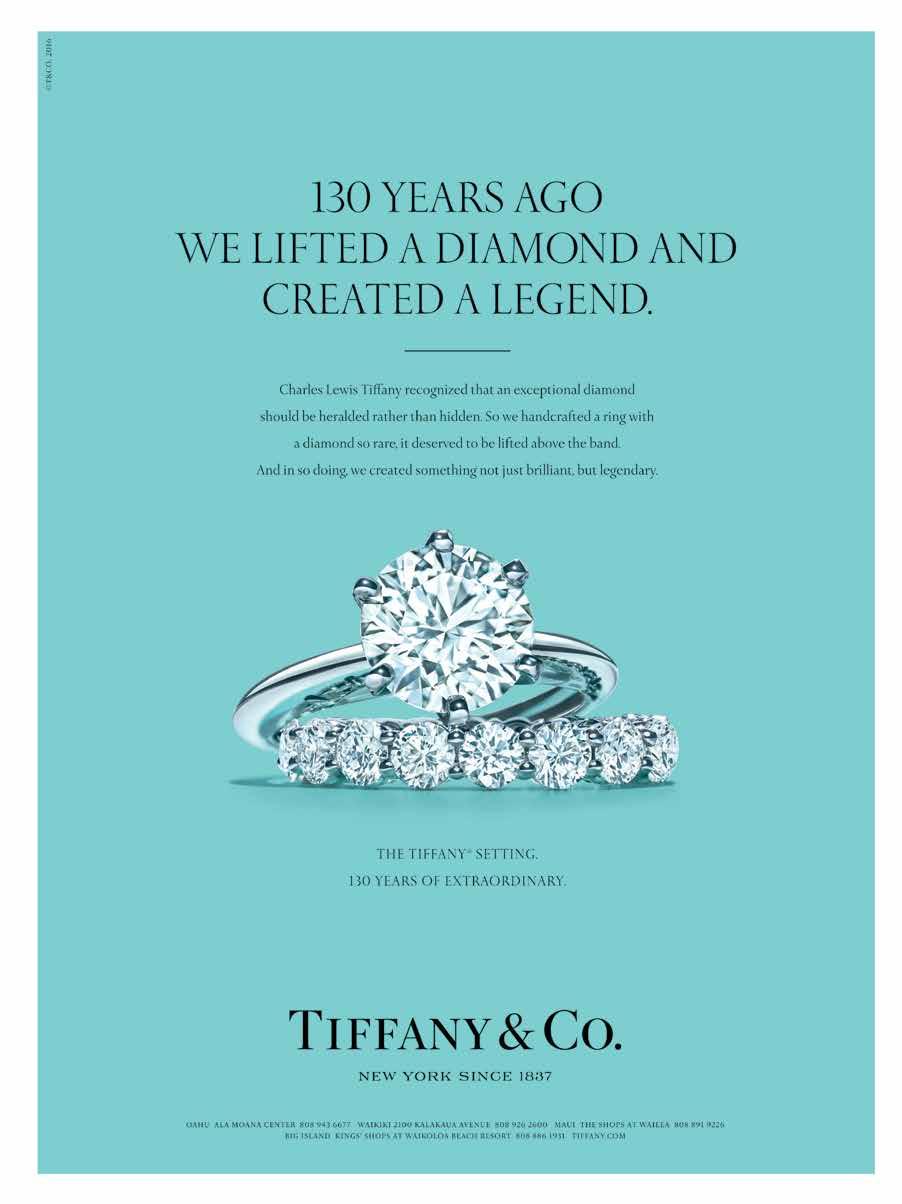
The Japanese art form of bonsai gets a Hawaiian treatment in the hands of Kahi Ching.
カヒ・チンさんの手によって ハワイ風にアレンジされた
日本伝統の盆栽
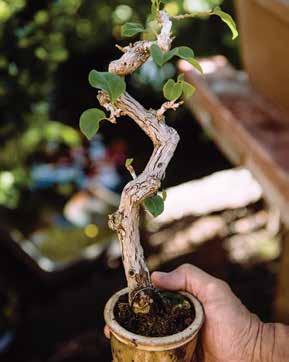
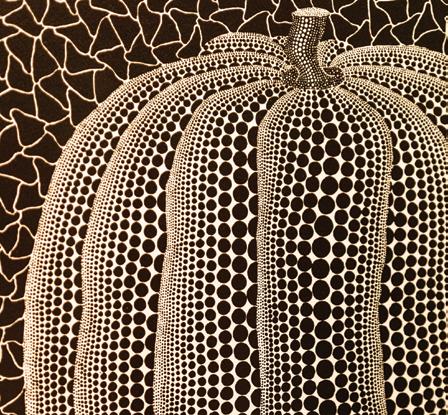
TABLE OF CONTENTS
目次
ARTS 20 ザ・タイムキーパー
32
ミニチュアマスター CULTURE 42 サトウキビ畑 50 椰子の木と詩 CUISINE
62
女王にふさわしく
76
新しい味の創造者たち EXPLORE 86 植物の癒し
CITY GUIDES
100
旅程:ワイアルアとハレイワ
112
探索:豊かな恵み
120
探険:ハイキング
128
スポットライト:ケリー・スエタ
134
スポットライト:JK7
136
ハレクラニ
Kelly Sueda’s artistic pursuits bring world-class works, including pieces by Yayoi Kusama, to the islands.
芸術を愛するケリー・スエダさ んは、草間彌生などの世界一流 のアーティストの作品をハワイ に持ち込んでいる。
カバー写真は、詩人のローリエット・W.S.マーウィン氏がマウイ島で始めた世界でもっとも包括的な椰子のプライベートコレクション「マーウ ィン・コンサーバンシー」の椰子の木。ハレクラニでは現在、マーウィンさんの椰子の林のレプリカを造園し、「リビングシードバンク(生きた 種の貯蔵庫)」から採取した椰子の木を植えています。ジョン・フック氏撮影 ABOUT THE COVER: 表紙について:


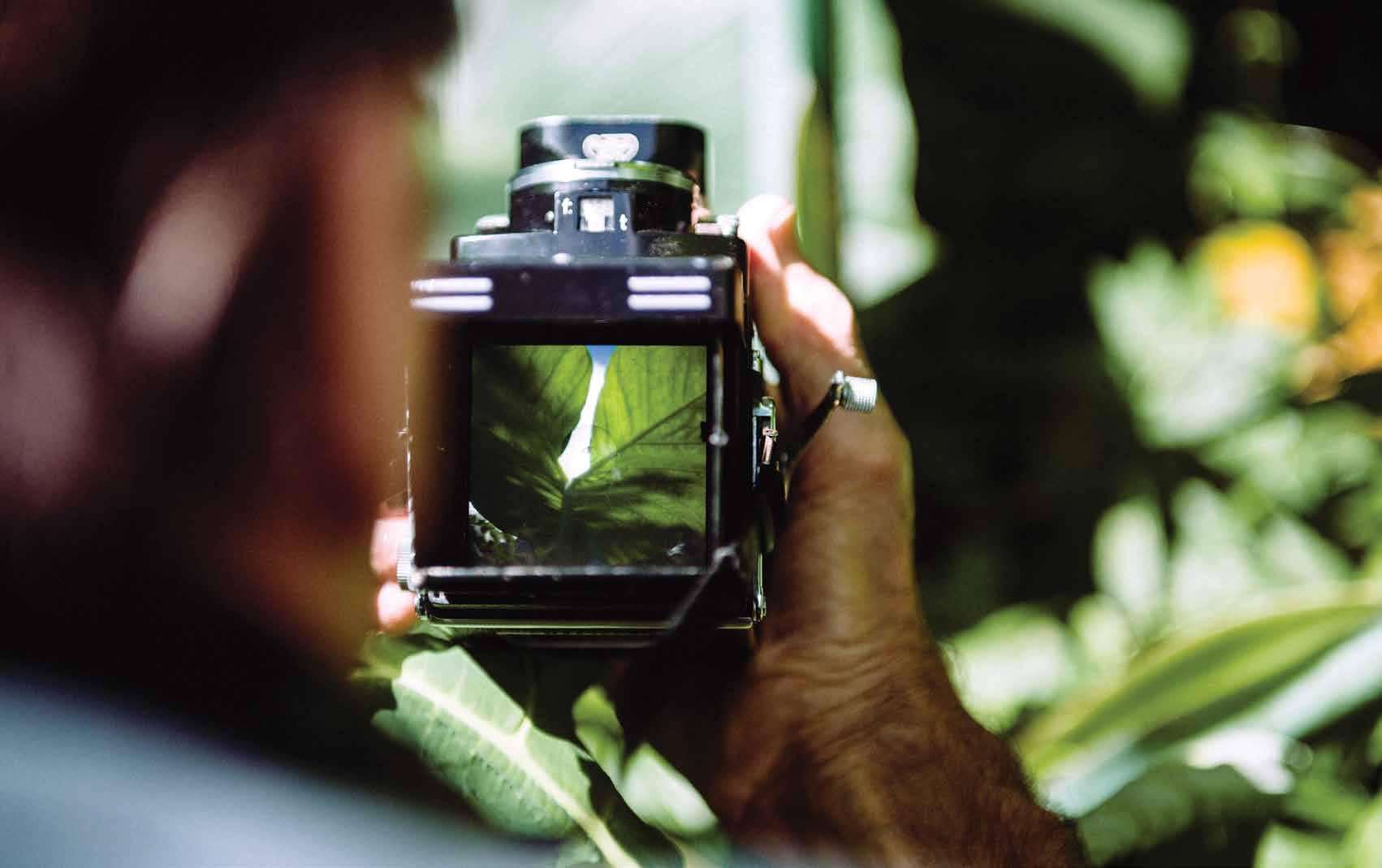

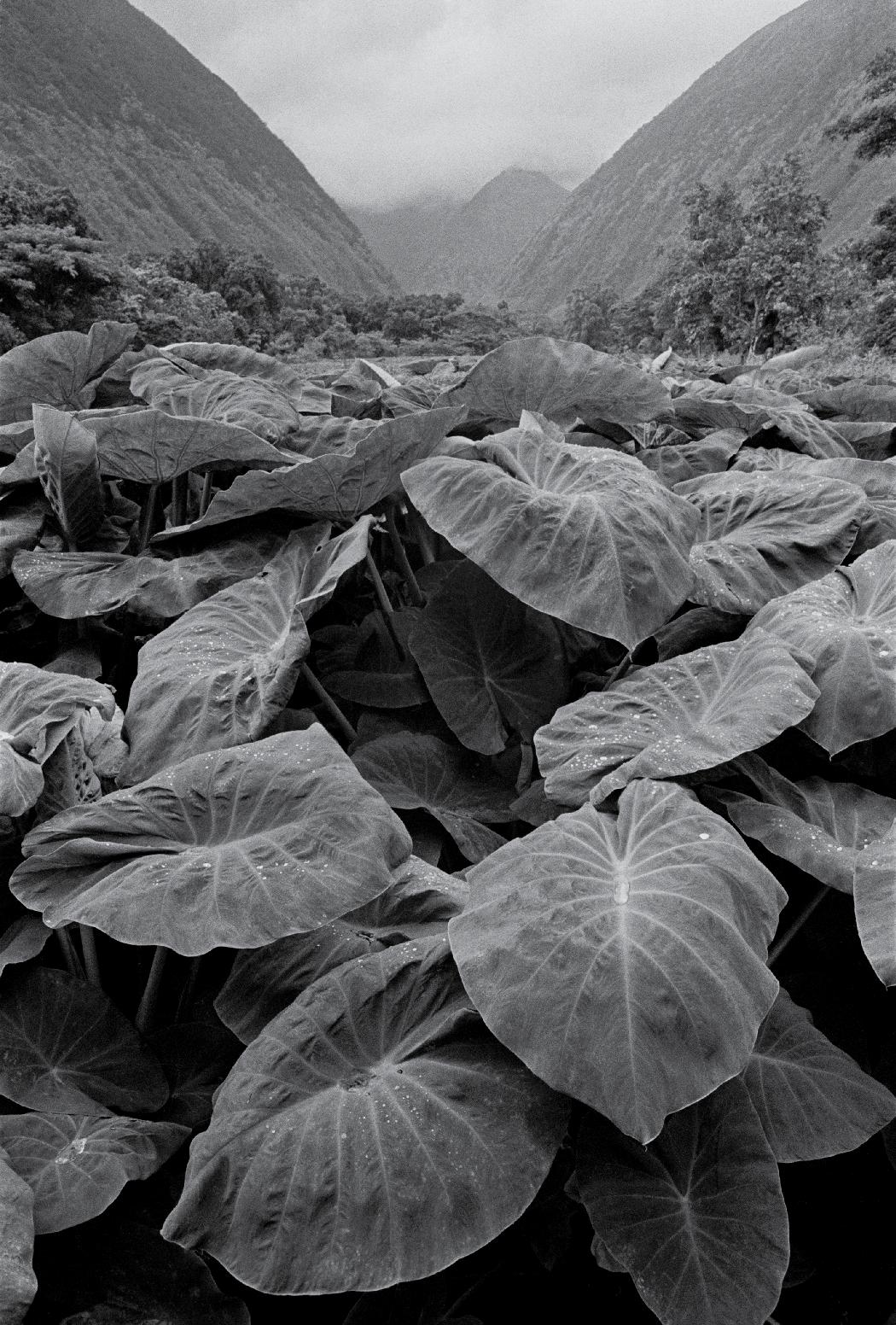 TEXT BY KELLI GRATZ
TEXT BY KELLI GRATZ
IMAGES COPYRIGHTED BY FRANCO
SALMOIRAGHIPORTRAIT IMAGES BY JOHN HOOK
文=ケリー・グラッツ
写真提供=フランコ・サルモイ ラーギ
肖像写真=ジョン・フック
THE TIME KEEPER
ザ・タイムキーパ
For nearly five decades, photographer Franco Salmoiraghi has documented important moments, daily life, and disappearing sights in Hawai‘i.
50年近くにわたりハワイの失われつつある光景や重要な出来事、日常を記録したフランコ・サルモイラーギさんの写真
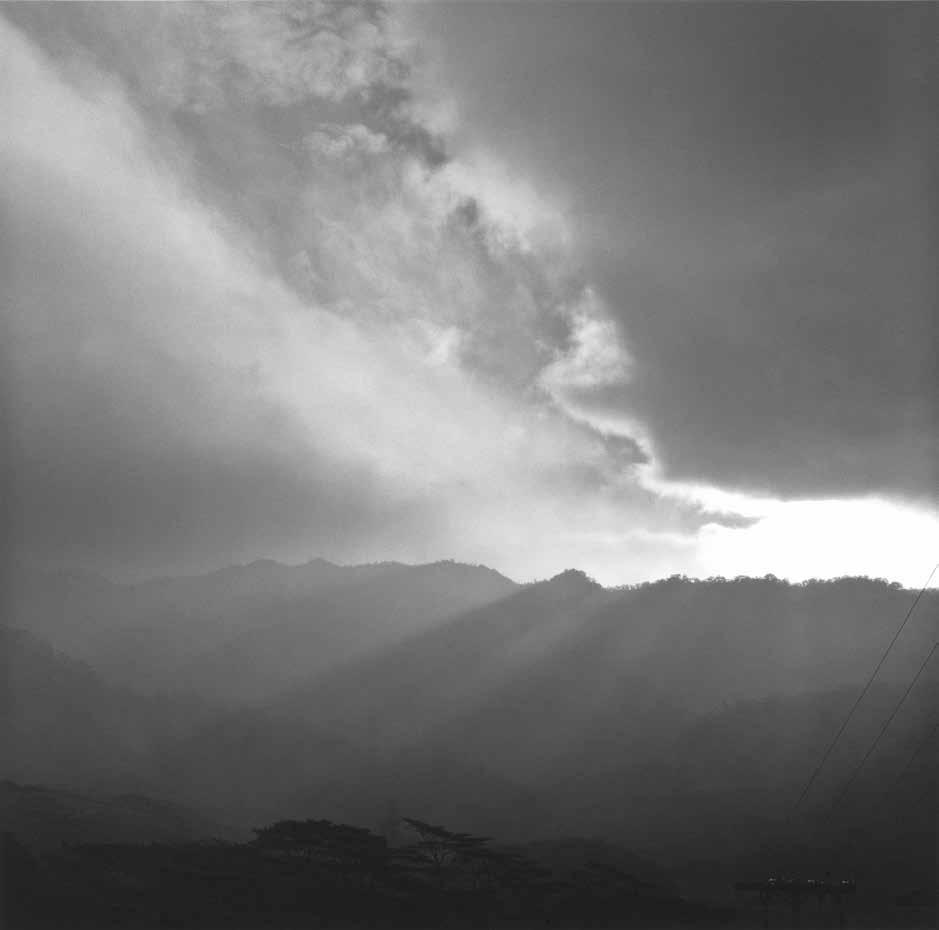
Franco Salmoiraghi’s images have documented landings by Native Hawaiian activists, who are shown right leaving Hakioawa Bay on Kaho‘olawe in 1993, as well as landscapes of Waipi‘o Valley on Hawai‘i Island and Mānoa Valley on O‘ahu, shown on previous pages.
ネイティブハワイアン活動家の カホオラヴェ島への上陸風景( 右)やカウアイ島のワイピオ渓 谷、オアフ島のマノア渓谷(前ペ ージ)を撮影したフランコ・サル モイラーギさんの写真
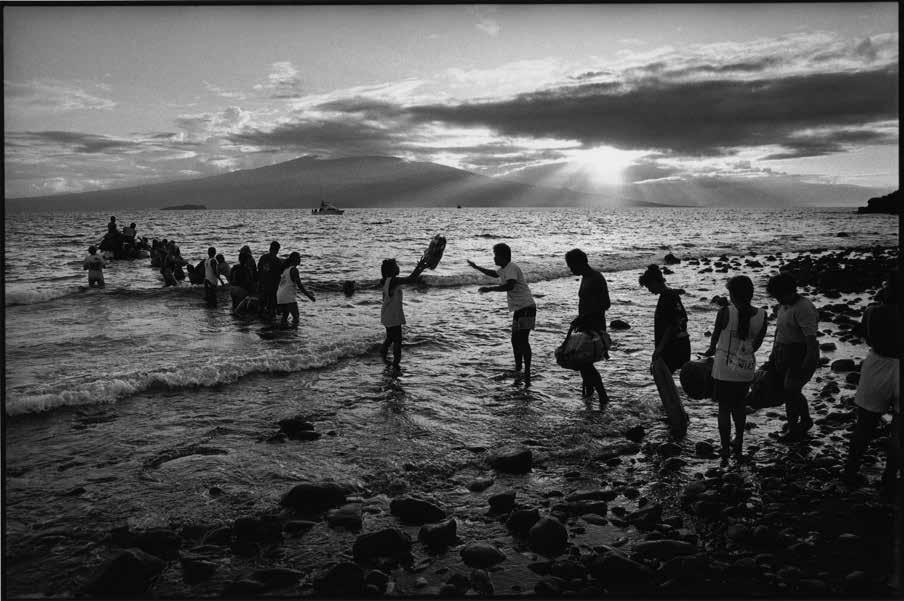
The year was 1968. Italian-American photographer Franco Salmoiraghi had just arrived in Hawai‘i, the island air hot with protests erupting across the state. He had accepted a position teaching photography at the University of Hawai‘i at Mānoa, where he remained for three years, but the demonstrations enthralled him. In the mid-1970s, and for the next three decades, when Native Hawaiian activists arrived on the shores of Kaho‘olawe in an effort to halt target bombings conducted by the U.S. Navy, Salmoiraghi’s stark, black and white images memorialized the landings on and desolation of the isle. When protestors staged a sit-in at the sacred site Wao Kele O Puna on Hawai‘i Island, he photographed the demonstrators disputing the development of a planned geothermal plant in his signature monochromatic style.
Long before the advent of digital cameras, Salmoiraghi’s images provided a visual diary of Hawai‘i, and they continue to evoke raw feelings long after the moments they depict have passed. The pioneering lensman was one of the first “street
それは1968年のことだった。イタリア系アメリカ人の写真家、フランコ・ サルモイラーギさんがハワイに来て間もなく、ハワイ州ではあちこちで 激しい抗議行動が起こっていた。ハワイ大学マノア校で教職に就き、3 年間写真を教えていた彼は、その間、このデモの光景が心に焼き付い て離れなかったという。サルモイラーギさんは70年代半ばから30年間 にわたり、カホオラヴェ島で米国海軍が行っていた爆撃演習を阻止す るため、島に上陸するネイティブハワイアンの活動家たちと荒廃した島 の様子を鮮烈なモノクロ写真で記録してきた。また彼は地熱発電所の 建設計画に反対する活動家たちがハワイ島の聖地であるワオケレオプ ナで座り込みの抗議をした時の様子も、独自のスタイルのモノクロ写真 で撮影している。
デジタルカメラが出現する以前から、サルモイラーギさんの写真はハ ワイの日常を捉えてきた。彼の写真は撮影された瞬間から長い年月が 経っているにも関わらず、生々しい感情を呼び起こす。カメラマンのパイ オニアでハワイ初のストリートフォトグラファーの一人でもあった彼は、 日常的な物事や風景を記録に収め、親近感や精神性や神秘を感じさせ る魅力的な写真を多く残してきた。彼の風景写真もハワイの歴史的瞬
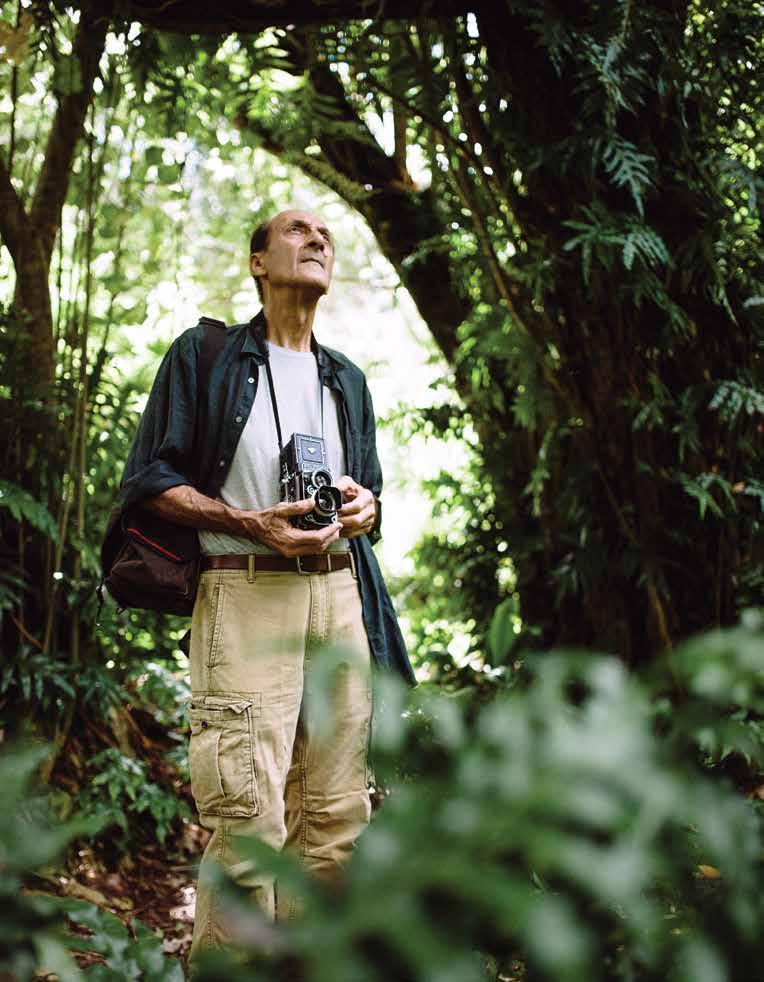
This pioneering lensman was one of the first “street photographers” in Hawai‘i, documenting everyday objects and turning them into visions conjuring intimacy, spirituality, and mystery.
カメラマンのパイオニアでハワイ初のストリートフォトグラファーの一 人でもあった彼は、日常的な物事や風景を記録に収め、親近感や精神 性や神秘を感じさせる魅力的な写真を多く残してきた。
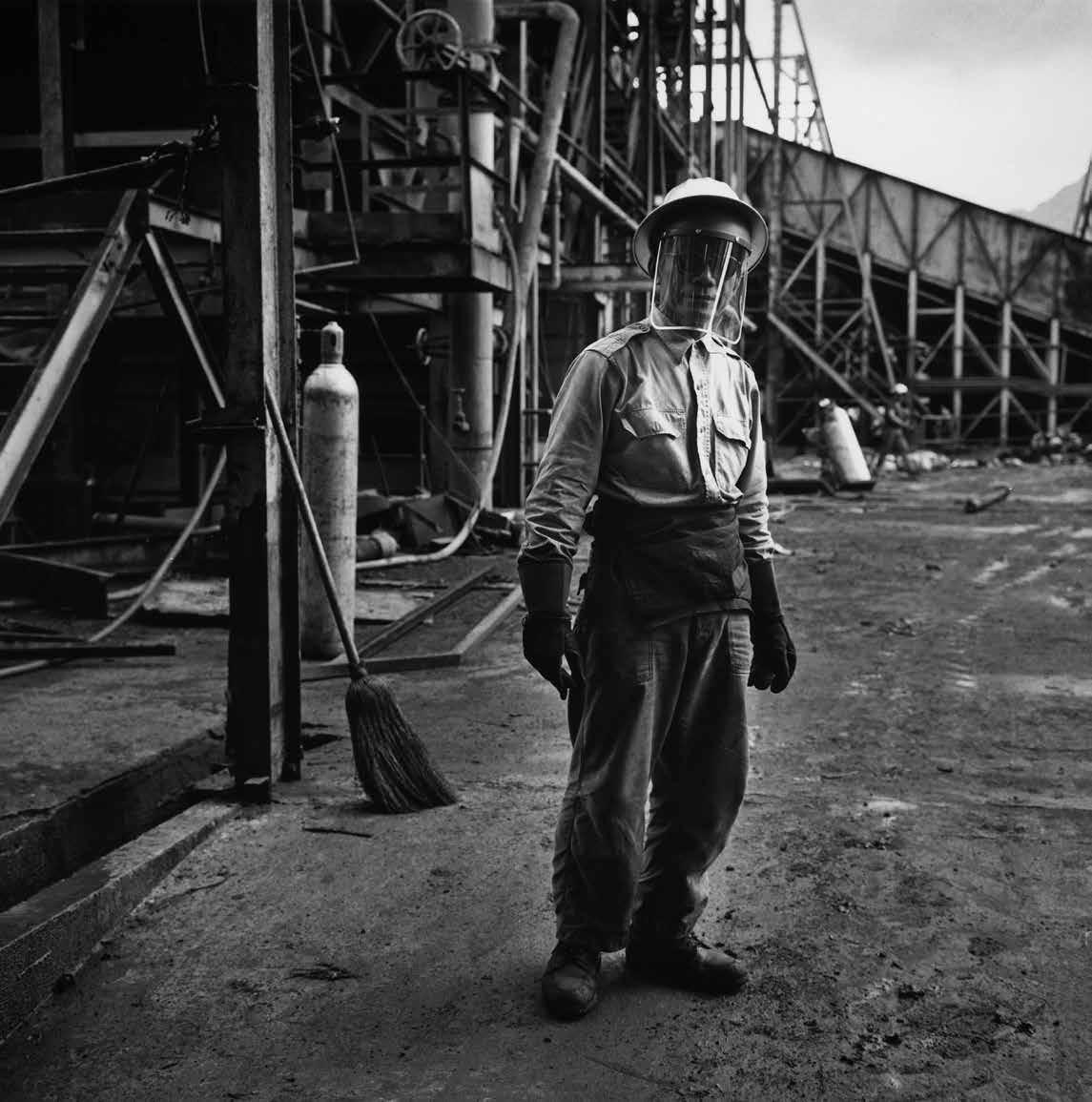
A man is shown in 1970 at Waialua Sugar Mill, which began Salmoiraghi’s 30 years of documenting Hawai‘i’s sugar industry.
Waialua sugarcane worker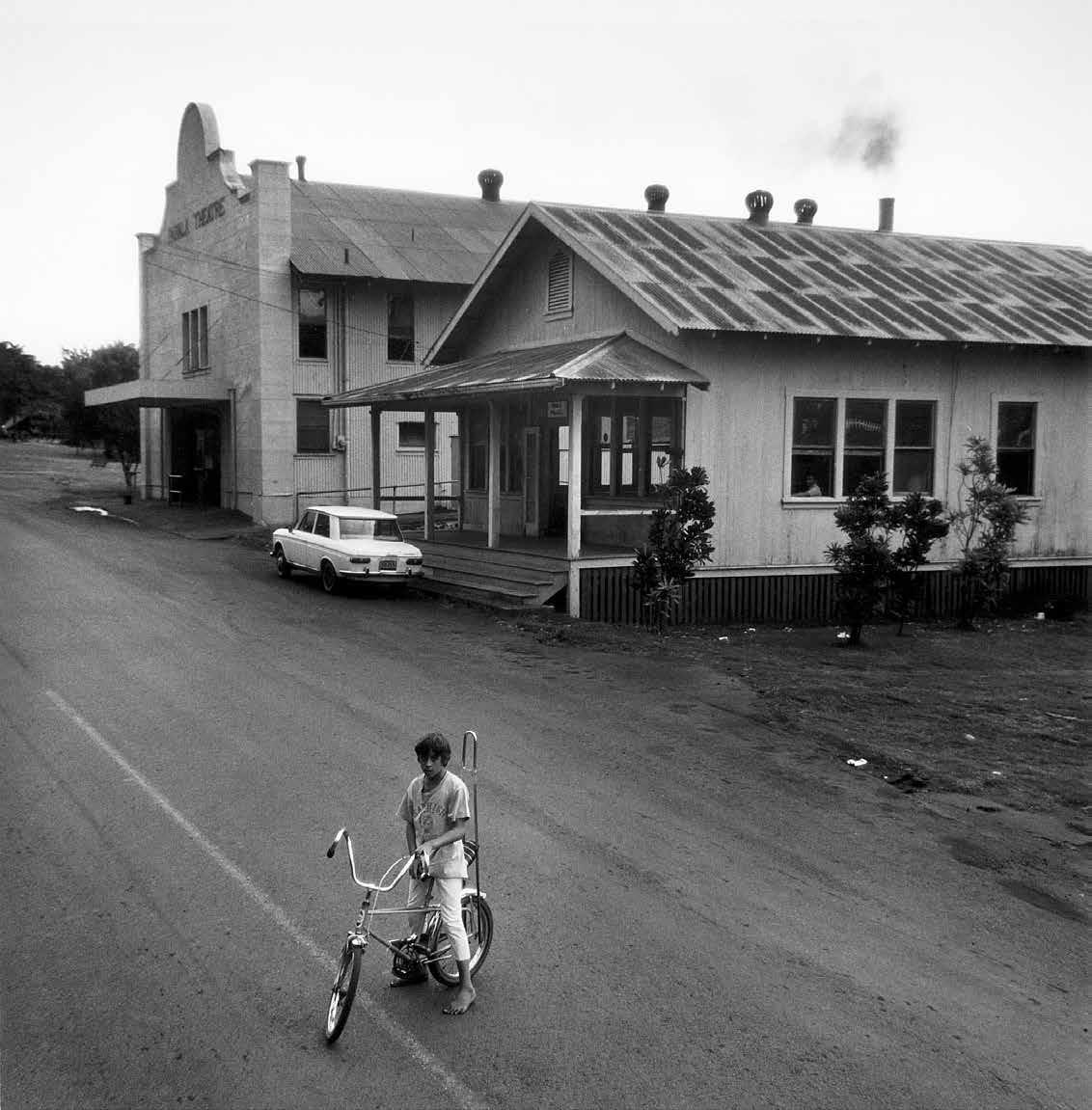
afternoon
Pahala Theatre A Saturday at the Pahala Theatre, photographed in 1972 on Hawai‘i Island.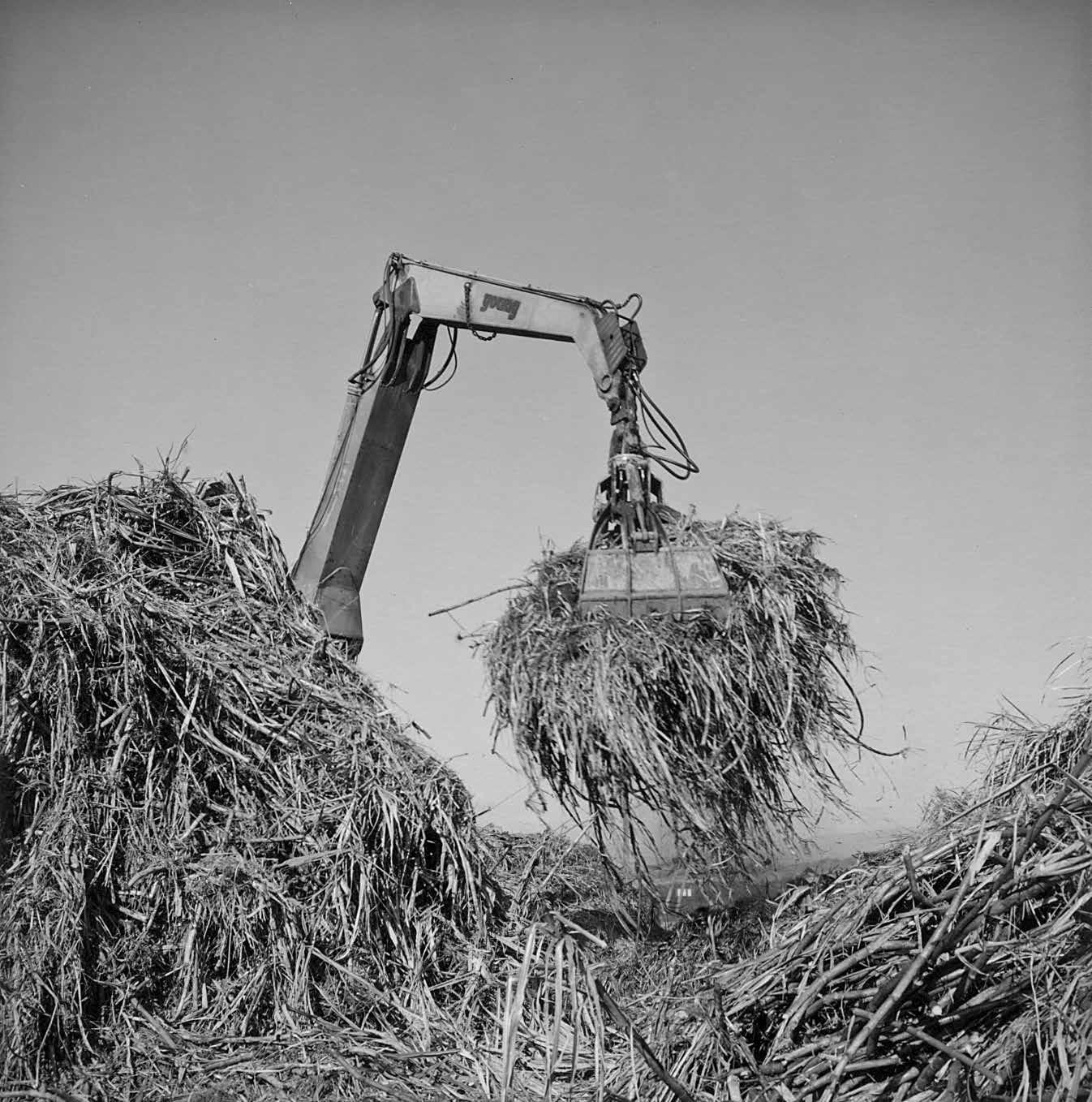
Crane piling sugar cane, photographed as part of Salmoiraghi’s documentary project, The Last Day’s of Ka‘u Sugar, in 1995.
Sugarcane in Ka‘u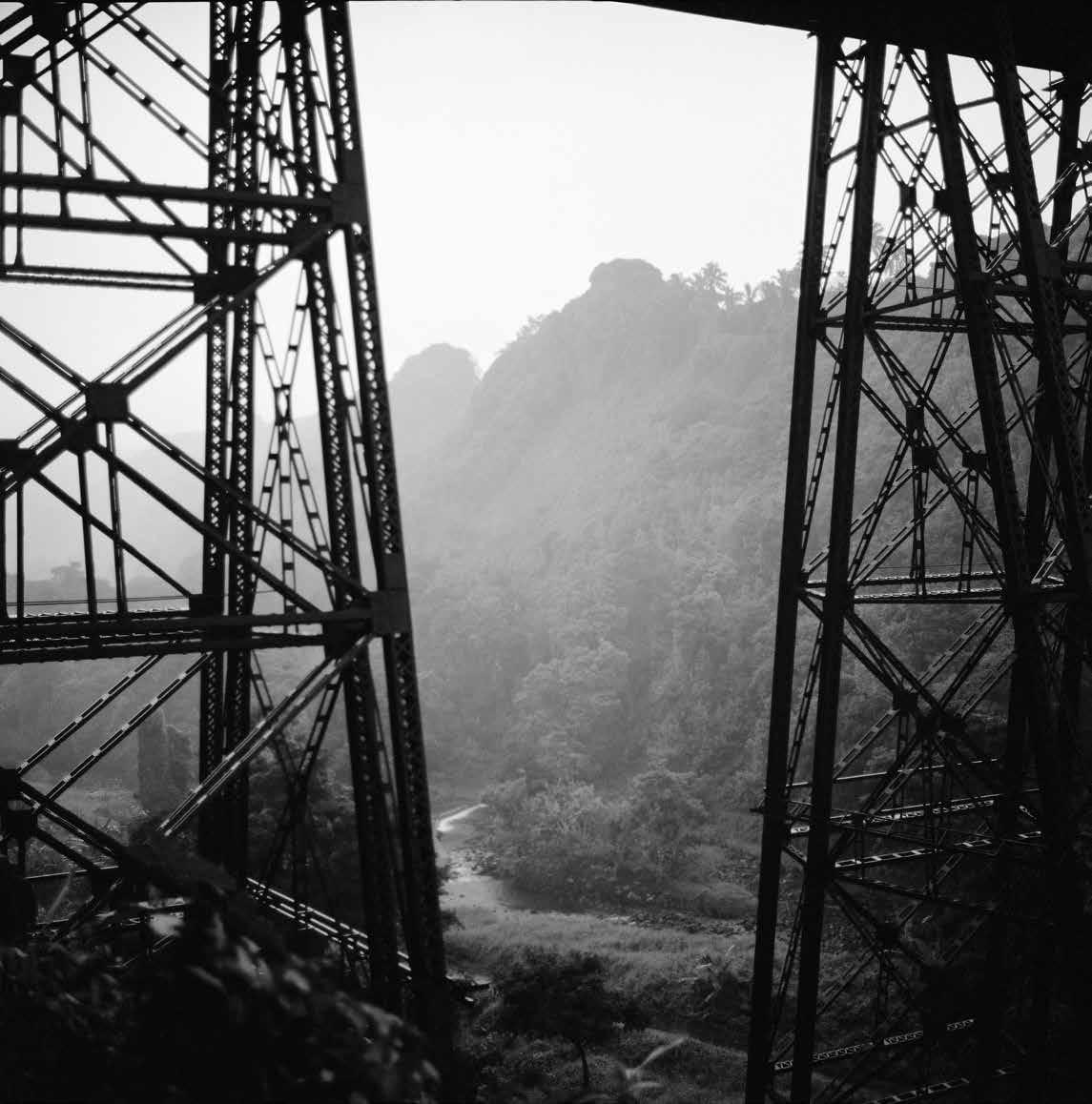 Hakalau Gulch
Photographed in 1996, Hakalau gulch bridge, originally built to carry sugar cane to shipping ports along the coast, now supports a two-lane concrete highway.
Hakalau Gulch
Photographed in 1996, Hakalau gulch bridge, originally built to carry sugar cane to shipping ports along the coast, now supports a two-lane concrete highway.
Introduced to photography by a family friend, Salmoiraghi has enjoyed the ability to be the silent observer behind the lenses of his favorite cameras, from Leica to Rolleiflex.
家族の知人から写真を教わっ たサルモイラーギさんは、ライカ やローライフレックスといった お気に入りのカメラのレンズの 影で静かな傍観者になれること を楽しんだ。
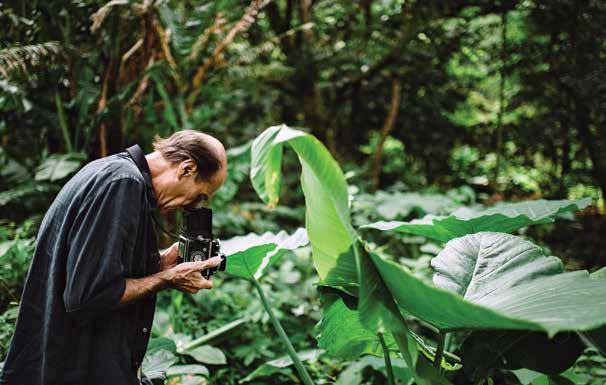
photographers” in Hawai‘i, documenting everyday objects or scenes and turning them into otherworldly visions that conjure intimacy, spirituality, and mystery. Like his documentary work, which records important occasions in Hawai‘i’s history, his landscape images honor sacred sites—some of which no longer exist today—like the spring-fed pool Queen’s Bath in the Hawai‘i Island area of Kalapana, the historic fishing village that was engulfed in lava from Kīlauea volcano.
Along with the embattled subjects of his work, many of Salmoiraghi’s photographs simply depict Hawai‘i as it was. An amalgam of cultural ceremonies, urban scenes, and storied places of Hawai‘i make up the bulk of his collection. “This is where my passion has been,” he says. “I would call this series, ‘An Other Hawai‘i.’ So different than the usual tourist work done about Hawai‘i. Every single image has a story, and I need to write that story.”
Born in Herrin, Illinois, Salmoiraghi was introduced to photography by a family friend who worked for The Southern Illinoisan newspaper. Early on, he enjoyed the ability to be the silent observer behind the lenses of his favorite cameras, from Leica to Rolleiflex. This led him to pursue photojournalism at Southern Illinois University. His first job after graduating was with United Press International as
間を記録したドキュメンタリー作品と同様に聖なる場所への敬意の念 を感じさせる。その中には今では存在しない場所もある。ハワイ島のキ ラウエア火山の溶岩に飲まれて消えた古い漁村、カラパナにあった湧 き水の池の「クイーンズバス」もその一つだ。
彼の作品は様々な問題をテーマにしているが、当時のありのままの ハワイ文化を描写している作品も多い。彼のコレクションの大半が、ハ ワイの伝統儀式や都会のストリート写真、ハワイの伝説で語られる場 所などで形成されている。サルモイラーギさんは、「これらは私にとって 大切な写真です。このシリーズに名前をつけるとしたら『未発表のハワ イ』と呼ぶでしょう。旅行者向けのハワイの写真とは全く違って、写真一 枚一枚にストーリーがあります。私はそのストーリーを書く必要があり ます」と語る。
イリノイ州ヘーリンに生まれたサルモイラーギさんは、南イリノイ新 聞に勤めていた家族の知人から写真を教わった。当初は、ライカやロー ライフレックスといったお気に入りのカメラのレンズの向こうから静か に観察できることを楽しんでいた。その後、南イリノイ大学でフォトジャ ーナリズムを専攻し、卒業後はニューヨーク市のデイリーニュースビル に入っていたユナイテッド・プレス・インターナショナル社でキャプテン ライターとして働いた。まもなく会社を辞めてヨーロッパを旅して巡り、 フリーランスカメラマンとしてスウェーデンで1年間働いた後、オハイオ 大学で写真の美術学修士号を取得。50年代から60年代にかけて日本
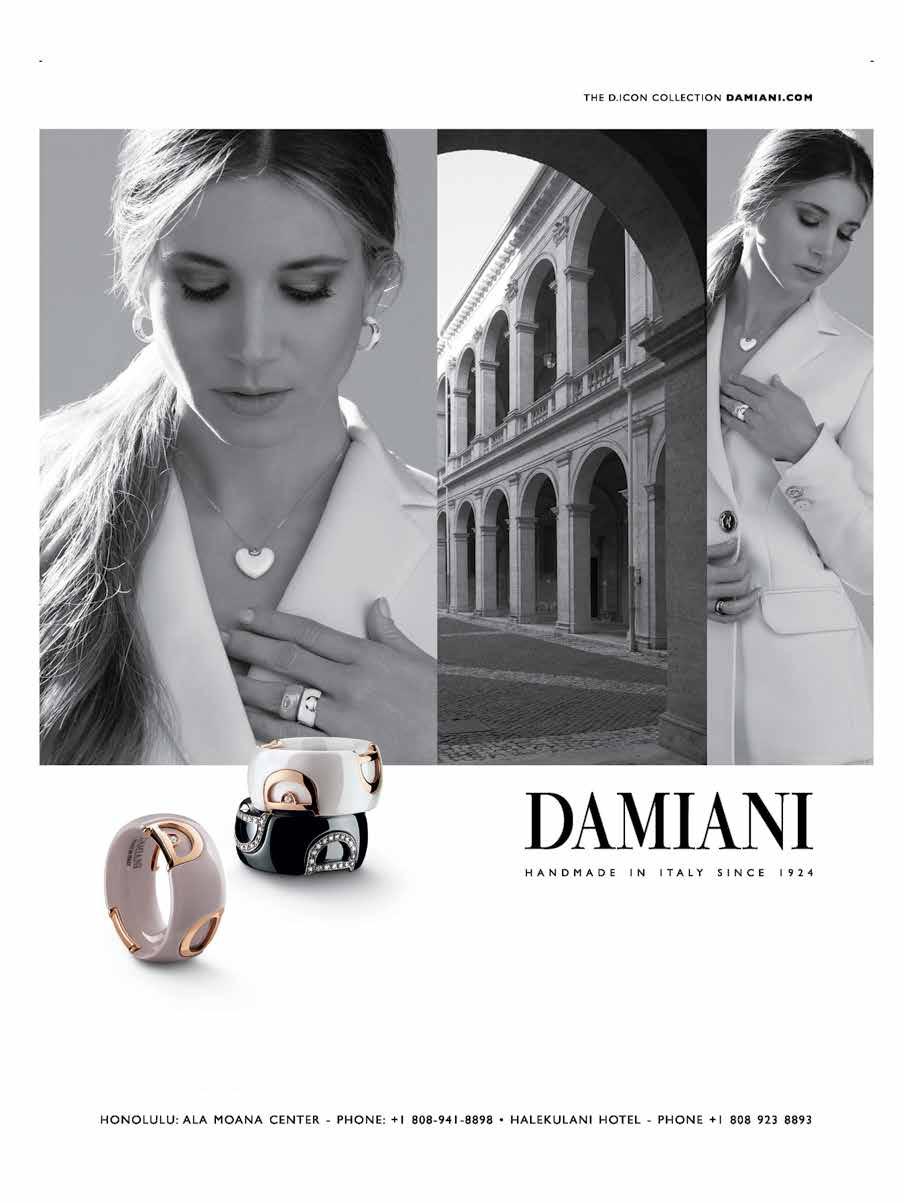

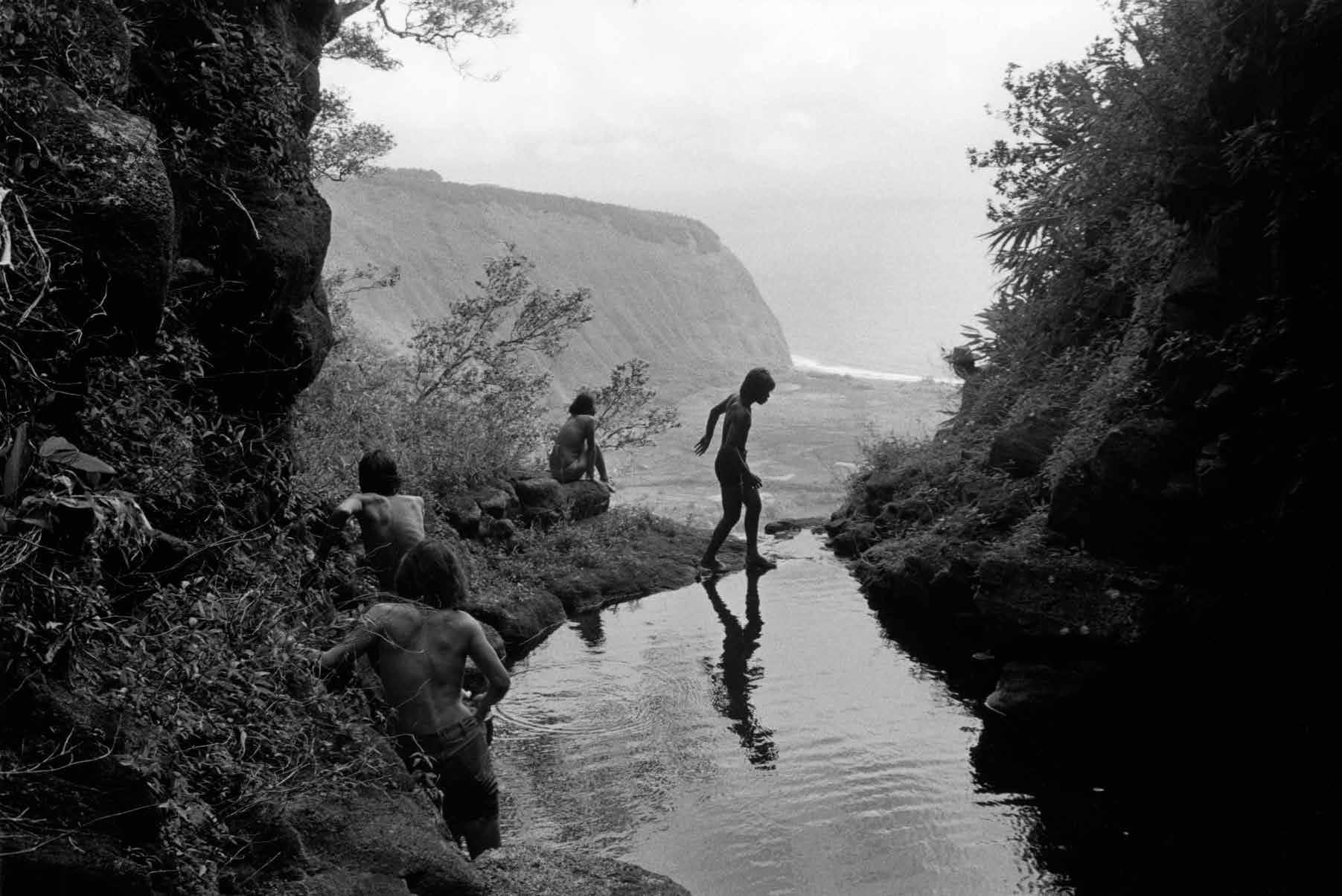

Long before the advent of digital cameras, Salmoiraghi’s images provided a visual diary of Hawai‘i, and they continue to evoke raw feelings long after the moments they depict have passed.
Shown here, youths hiking above Hi‘ilawe Falls in Waipi‘o Valley on Hawai‘i Island, 1974“The work I’ve done—the 28 years photographing Kaho‘olawe, the 35 years of Hawai‘i’s sugar industry, or my travel experiences—all of it, it’s priceless,” says the 74-year-old Salmoiraghi.
Shown right is a photograph from 1970 of Dawn’s Place, the first fast food in the sugar town of Wailua on O‘ahu’s North Shore.
「カホオラヴェの28年間やハワ イの砂糖産業の35年間を記録 した写真、それに私のこれまで 旅した全ての経験はかけがえの ない財産です」と74歳のサルモ イラーギさん。
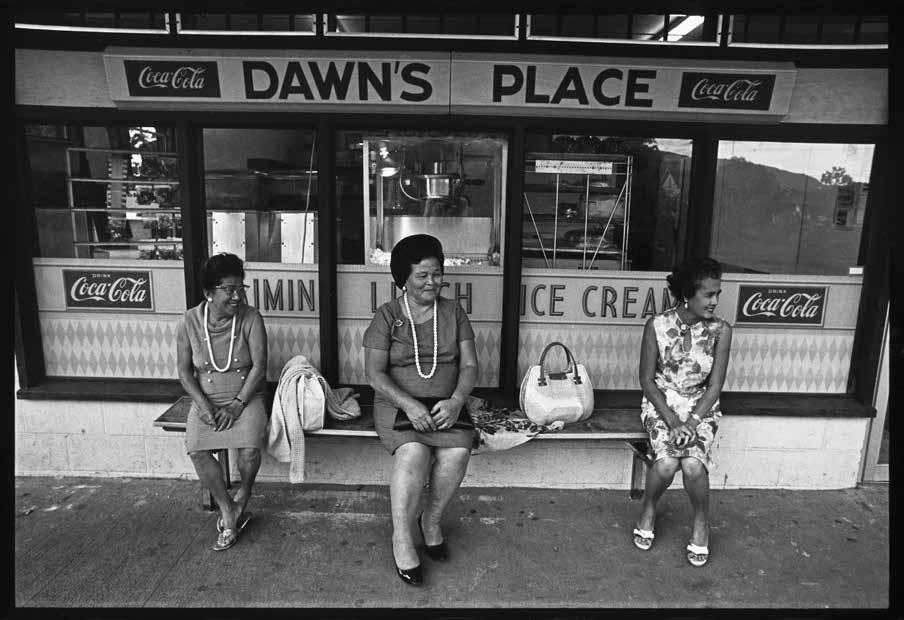
a caption writer in New York City, but he soon quit to roam around Europe, working as a freelance photographer in Sweden for a year before obtaining a master of fine arts degree in photography from Ohio University. Influenced by the way Japanese and newwave European filmmakers presented the world in the ’50s and ’60s, utilizing experimental documentary styles that rejected storytelling tropes, he developed his distinct style, honing it in Hawai‘i. Now, after nearly 50 years of working as a freelance photographer for various media in Hawai‘i and around the world,, Salmoiraghi is looking to catalogue his lifetime’s work at a university or other institution so that the public can remember scenes that may otherwise be forgotten.
“The work I’ve done—the 28 years photographing Kaho‘olawe, the 35 years of Hawai‘i’s sugar industry, or my travel experiences—all of it, it’s priceless,” the 74-year-old says. “I got to see so many things that were virtually inaccessible, and I consider it a gift.”
Salmoiraghi’s collection of photographs act as a fault line, like those found on Hawai‘i Island—stark visuals revealing a significant past, and an uncertain future.
For more information, visit francosalmoiraghi.com.
や前衛的なヨーロッパの映画製作者たちが世界でデビューした比喩 的な語りを一切取り入れない試験的なドキュメンタリー手法のシネマ に影響を受けた彼は、独特の撮影スタイルを生み出しハワイでその腕 に磨きをかけた。これまで50年近くフリーランスカメラマンとして、ハワ イをはじめ世界中の様々な媒体の仕事を続けてきたサルモイラーギさ ん。今後は大学やその他の団体で生涯の作品の目録を作成し、一般に 公開することで人々の記憶から忘れ去られてしまった光景を蘇らせるこ とができればという。
「カホオラヴェの28年間やハワイの砂糖産業の35年間を記録した 写真、それに私のこれまで旅した全ての経験はかけがえのない財産で す。普通なら立ち入りできない場所や出来事を多く目にすることができ た私はとても恵まれていたと思います」と74歳のサルモイラーギさんは 言う。彼の写真コレクションはまるでハワイ島にある断層のように、 鮮明な画像で大切な過去と不確かな未来を映し出している。
詳しくは、francosalmoiraghi.comまで。
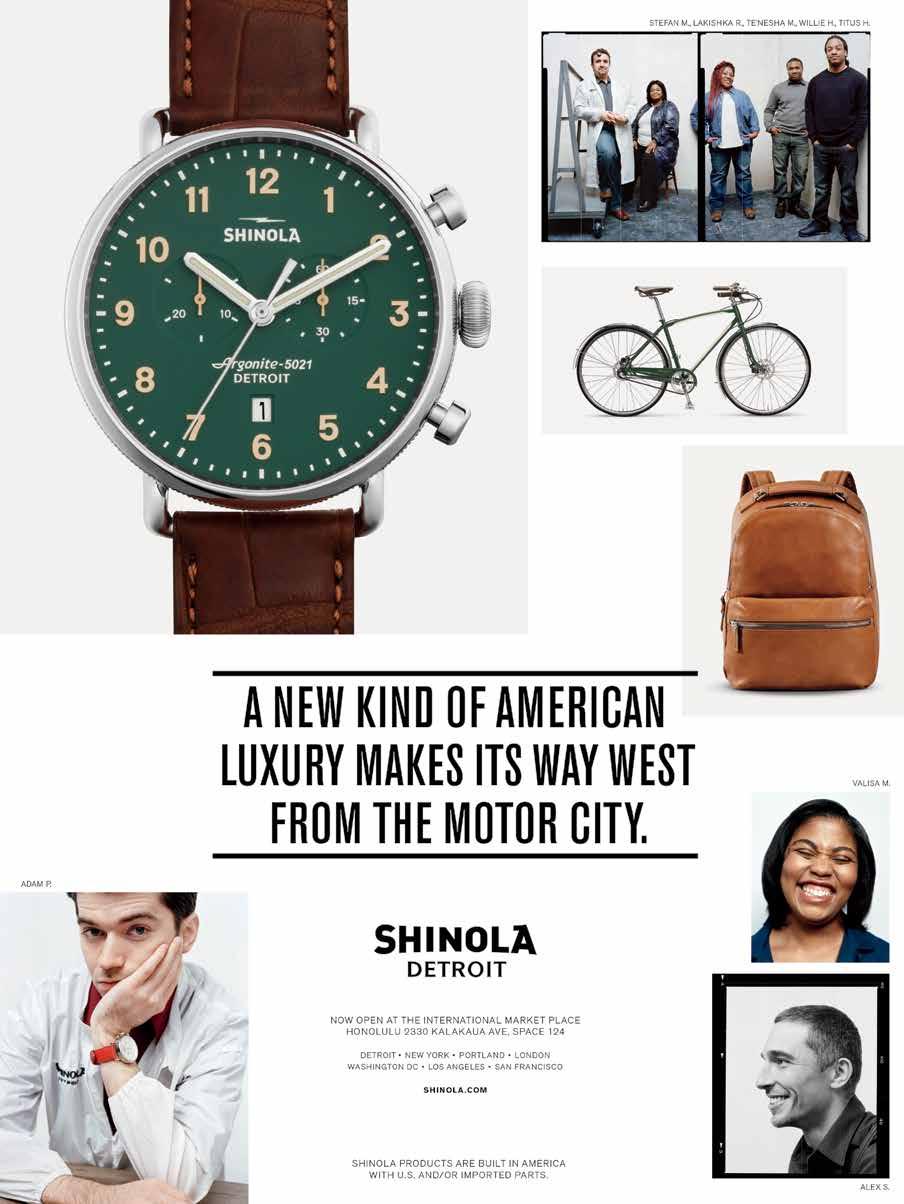
 TEXT BY SONNY GANADEN
IMAGES BY JOHN HOOK
TEXT BY SONNY GANADEN
IMAGES BY JOHN HOOK
文=ソニー・ガナデン
写真=ジョン・フック
At his home in the Mō‘ili‘ili neighborhood of Honolulu, Kahi Ching prunes more than 150 bonsai plants ranging in size from 2 inches to 10 feet.
カヒ・チンさんはホノルルの
モイリイリにある自宅で、 5センチから3メートルほどの 150以上の盆栽の剪定をする。
MINIATURE MASTER
ミニチュアマスター
The Japanese art form of bonsai gets a Hawaiian treatment in the hands of Kahi Ching.
カヒ・チンさんの育てるハワイ流盆栽
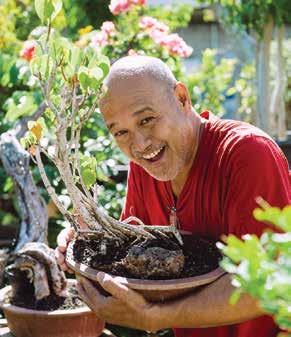
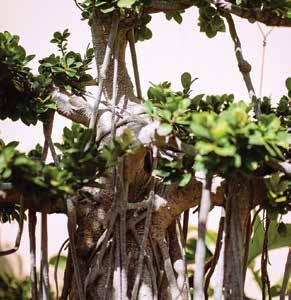
Kahi Ching works in the bonsai garden fronting his home, before the sun floods the scene with tropical heat and forces a lunch break. The rumbling of the H-1 Freeway echoes through the valley of apartment buildings in the Mō‘ili‘ili neighborhood of Honolulu. “People say, ‘Keep the Country Country,’ and that’s important, but I’m trying to make the town country, too,” Kahi says. “Seeing things growing makes people comfortable.” His garden, which is really a communal carport floored in gravel, hosts more than 150 bonsai ranging in height from 2 inches to 10 feet, and a variety of unfinished wooden sculptures. It looks like something out of a Hayao Miyazaki animation, as if the manicured plants and art pieces might escape their shackling containers and take a walk around the neighborhood.
Bonsai, or the art of growing trees ornamentally in pots, is more than 1,000 years old, having originated カヒ・チンさんは自宅前にある盆栽の並ぶ庭で、昼休みを取らずにいら れなくなるほど日差しが強く照りつける時間まで働く。ここはホノルル のモイリリ地区。アパートの狭間にH-1フリーウェイの騒音がこだます る。「『Keep the Country Country(田舎は田舎のままに)』というス ローガンをよく耳にする。それも大事だけど、僕は街も田舎のようにし たいと思っているのさ。人は何かが成長する姿を見ると心が落ち着くか らね」とカヒさんは言う。彼の庭、といっても実際は砂利の敷かれた共用 カーポートだが、そこには5センチから3メートルあるものまで、高さの 異なる150もの盆栽や未完成の木彫刻が並んでいる。宮崎駿のアニメ に出てきそうな丹念に手入れされたこれらの植物や芸術作品は、 足かせとなっている鉢から今にも逃げ出して近所を散歩しそうだ。 1,000年以上前の中国に起源を持つ盆栽は、禅仏教の影響下の日 本で盛んになった。ハワイは盆栽愛好家の人口に占める割合が全米の
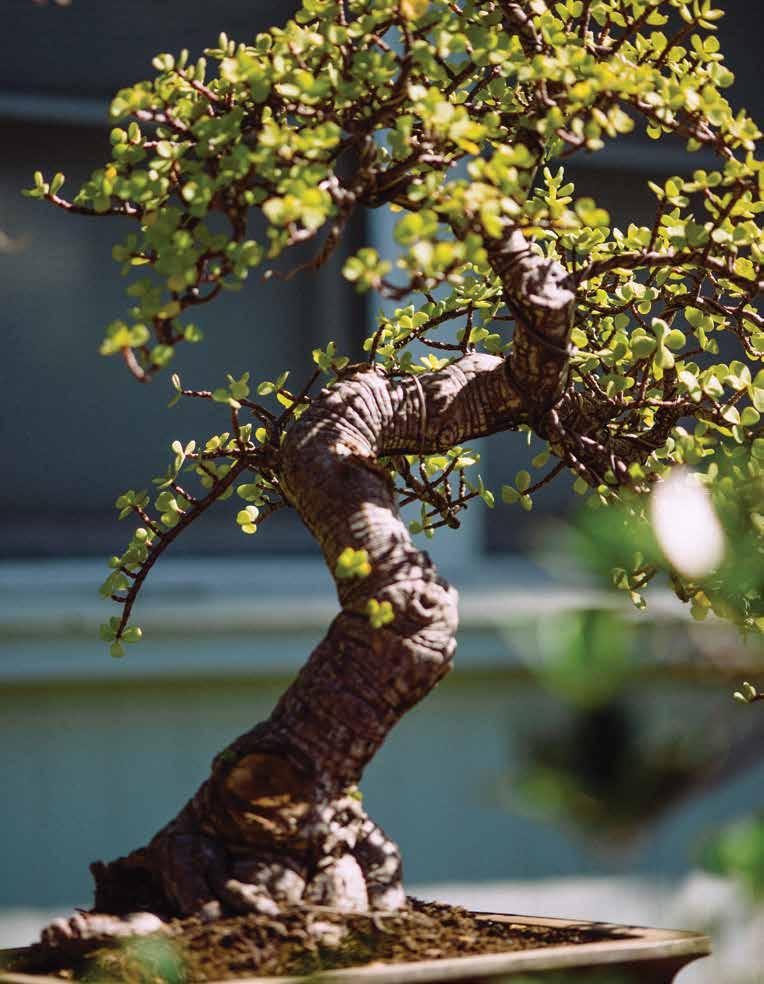
Kahi has developed his own Hawaiian version of bonsai that he calls umeke lā‘au, which involves working with plants endemic to Hawai‘i when possible, and using freeform aesthetics..
カヒさんは「ウメケ・ラアウ」と自ら命名し、できるだけハワイ原産の植物 を使用したハワイ流の盆栽を楽しんでいる。
For Kahi Ching, who has been tending plants since he was 5 years old, “trees are always telling stories.”
5歳の頃から植物の世話をして いるカヒさんは「どんな木も ストーリーを語っている」 という。
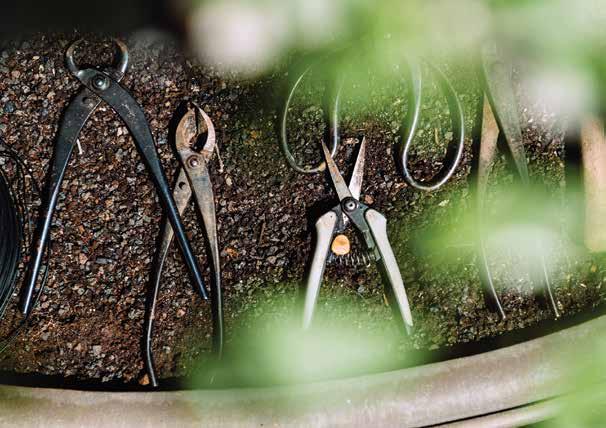
in China and been redeveloped under the influence of Zen Buddhism in Japan. Hawai‘i has more bonsai practitioners per capita than any other U.S. state, the result of a Japanese and Okinawan community engaged in the practice for more than a century on the islands, aided by the clean air, tropical sun, and regular rainfall. Today, its hobbyists are diverse, reflecting the population of the islands. “People told me that Hawaiians didn’t do bonsai—that they only tended to plants in the ground. But I’m not so sure of that,” Kahi says while hosting a tour of the endemic and invasive species he has miniaturized and manipulated. “Hawaiians had plants for everything, and they traveled with plants really far distances,” he continues, referring to the transoceanic voyages made by Polynesians with breadfruit, taro, bamboo, and sweet potato in tow.
Over the years, Kahi has developed his own Hawaiian version of bonsai, what he calls umeke lā‘au, which involves working with plants endemic to Hawai‘i when possible, and eschewing the constraints
どの州より多い。それはハワイで一世紀以上にわたり盆栽を栽培してき た日系人コミュニティのおかげであり、綺麗な空気と日当たりの良さ、 頻繁に降る雨もプラスの要因となっている。現在、盆栽を趣味とする人 たちは、多民族のハワイを象徴するかのように実に様々である。カヒさ んは栽培している固有種や外来種の盆栽を見せながら、「ハワイアンの 人たちは植物を地面でしか栽培せず、盆栽のように鉢で育てることは なかったという人もいるけど、僕はそうではないと思っている」と話す。 パンノキやタロイモ、竹、サツマイモを乗せたポリネシア人の大洋横断 航海について触れ、「ハワイアンはあらゆるものに植物を使っていたし、 彼らは植物と共にとても長い距離を旅していたからね」と続けた。 そんなカヒさんが長年かけて辿り着いたのが、彼が「ウメケ・ラアウ」 と呼んでいるハワイ流の盆栽だ。できるだけハワイ固有の植物を使用 し、日本の伝統的な盆栽の制約に縛られずにフリーフォームの美学を 追求しているという。彼の盆栽のほとんどが捨てられた木の枝や種子か ら栽培されたもので、解体現場から拾ったものもある。5歳の頃から植 物の世話をしているカヒさんは、「どの木にもストーリーがあって、吹き さらしのエリアにある木は一定の方向に傾くし、乾燥した地域で育った
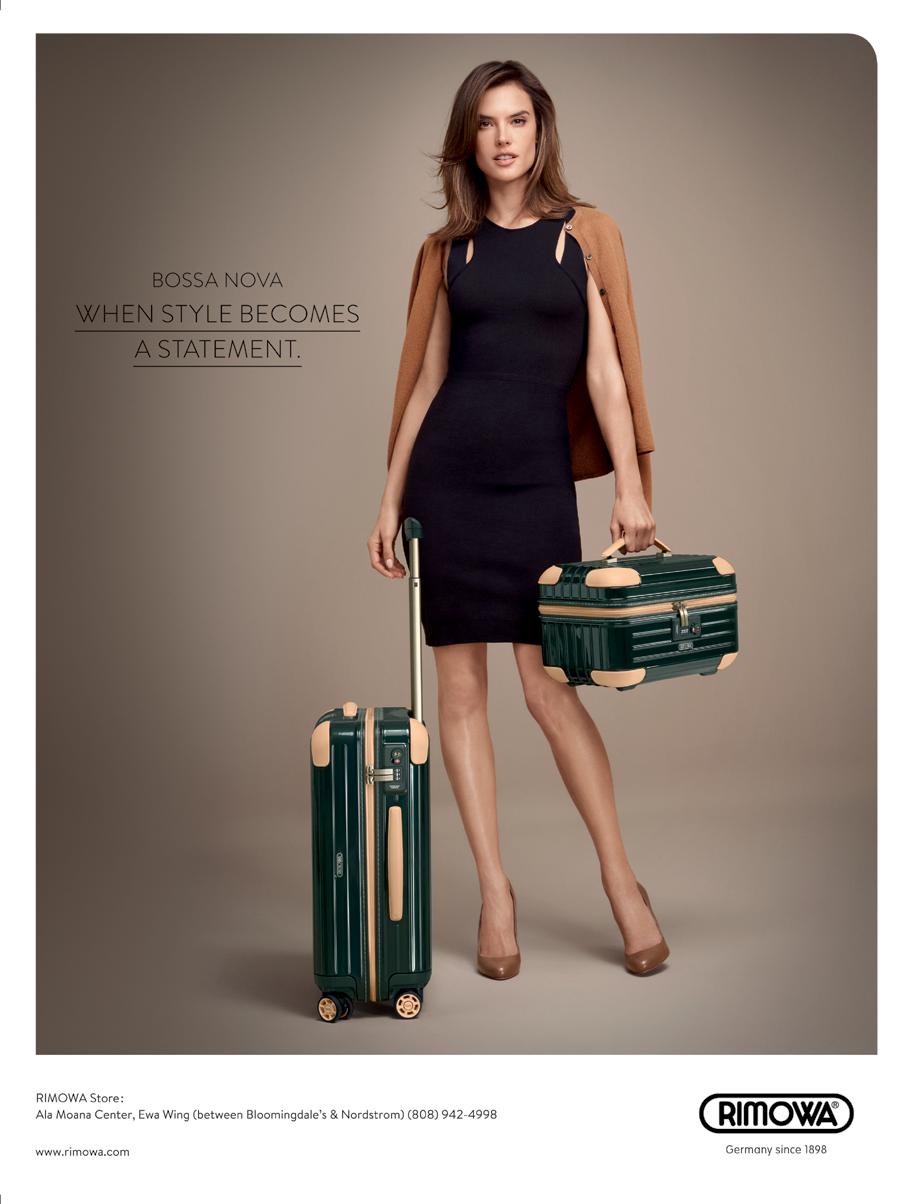
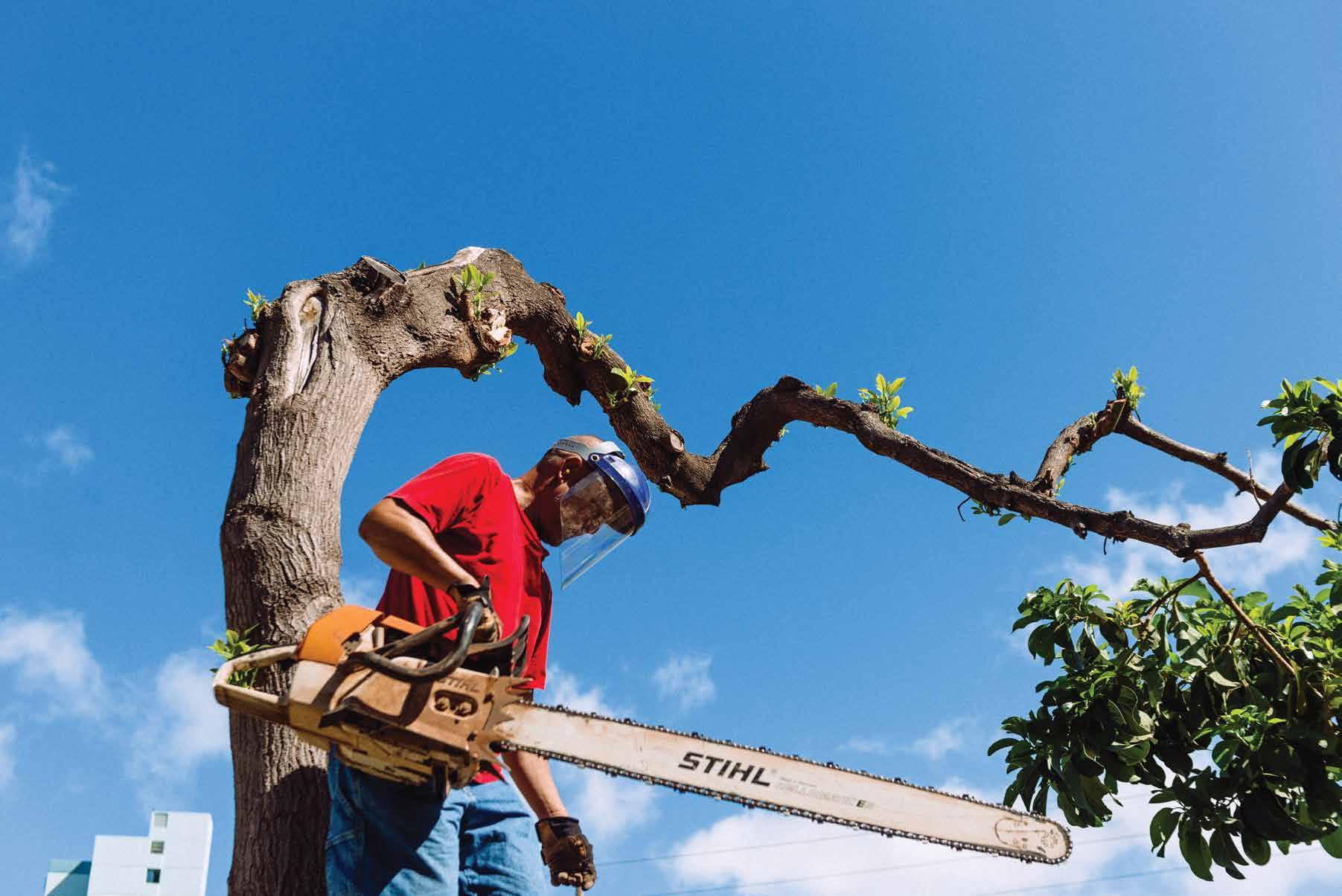
Kahi Ching maintains a teenage energy, bounding through ideas ranging from horticulture to politics to the relationship between oceanic travel and space travel.

of traditional Japanese bonsai in favor of freeform aesthetics. Most of his trees come from seeds or trimmings that have been discarded. Others are saved from demolition sites. “Trees are always telling stories,” says Kahi, who has been tending plants since he was 5 years old. “If they’re in a windswept area, they lean in a certain direction. … Plants in dry areas can have bleached wood. Older trees have long branches that dip back down to the ground. Those ones are kūpuna (ancestors) already, gorgeous with age.”
Though Kahi’s hair is graying, he maintains a teenage energy, bounding through ideas ranging in topic from horticulture to politics to the relationship between oceanic travel and space travel. His own voyage, which began in Kāne‘ohe, on the windward side of O‘ahu, took him briefly to design school in San Francisco, and continued with a career in sign painting in Honolulu. During the 2008 recession, when Kahi and his wife, Diana, decided to close a Waikīkī gallery they owned, Kahi returned to work as an artist, both in and out of his garden. Now, they maintain a successful practice with commissions across the islands for Kahi’s murals, signage, framing, and bonsai creations.
As is the case with many exceedingly creative humans, the whole operation is dependent upon familial support. In addition to raising three children in a house that doubles as her husband’s art studio, and managing Kahi’s artistic pursuits, Diana also makes and sells signs and cakes. The kids are used to the way their dad works, with the tools mixed in with household items and art stuff everywhere. But the family is looking forward to relocating to a larger house next door, where Diana can find a place to hang the 3-foot chainsaw, which normally rests sheathed on the kitchen floor.
In the garden, Kahi’s premier umeke lā‘au muse is bougainvillea, the ubiquitous bush of Polynesia. “I like the way the flower is right next to dead wood,” says Kahi, pointing to colorful bracts in a dense bramble. “It’s about the beauty of both, in harmony with each other.”
For more information on Kahi’s work, visit kahiching.com.
木は脱色したりする。古い木は長い枝が地面に届くほど曲がっていて、 その姿は美しく年を重ねたクプナ(祖先)と同じなんだ」と語る。 園芸から政治、海洋旅行と宇宙旅行の関係に至るまで、あらゆること に興味を持つ白髪混じりのカヒさんは、まるで10代のようなエネルギ ーに満ちている。オアフ島ウィンドワードのカネオヘで育った彼は、サン フランシスコのデザイン学校に通った後、ホノルルで看板塗装の仕事に 就いた。2008年の不況の影響で、カヒさんと彼の妻のダイアナさんは 所有していたワイキキのギャラリーを閉店することに決め、カヒさんは 庭の中と外で仕事をするアーティストに復帰した。二人のビジネスは、 今ではハワイ各地から壁画や看板、フレーム、盆栽などの委託注文を受 けるほどの成功を収めている。
極めて創造的な人にありがちだが、全ての運営において家族のサポ ートは必要不可欠だ。妻のダイアナさんは、夫のアートスタジオも兼ね た家の中で3人の子供を育て、カヒさんの芸術家としての仕事を管理 し、彼女自身も看板やケーキを作って販売している。子供たちも父の仕 事の仕方には慣れっこで、家財道具とアート道具がごちゃ混ぜに散乱 していても気にならない。そんな一家が心待ちにしていることがある。そ れは隣のより大きな家に引っ越すことだという。そこには普段は台所の 床にカバーをして置かれている1メートルほどのチェーンソーを掛ける 場所があるのだそうだ。
カヒさんのウメケ・ラアウの中でも目を引くのがブーゲンビリアだ。 ハワイではあちこちで目にするポリネシアの低木である。棘のある太い 枝についた色とりどりの苞葉を指差して「枯れたように見える木に花を 咲かせるところが魅力的なんだ。それぞれの美しさが互いに調和してい るからね」とカヒさん。
カヒさんの作品について詳しくは、kahiching.comまで。
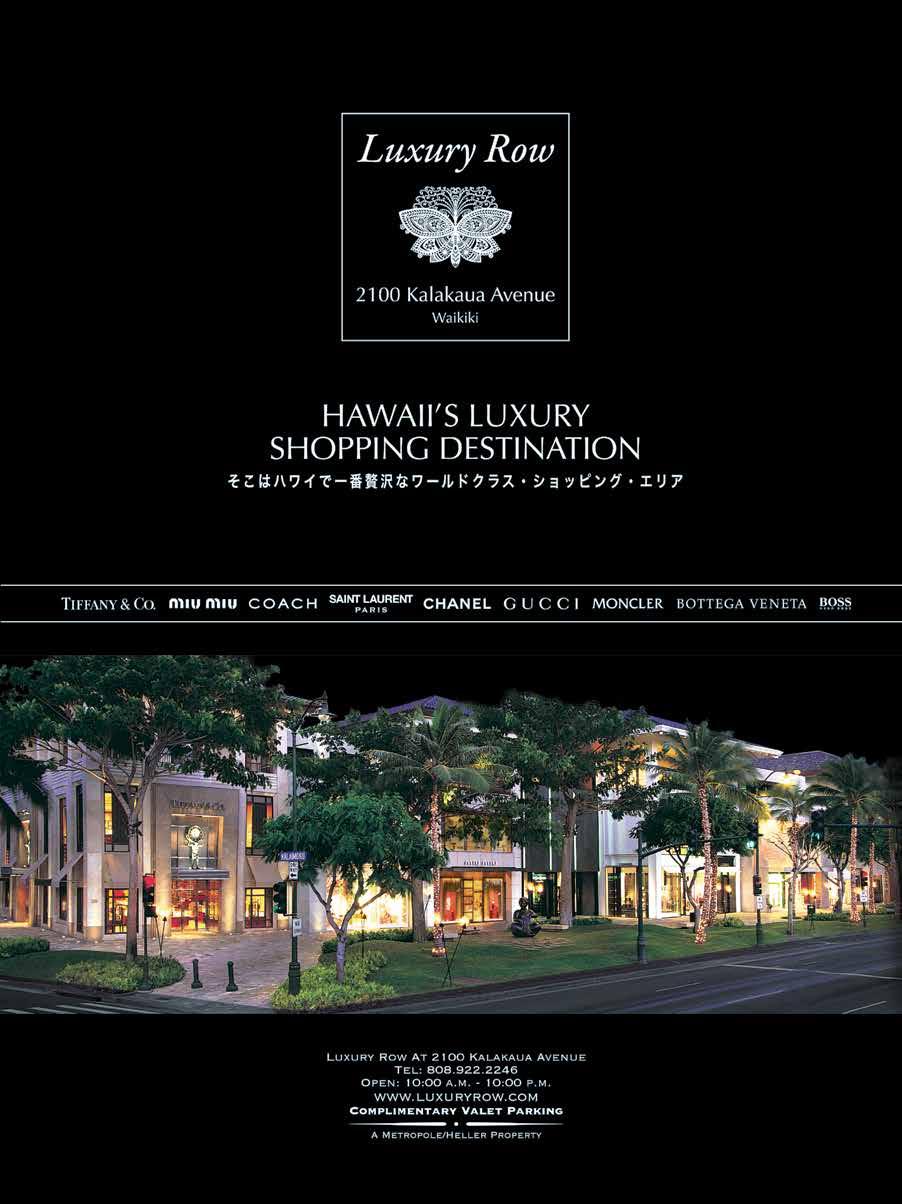
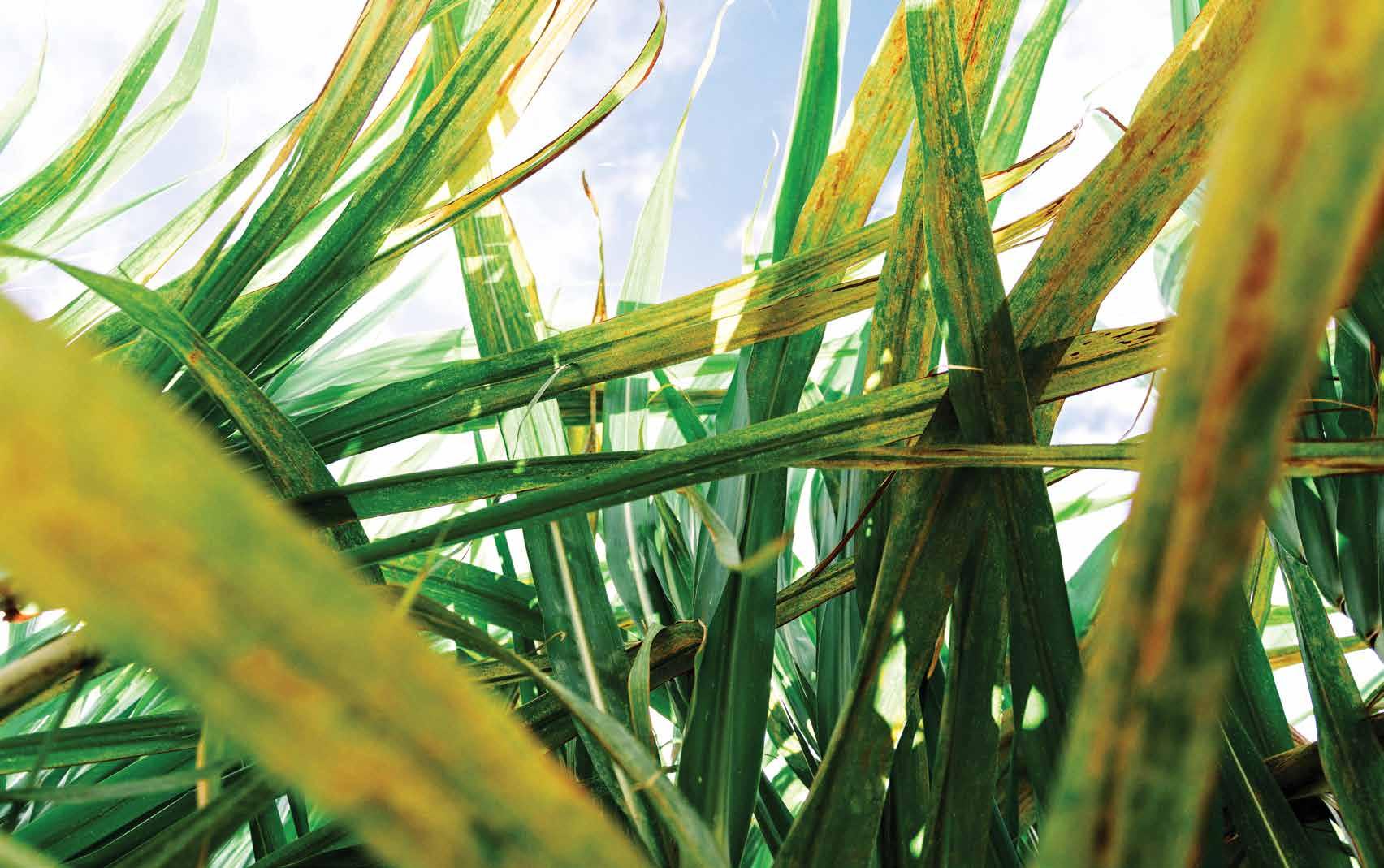

文=レベッカ・パイク 写真=ジョン・フック
Though the last of the large commercial sugar cane plantations is closing its doors, Manulele Distillers, will continue to grow heirloom varieties utilized in its signature white, gold, and dark rums.
ハワイで最後の大規模な商業
的プランテーションが閉鎖する 一方、ハワイ原産のサトウキビ を育てるマヌレレ蒸留所のよう
な栽培者たちの手によって、古
来からのこの植物は今後も大切 に育て守られ続けるだろう。
FIELDS OF CANE
サトウキビ畑
Although the last plantation is closing its doors after nearly two centuries of sugar production in Hawai‘i, one O‘ahu distillery ensures heirloom varietals will live on.
オアフの蒸留所が守り続けるハワイ原産のサトウキビ
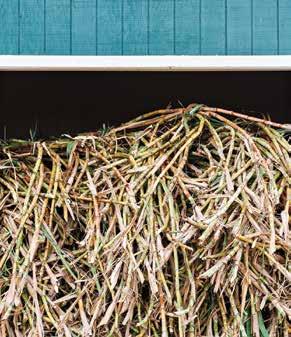
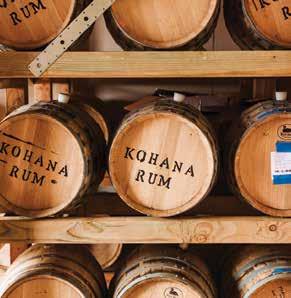
“This is a significant, historic marker for Hawai‘i, the end of an era that touched the lives of generations of hardworking local families,” Governor David Ige said in early 2016. After nearly two centuries of sugar production in the isles—among the largest human and environmental influences in modern Hawai‘i— the state’s sole remaining plantation is harvesting its last crop of sugar by the end of the year, and then closing its doors.
The earliest archaeological evidence of cultivated sugar cane dates back 8,000 years, making it one of mankind’s most ancient crops. Around 600 A.D., Hawai‘i’s first settlers brought several varieties to the islands from Polynesia. They called them kō. These plants were the progenitors of the specific varieties— some 34 original strains—of Native Hawaiian sugar cane that still grow in the islands today.
“They represent a long path of humans in 2016年の初めにハワイ州のデヴィッド・イゲ知事は、「ひたむきに働く 地元の家族たちの生活と何世代にもわたって深い関わりのある一つ の時代が幕を閉じた。それはわれわれがハワイの歴史上、重要な節目 を迎えたことを意味する」と述べた。近代ハワイにおいて人々の生活や 環境に最大の影響を与えた州の砂糖産業は、200年近い歳月を経て、 唯一残された最後のプランテーションがこの年末、最後の収穫を終え て閉鎖する。
サトウキビの耕作は8千年ほど前から行われていたという考古学的 な証拠があり、サトウキビは最も古くから人間が栽培していた作物のひ とつである。紀元後600年頃、初期のハワイ入植者たちはポリネシアか らいくつかの品種をハワイに持ち込んだ。彼らが「コー」と呼んだこれら の植物は、現在もハワイで栽培されている34種類のハワイ原生のサト ウキビの祖先種にあたる。
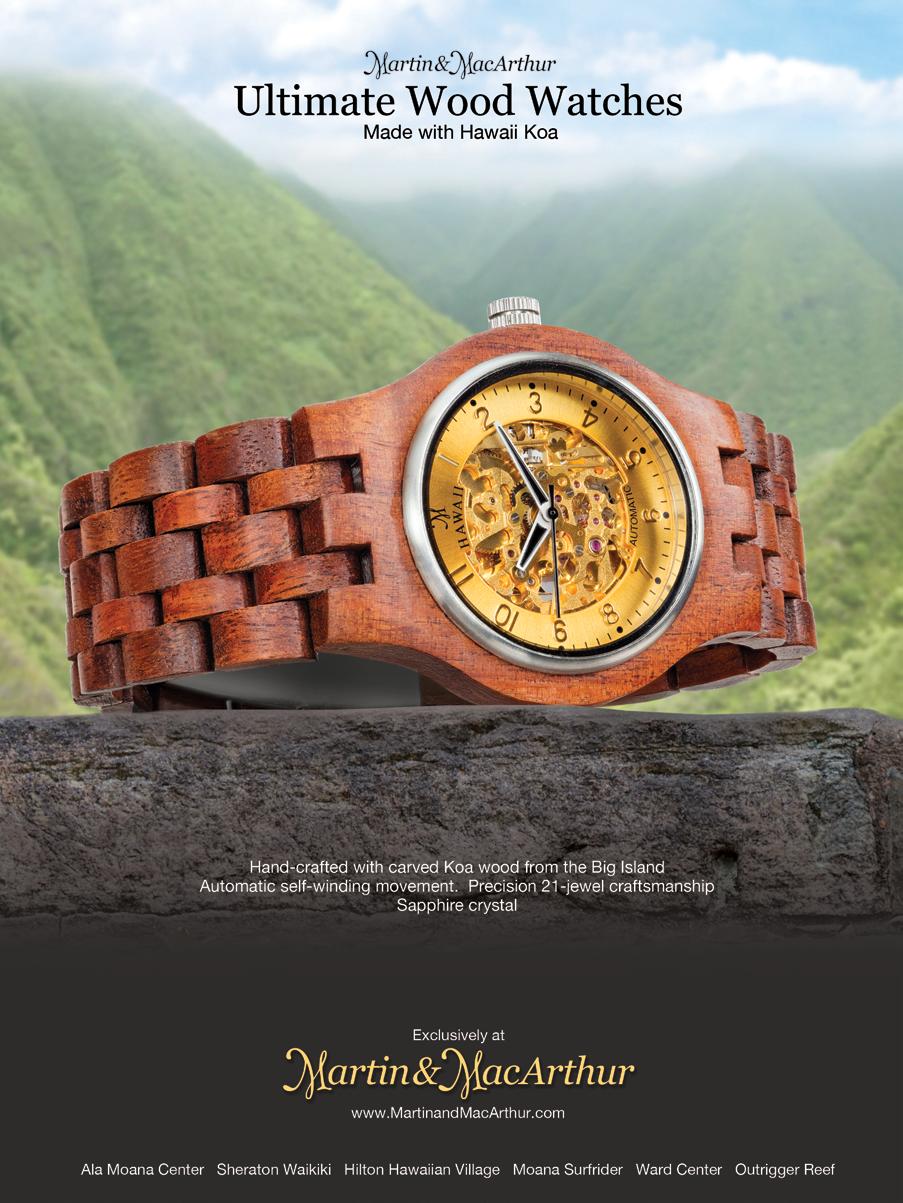

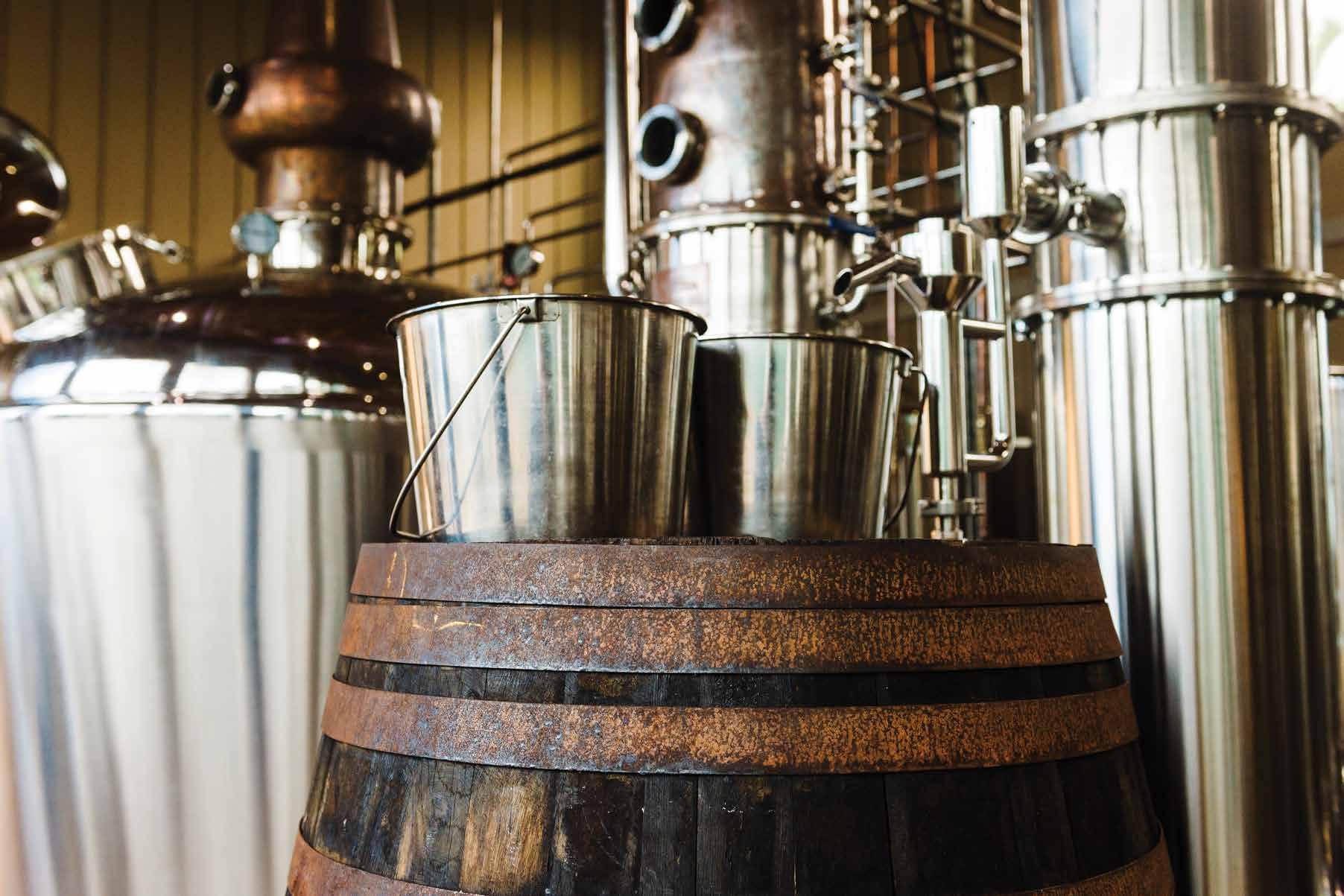

Kō Hana rum is made using only cane juice, most often of the Hawaiian manulele variety.
agriculture,” says Noa Kekuewa Lincoln, Ph.D., whose book, Kō, is due out in 2016. “Each successive place the Polynesians went, they could only take a subset of crops—what they called ‘canoe plants’—of the variety that was on the previous island, which was only what their own ancestors had brought. Hawai‘i is the end point in this process.”
These voyagers hailed from distant islands with depleted soils. Fishing, not farming, was their forte. Absent of specific knowledge about how to work the local land, they developed systems in situ, evaluating the environment and what worked best in individual areas. With diverse ecosystems abutting each other, and young, sweeping volcanic plains, Hawai‘i provided a diversity of growing conditions that inspired ingenious agricultural systems, from terraces to fishponds. Centuries before the term was coined, Hawai‘i achieved food independence.
Like the tī plant, sugar cane was a staple in precontact Hawai‘i. As such, it was planted in small amounts at nearly every homestead, it lined wetland taro patches for stability, and it buttressed slouching crops. In many Hawaiian dwellings, cane leaves served as wall coverings (though not as roofing, as in Tonga and Samoa).
In contrast, the model for growing sugar cane as a commodity—which was applied in the 1800s by newly arrived Westerners—was quantity-based, and export-minded. Soon, as far as the eye could see, there were fields of tall, thirsty, high-yielding sugar cane. “That traditional Western method is used for mass crop production,” explains Kyle Reutner of Manulele Distillers, which distills its Kō Hana line of rums at its Kunia facility on O‘ahu’s west side. “It will ensure a high sugar yield from every pressing. It’s a lot easier to maintain, but it’s a bit soulless.”
「これらのサトウキビは、農業に従事した人間の長い歴史を象徴して います。ポリネシア人は歴代の移住先に「カヌープランツ」と呼ばれるご くわずかな作物しか持ち込めませんでした。前に住んでいた島にあった これらの品種も、彼らの先祖が他の島から持ち込んだものでした。そし て最終的にハワイへと辿り着いたのです」と説明するのは、「コー」と題 された著書を年内に出版予定のノア・ケクエヴァ・リンカーン博士だ。 このように航海をしたポリネシア人は、土の痩せたはるか遠くの島々 から渡ってきた。農業より魚釣りが得意であった彼らには移住先の土 地の耕し方の知識がなかったため、その先々で環境や各エリアにどの 作物が適しているかを判断しながら農業システムを構築していった。 できて間もない火山の平原が広がり、多様なエコシステムが隣り合うハ ワイは、様々な栽培環境によって、棚田やフィッシュポンドといった原始 的な農業システムを生んだ。ハワイは自給自足という言葉が生まれる何 世紀も前からそれを確立していた。
ティと同様、サトウキビは西洋文化の影響を受ける前のハワイでは 主要な作物であった。サトウキビはほとんどの家庭に少しずつ植えら れており、湿地に育つタロ芋の畑に並んで安定させ、傾いた作物を支 えるのに役立った。また多くのハワイアンの家屋にはサトウキビの葉が 外壁に使われていた(トンガやサモアのように屋根には使用されてい なかった)。
これとは対照的に、新たにハワイに入植した西洋人たちが1800年代 に採用したモデルは、サトウキビをハワイの農産物として大量に生産し、 輸出することを前提としていた。そして瞬く間に、背が高く乾燥に適した 生産性の高いサトウキビの畑が見渡す限り一面に現れた。「従来の西洋 的な手法は、大量生産のためのものです」とオアフ島西部のクニアにあ る蒸留所で「コハナ」ブランドのラム酒を製造するマヌレレ蒸留所のカイ ル・リュトナーさんは説明する。「一回の圧縮で抽出できる砂糖の量は多 く、管理もずっと楽なのですが、それには心がこもっていません」。
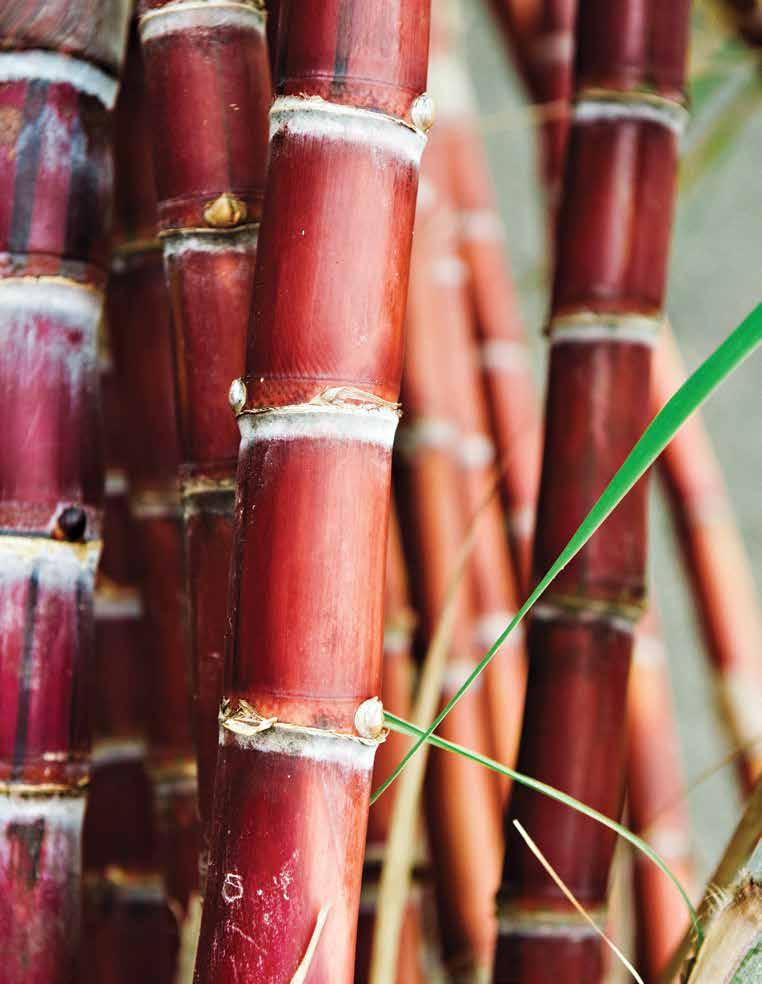
Like the tī plant, sugar cane was a staple in pre-contact Hawai‘i, and could be found planted in small amounts at nearly every homestead.
植物のティと同様、西洋文化の影響を受ける前のハワイではサトウキビ は主要な作物で、どの家庭にも少しずつ植えられていた。
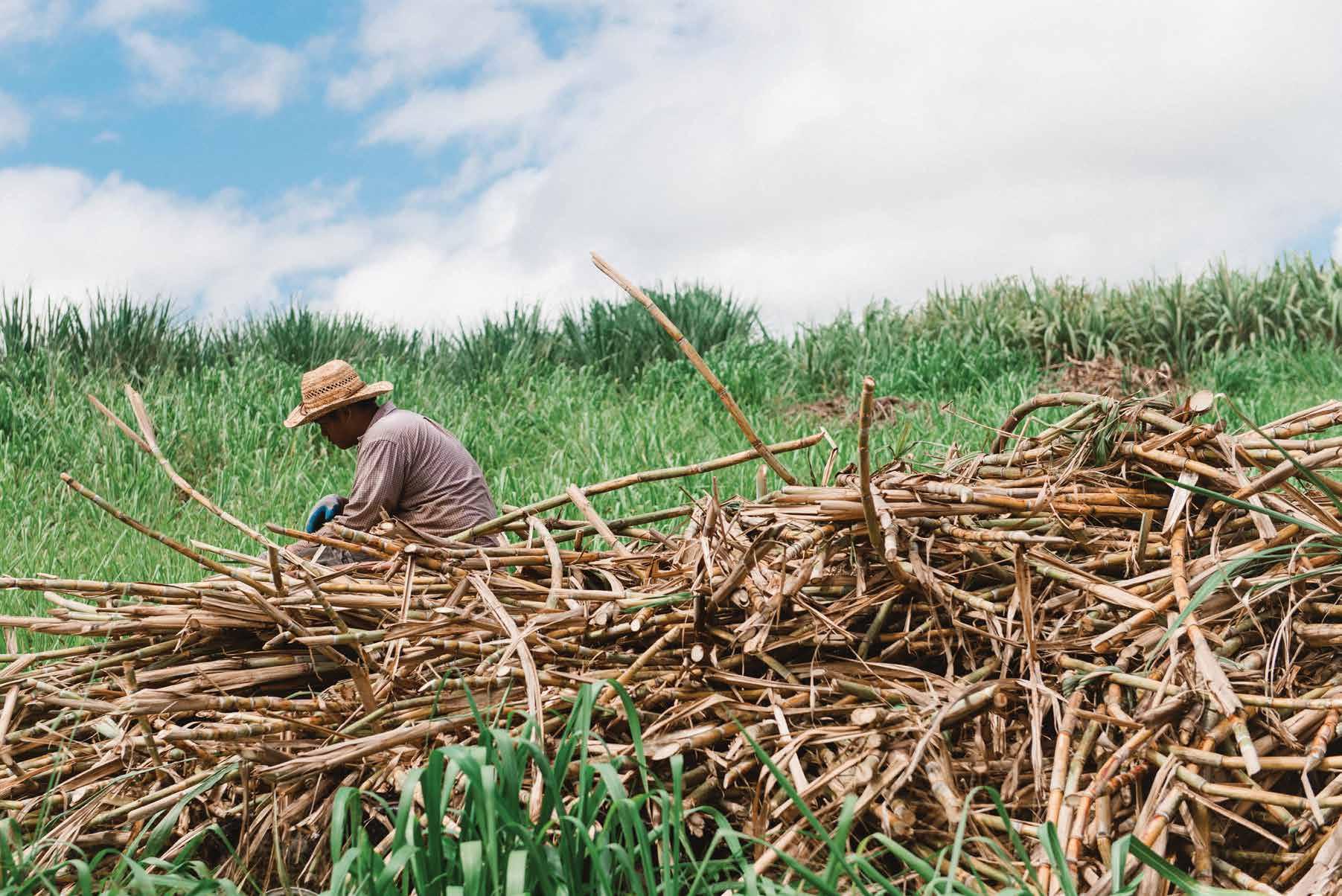

First arriving to Hawai‘i around 600 A.D. aboard canoes of the islands’ early settlers, sugar cane has been one of the largest social and environmental influences in modern Hawai‘i.
Instead of sourcing sugar from distant sources or non-native cane, Kō Hana celebrates the Hawaiian varieties, which range in color from deep violet with celadon rings to red-orange and dark green. Some grow straight up into the air, while others stoop, curve, or twist. Each strain of cane has a name. There’s even one called hapai (Hawaiian for pregnant), whose sections are bulbous instead of cylindrical. In precontact Hawai‘i, if you were unlucky in love, you might ask a kahuna, or priest, to perform a hana aloha ceremony using a dark cane called pāpa‘a, which ensured that a relationship would last a lifetime. In contrast, the pilimai (“come this way”) hana aloha was said to inspire intense but short-lived affairs. A hana aloha utilizing the manulele variety, whose tall, bending leaves resemble a bird (manu) taking flight (lele), was said to make love return, no matter how far the distance.
Kō Hana rum is a agricole rhum, which means it is made using only cane juice, most often of the manulele variety. The juice is fermented, distilled, and aged without sugar byproducts, resulting in liquor that is remarkably smooth—a world apart from mass-produced, molasses-based rum.
Dozens of sugar cane cultivars are propagated and raised on Manulele Distillers’ modest acreage. Each produces a complex range of flavors. Sweet florals, buttery notes, and tropical fruit nuances spring from Kō Hana’s three signature rums, Kea, Koho, and Koa, which are, respectively, white, gold, and dark.
While this once-dominant sugar industry is soon ending in the islands, growers of heirloom sugar cane, like Manulele Distillers’, will continue to revere and care for this ancient plant. Its place in Hawai‘i’s culture is papa‘a, held fast, as a tight wall.
Manulele Distillers’ offers rum tasting tours Wednesday through Saturday between 10 a.m.–3 p.m. To schedule a tour or for more information, visit kohanarum.com.
コハナでは外来種ではなくハワイ原生種のサトウキビを栽培してい る。これらのサトウキビは品種によって色が異なり、深い紫色に薄緑の 輪のあるものから赤オレンジや深緑色をしたものまである。まっすぐ空 に向かって育つタイプや、しな垂れたり、曲がったり、ねじれたりしてい るものもある。これらの品種には全て名前がついていて、節が筒状では なく球状に膨らんでいる「ハパイ」(ハワイ語で妊娠)と呼ばれるものす らある。西洋と接触する以前のハワイでは、恋愛運に恵まれない人は恋 愛関係が生涯続くように、カフナ(牧師)に「パパア」という色の濃いサ トウキビを使った「ハナアロハ」と呼ばれる儀式を執り行ってもらったと いう。一方、「ピリマイ」(こちらへどうぞの意味)という品種を使うと激し く燃えるような短命の恋をもたらすとされた。また背が高く葉が折れて いる容姿が空を飛ぶ(レレ)鳥(マヌ)のようであることから「マヌレレ」と 呼ばれるサトウキビを使ったハナアロハは、どんなに遠く離れた恋人も 取り戻すことができると信じられていた。
コハナラムはアグリコールとよばれる製造工程を用い、サトウキビの ジュースのみを使用してつくられる。そのほとんどがマヌレレ種だ。
発酵させ、蒸留したジュースを砂糖の副産物なしで熟成させるため、モ ラセスをベースに作られる大量生産のラムとは全く違い、驚くほどに飲 みやすい口当たりに仕上がる。
小規模のマヌレレ蒸留所だが、何十種類もの品種のサトウキビが栽 培されていて、それぞれに複雑な異なる味わいがある。コハナのオリジ ナルラム酒には「ケア」、「コホ」、「コア」という白、ゴールド、ダークの3種 類があり、それぞれ甘い花やバターのように香ばしい香りとトロピカル フルーツのような味わいがある。
かつて栄えた砂糖産業がハワイから消えつつある一方で、ハワイ原 産のサトウキビを育てるマヌレレ蒸留所のような栽培者たちの手によっ て、古来からのこの植物は今後も大切に育て守られ続けるだろう。 ハワイ文化にとってサトウキビは「パパア」(丈夫な塀)のように揺るぐ ことはない。
マヌレレ蒸留所のラムテイスティングツアーは水曜から土曜の午前10時 から午後3時まで。ツアーの申し込みや詳細は、kohanarum.com まで。
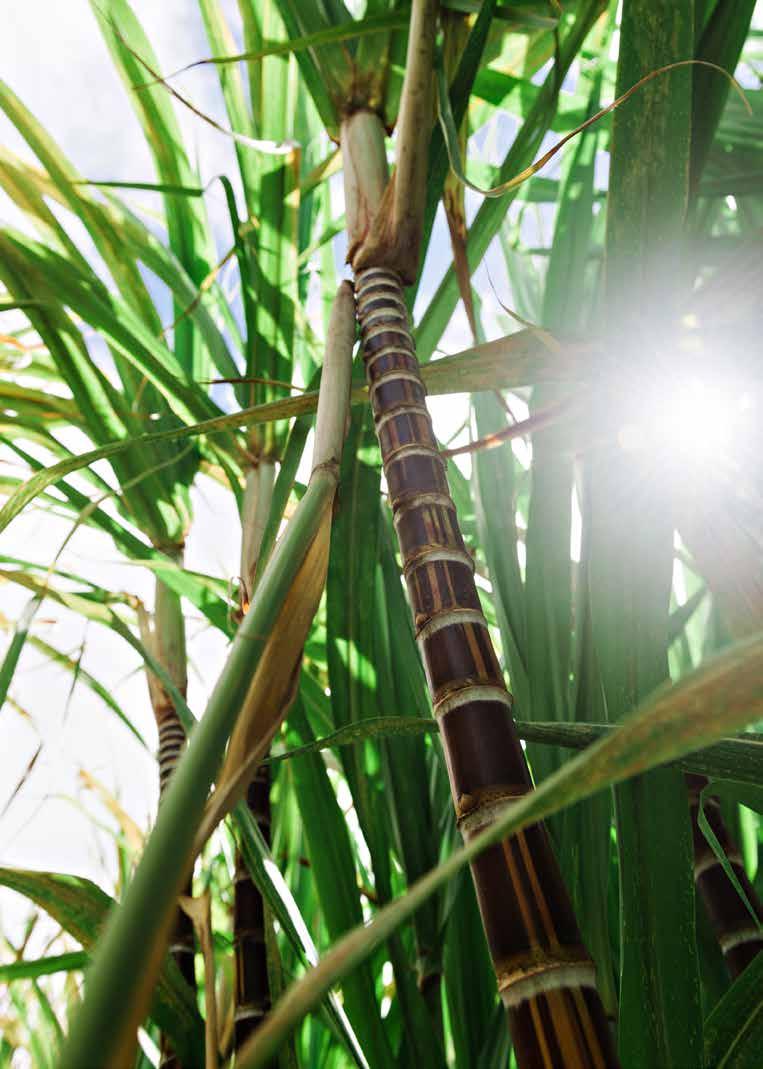
文=サラ・ルッペンタル 写真=ジョン・フック
OF PALMS AND POEMS
椰子の木と詩
Guests of Halekulani will soon encounter the palms and passions of Poet Laureate W.S. Merwin, purveyor of one of the most comprehensive private palm collections in the world.
ハレクラニで触れる世界一の椰子の木収集家で詩人のローリエット・W.S.マーウィンさんと椰子の木の魅力
Nearly four decades ago, W.S. Merwin set out to give back to nature, turning a small, barren plot of land into a thriving palm forest.
約40年前、米国の詩人の ローリエット・ W.S.マーウィン さんは自然に還元するため、
荒廃した小さな土地に椰子の 林を再生するプロジェクトに 着手した。
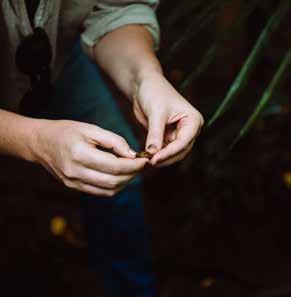
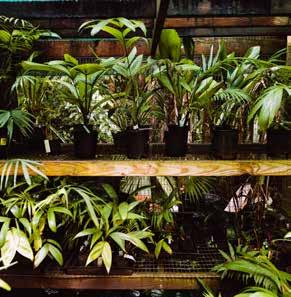
“On the last day of the world I would want to plant a tree.”
—W.S. Merwin, “Place”
There are nearly 3,000 palms in W.S. Merwin’s backyard—and he can tell you the tale behind each of them. The seeds of this Hawai‘i setting were sown years ago, when the two-time Pulitzer Prize winner, U.S Poet Laureate, and environmental activist set out to restore a destroyed piece of land. “He wanted to give back to nature, not extract from it,” explains Jason Denhart, executive director of The Merwin Conservancy. “His goal was to put life back into the world.”
So, nearly four decades ago, Merwin purchased his four-acre piece of land in the Pe‘ahi Stream valley
「世界最期の日が来ても、木を植えたい」- W.S.マーウィン『場所』
W.S.マーウィンさんの裏庭には3千本におよぶ椰子の木が育っていて、 彼はその一本一本についてストーリーを語ることができる。いかにもハ ワイらしいこの椰子の林に種が蒔かれたのは今から40年ほど前。ピュ リッツァー賞を2回受賞している米国の詩人、ローリエットさんと環境 保護活動家が荒廃した土地を復元するために始めた。「彼は自然から 奪うのではなく、自然に還元したかったのです」とマーウィン・コンサー バンシーのエグゼクティブディレクターのジェイソン・デンハートさんは 語る。「彼の目標は地球に再び命を与えることでした」。
約40年前、マーウィンさんはマウイ島北岸のペアヒ・ストリーム・バレ ーにある4エーカーの土地を購入した。その土地はかつて自然の森林
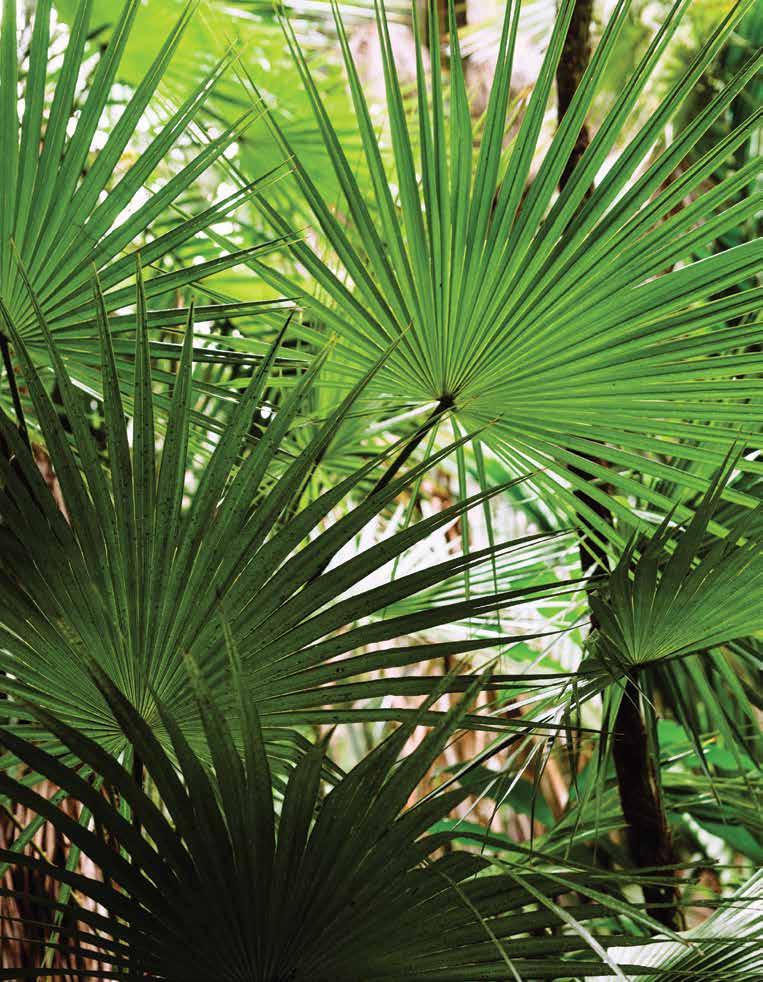
W.S.マーウィンさんが見つけたマウイ島の荒れ果てた土壌に育つの は、扇型をした丈夫なパシフィックパームくらいであった。
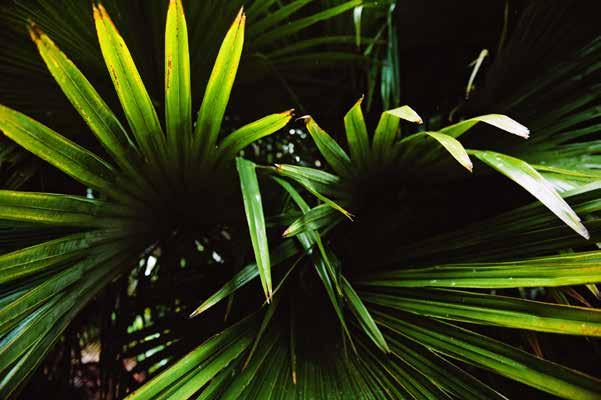
on Maui’s north shore. At the time, the property wasn’t much to look at. Once home to a native forest, the land had been decimated by a failed pineapple farm; it was blanketed in dense clumps of wild brush and layers of depleted, chemical-laden soil. The county had labeled it an “agricultural wasteland,” but for Merwin, it was a golden opportunity. As his off-the-grid home was being built, the poet rolled up his sleeves and started planting koa trees and native shrubs.
However, he quickly saw that the only genus of plant able to withstand the inhospitable soil conditions was the stalwart Pritchardia, which consists of up to 40 Pacific fan palms native to Fiji, Tonga, Samoa, and, in its most diverse array, Hawai‘i. Merwin began collecting such Hawaiian palms from botanists throughout the islands, and later, partnered with a commercial seed collector who sent him palm seeds gathered from all over the world. In the years that followed, Merwin regenerated the land—seed by seed, plant by plant. Soon, the earth beneath his feet began to heal. Eventually, he purchased two adjacent properties to expand his budding palm forest. All the while, he found inspiration for his poetry, frequently pausing from working the land to scribble words on used envelopes he kept tucked in his back pocket.
であったが、閉鎖したパイナップル農園によって破壊された無惨な姿の ままであった。生い茂る雑木や化学肥料に汚染され痩せこけた土に何 層も覆われていたこの土地は、マウイ郡によって「荒廃農地」に指定され ていたが、マーウィンさんはそこにまたとないチャンスを見たのだった。
電気や水道の通らないその場所に自宅が建設される間、彼は自ら袖を 捲くりあげると、コアの木や固有種の灌木などを植え始めた。 だが実際に植えてみると、この荒れ果てた土壌に耐えることのできる 植物の種類は、丈夫なプリチャーディアのみであることが分かった。
この葉が扇型をした椰子は、フィジーやトンガ、サモア、そして最も種類 の多いハワイなど太平洋に固有の植物で、その種類は40種もある。 マーウィンさんは島々の植物学者からハワイアンパームを収集し、種の 収集をビジネスにしているコレクターから、世界中から集められた椰子 の種を手にいれた。その後何年もかけて、種の一粒一粒、苗木の一本一 本を植えながら土を再生し続けた末、彼の土地は回復し始めた。やが てマーウィンさんは成長を続ける椰子の森を拡大するため、隣合う2つ の土地を購入した。その間ずっと椰子の木から詩のインスピレーション を得ていたマーウィンさんは、しばしば農作業の手を止めては、いつも ズボンの後ろポケットに入っている使用済みの封筒の裏に言葉を書き 留めていたという。
現在89歳のマーウィンさんと妻のポーラさんはこれまで40年間にわ
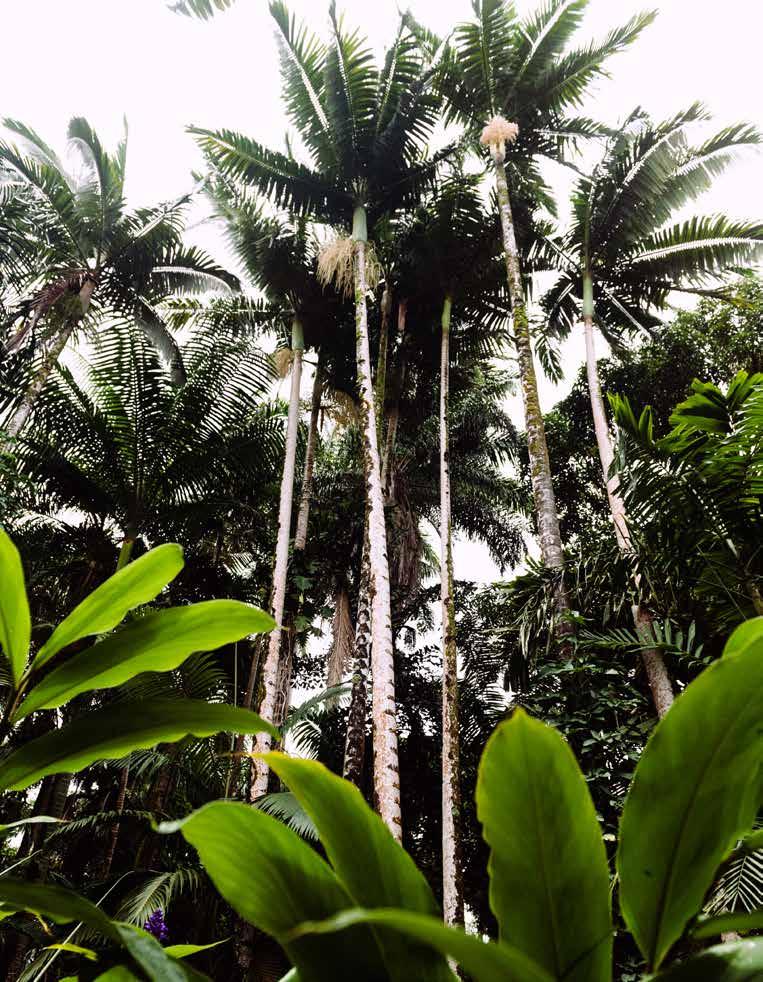
What began as a passion project of a poet and his wife has become one of the largest and most comprehensive private palm collections in the world.
詩人と彼の妻が熱心に取り組んだプロジェクトは、世界最大で もっとも包括的な個人所有の椰子の木コレクションとなった。
The Merwin Conservancy Palm Collection, established in 2010, is home to more than 480 taxonomic species of palms, some of which are rare or endangered.
2010年に設立された「マーウ ィン・コンサーバンシー」には、 希少なものや絶滅の危機に瀕 している種も含め、分類学上 480種以上の椰子の木が生育 している。

Merwin, now 89 years old, and his wife, Paula, have planted more than 12,000 palms. Those that took root are now thriving on the 19-acre property, which is home to more than 480 taxonomic species, some of which are rare or endangered (and, in some cases, perilously close to extinction), as well as a living seed bank. What began as a passion project of a poet and his wife is now one of the largest and most comprehensive private palm collections in the world. It comes as no surprise that it has garnered its fair share of attention. In the late ’90s, Merwin invited world-renowned palm expert John Dransfield of the Royal Botanic Gardens, Kew in London to take a look at his plants. Since then, Dransfield and other scientists have routinely visited Merwin’s home to identify, inventory, and marvel at his forest, creating a comprehensive, scientific database of every specimen within the collection.
In 2010, The Merwin Conservancy was established to preserve and protect Merwin’s living legacy—his home, literary work, and palm forest— for retreat and study for botanists and writers, as
たって1万2千本以上の椰子の木を植えてきた。今や19エーカーにも なる敷地には分類学上480種以上の植物があり、中には希少なものや 絶滅の危機に瀕している種もある。それは生きた種の貯蔵庫でもある。 詩人とその妻が熱心に取り組んだプロジェクトは、今では世界最大か つもっとも包括的な個人所有の椰子の木コレクションとなっている。 そのコレクションが注目を集めるようになったのは当然と言えよ う。90年代後半、マーウィンさんは世界的に有名な椰子の専門家で王 立植物園「キュー」のジョン・ドランスフィールド氏を招き、彼の椰子の 森を見せた。これに驚いたドランスフィールド氏をはじめとする科学者 たちは、以来、椰子の木を識別し、目録を作成するために彼の自宅を定 期的に訪れるようになり、全品種の包括的な科学的データベースを完 成させた。
2010年、彼の自宅と文学作品、そして椰子の森の保護を目的とした 「マーウィン・コンサーバンシー」が設立された。マーウィンさんの生き たレガシーであるこれらのものを植物学者や作家たちの静養や研究、 地元地域の教育や環境保護団体のために役立てるためだ。永続的な 環境保全地役権により、マーウィンさんのビジョンを継続していく体制 が整った。「どの非営利団体も素晴らしいアイディアから始まりますが、
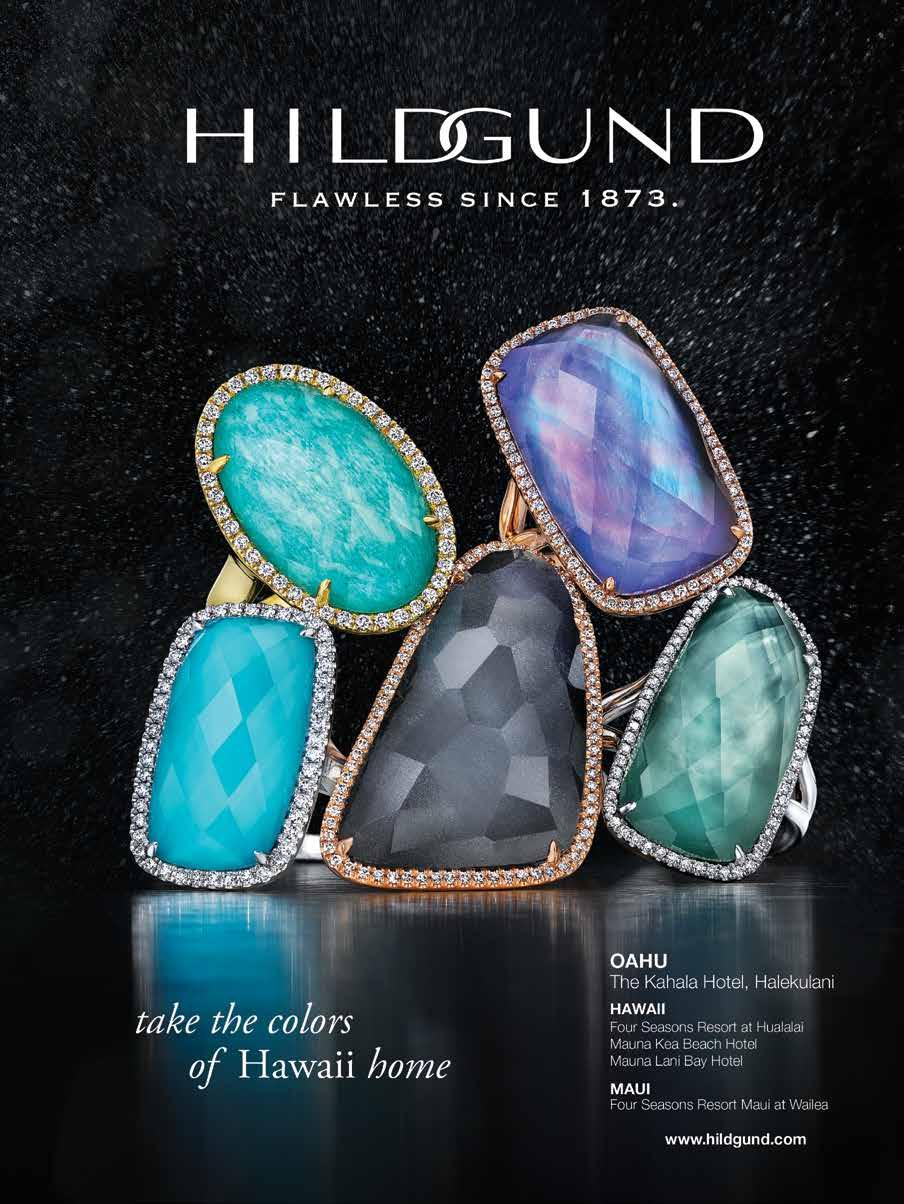

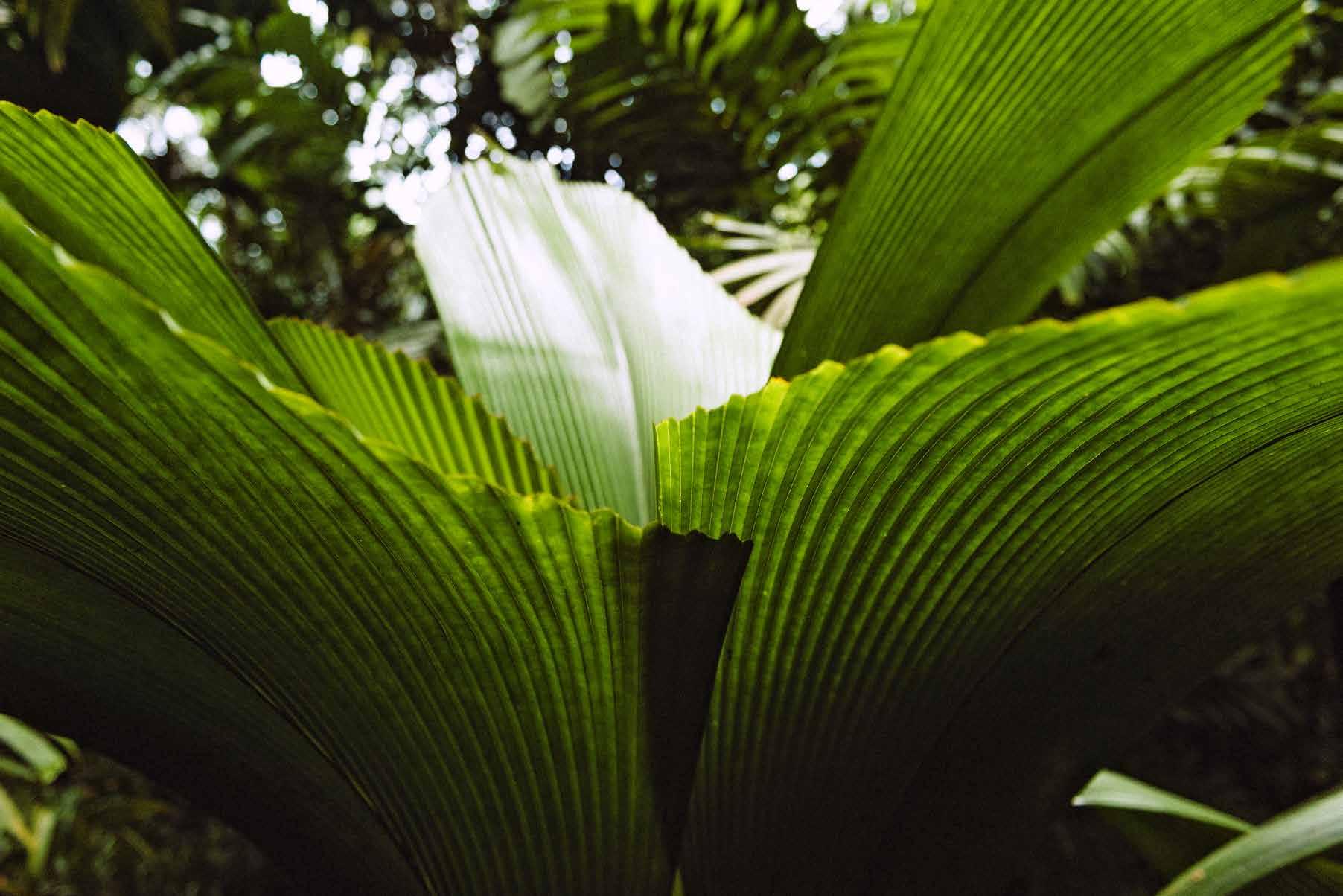

“On the last day of the world I would want to plant a tree.”
—W.S. Merwin, “Place”
well as for community education and environmental advocacy efforts. With a permanent conservation easement in place, the conservancy is poised to carry on Merwin’s vision. “All nonprofits start with a magical idea,” Denhart says. “And there’s nothing more magical than this.”
Guests of Halekulani will soon experience the magic of Merwin’s palm forest at the hotel, which has partnered with The Merwin Conservancy to plant palms from Merwin’s living seed bank in a replica garden as a tribute to the literary icon. Merwin’s words, wisdom, and inspiring messages will also be present throughout the resort, from a photo exhibit featuring his palms to books of his poetry in guestrooms. “His message is that we are not separate from nature, we are nature,” Denhart says. “Therefore, what we do to the planet, we do to ourselves.”
To learn more about The Merwin Conservancy, visit merwinconservancy.org.
これ以上素晴らしいものはないと思います」とデンハートさんは言う。 ハレクラニでは現在、マーウィンさんの椰子の森の魅力に触れる機 会を提供している。マーウィン・コンサーバンシーと提携し、文学界のア イコンを称える複製パームガーデンに生きた種の貯蔵庫から採取した 椰子を植樹するとともに、マーウィンさんの言葉や知恵、活力の源とな るメッセージを椰子の木の写真展や詩の本などを通してリゾート内で 紹介するもの。デンハートさんは、「マーウィンさんは、人間は自然とは 別の存在ではなく、私たち自身が自然なのだというメッセージを発信し ています。ゆえに人間の地球に対する行為は、私たち自身に対する行為 と同じなのです」と語っている。
マーウィン・コンサーバンシーについて詳しくは merwinconservancy.orgまで。
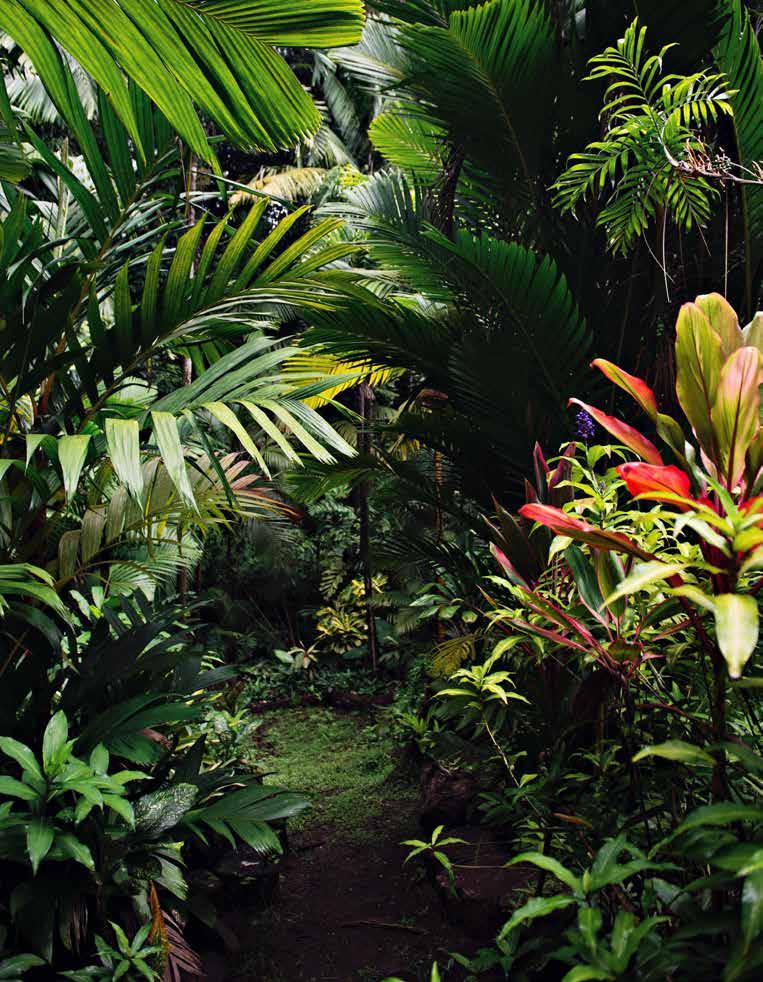
The Merwin Conservancy preserves and protects Merwin’s living legacy—his home, literary work, and palm forest. A palm garden at Halekulani created in partnership with this nonprofit will soon also pay tribute to the work of the literary icon.
マーウィンさんの生きたレガシーである自宅と文学作品と椰子の森を 保護する非営利団体「マーウィン・コンサーバンシー」の協力により、 この文学界のアイコンを称えるパームガーデンがハレクラニの敷地内 に造られている。
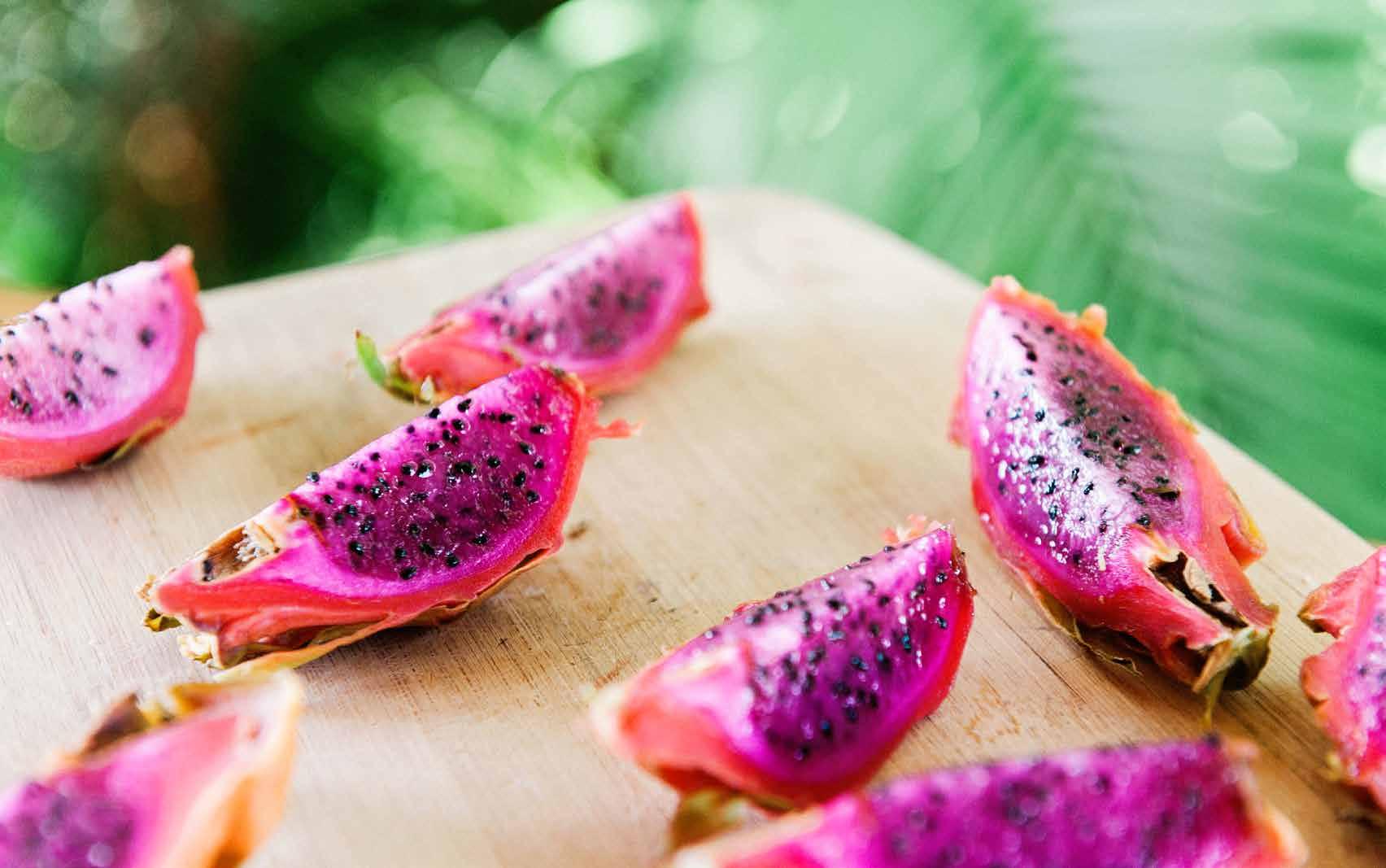

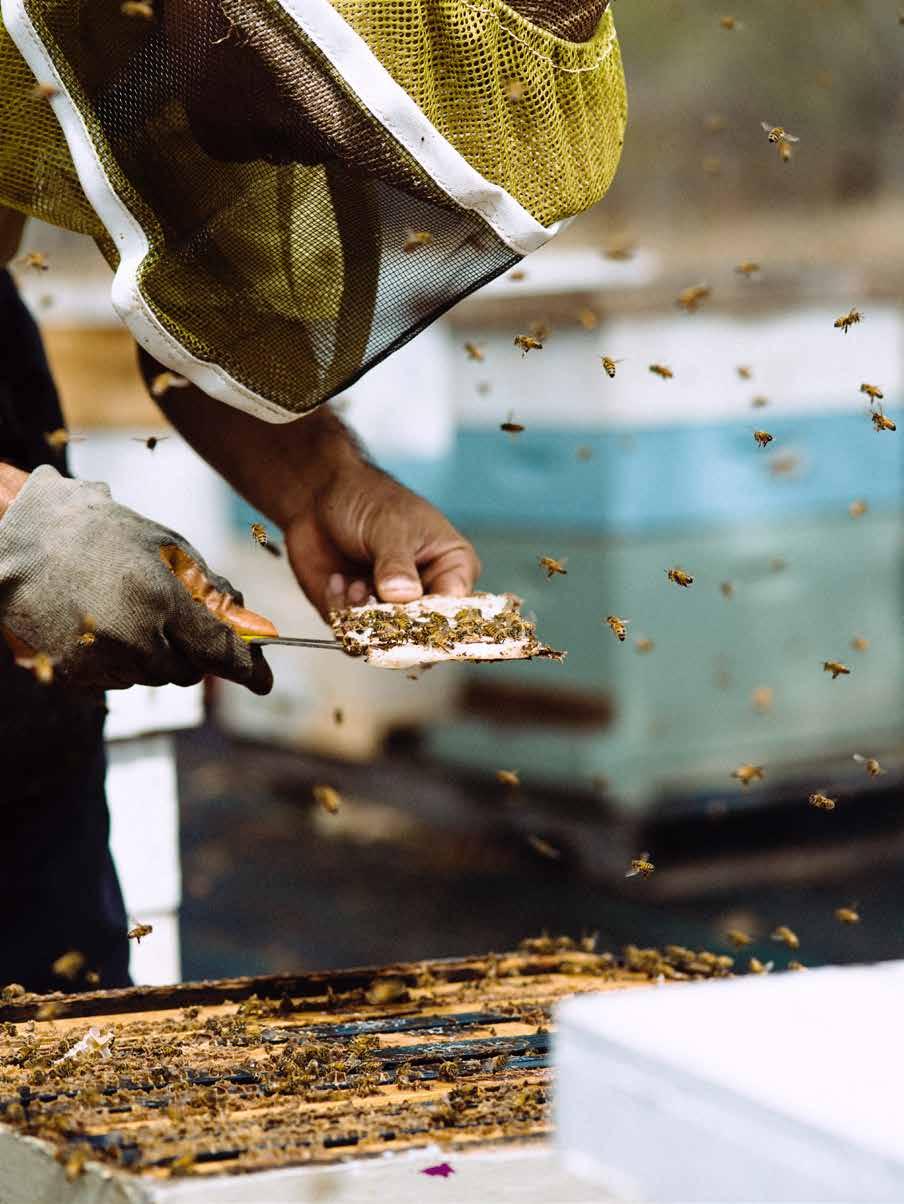
 TEXT BY TRAVIS HANCOCK
IMAGES BY JOHN HOOK
TEXT BY TRAVIS HANCOCK
IMAGES BY JOHN HOOK
文=トラヴィス・ハンコック 写真=ジョン・フック
FIT FOR A QUEEN
女王にふさわしく
After 150 years of making honey, local bees still keep apiarists abuzz in the islands’ sweetest industry.
150年以上続くハワイの養蜂業

For Manoa Honey Company apiarist Yuki Uzuhashi, shown on previous page, the relationship between humans, bees, and the environment is a golden triangle, with each taking care of the other.
マノアハニーカンパニーの
養蜂家、埋橋幸宏さんにとって 人間と蜜蜂と植物の関係は 互いを大切にすることで共存 できる黄金の三角形だという。
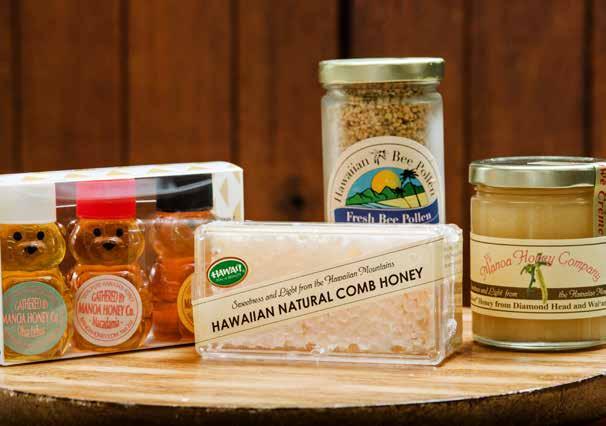
“There is no prettier or more interesting sight to the apiarist than the first flight of a queen as she ventures out … tremblingly spreads her long, silky wings and with a graceful movement unequalled anywhere in the entire scope of animated nature, she swings from her feet, while her body sways pendulously as she hovers about the entrance of the hive.”
This was the image a writer at The Hawaiian Gazette left in readers’ minds at the end of “Bee Culture: An Industry That Has Made Rapid Strides,” printed on March 12, 1897, 40 years after the first honeybee colonies were successfully established in the Hawaiian Islands. By ending with this flowery portrait of the debutante queen, the author—whose main concern was the growing value of the local honey—hinted at even sweeter profits in the offing. As the apiarist, or beekeeper knows, a young queen leaving her mother’s hive means pursuing a swarm of tens of thousands of devotees, a new colony, and another source of income. Early swarms spelled big profits for enterprising
「養蜂家にとって女王蜂の初飛行ほど美しく感動的な光景はない。 震えながら長い絹のような翼を広げるその動作は、動物界全体を見て も類のない優雅さだ。足を振り、体を振り子のように揺らしながら、巣の 入口のまわりを舞う」。
これはハワイアンガゼット紙のライターが書いた「蜜蜂の文化:急速な 発展を遂げた産業」という1897年3月12日付の記事が読者の心に残 したイメージだ。それはハワイ諸島に最初の蜜蜂のコロニーが確立さ れてからちょうど40年後にあたる。女王蜂の華やかなデビューの描写 で締めくくることで、この記事の著者は地元産の蜂蜜への関心とその価 値を高め、より大きな利益を上げようとしていたようである。養蜂家で あれば、若い女王蜂が母親の巣を巣立つのは数万匹もの熱愛者の群 れと新しいコロニーを探すためで、それは新たな収入源を意味すると 知っていたからだ。
初期の蜜蜂の群れは、野心的な外国人たちに大きな利益をもたら していた。1860年代にタンタラス山の野生の蜂の巣からコムハニー( 巣蜜)を奪って売り歩いたとされる伝説の放浪者、ドワイト・ホルコム
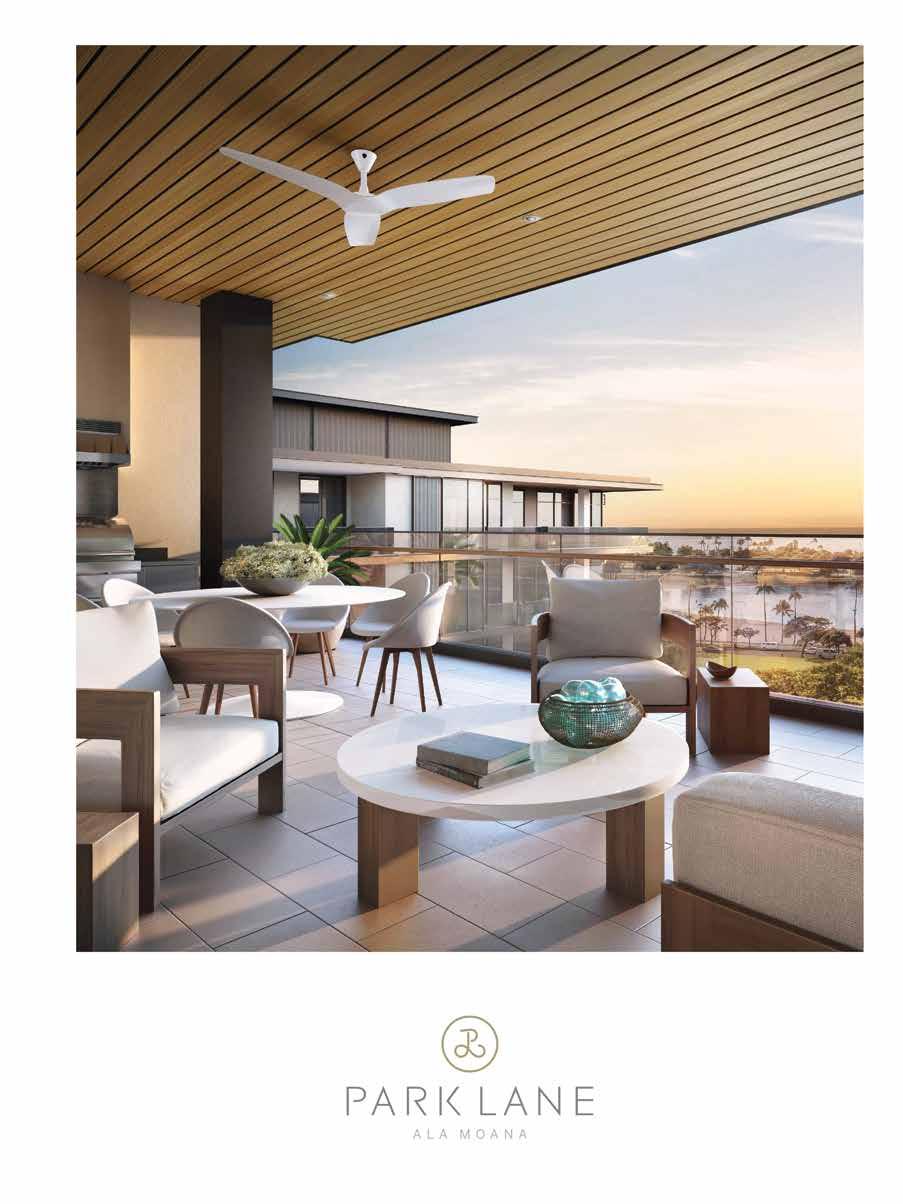



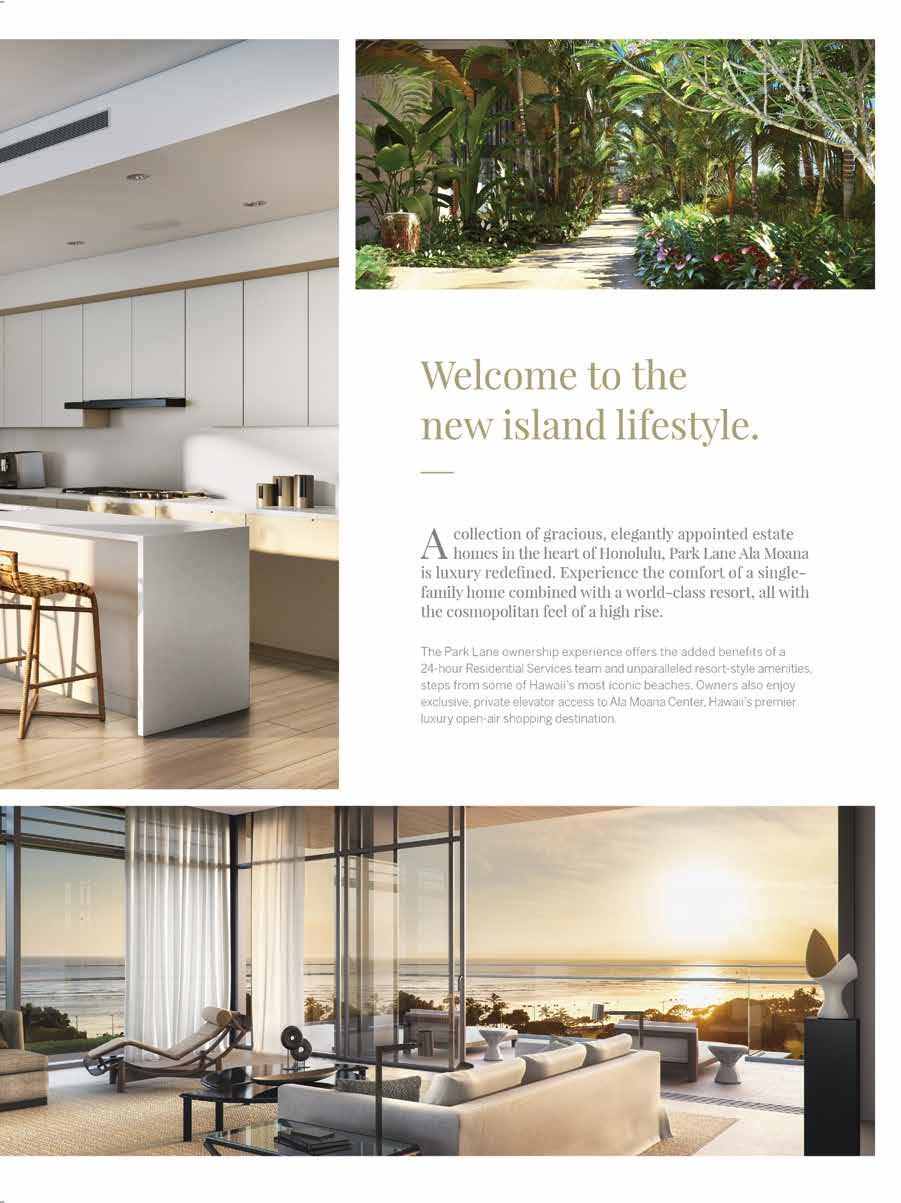


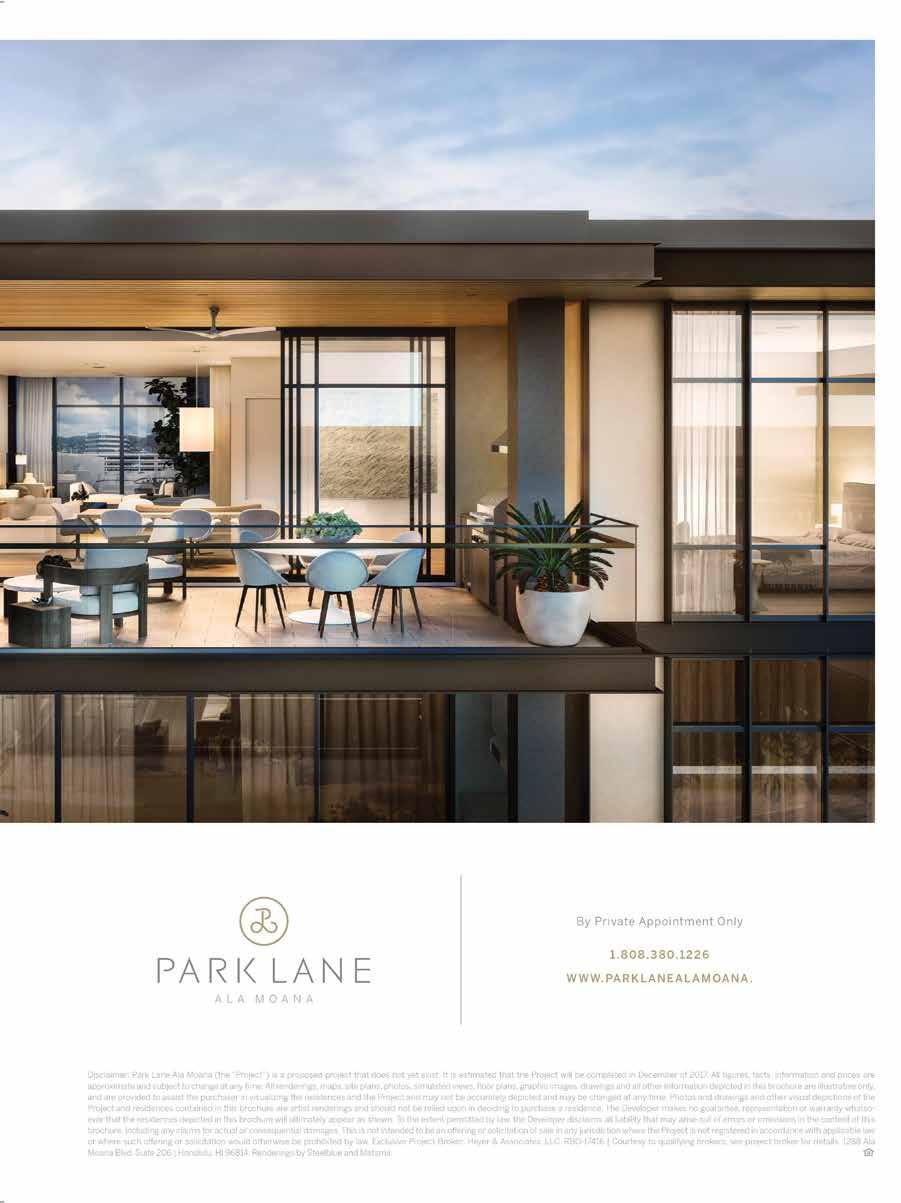
The first honeybee colonies were established in Hawai‘i in the 1850s, and the industry is experiencing a resurgence today.
ハワイに初の蜜蜂のコロニーが できたのが1850年代。現在、 ハワイの養蜂産業は復活しつ つある。
foreigners, from the near-mythic tramp Dwight Holcomb, who peddled honeycomb that he pillaged from wild hives on Mount Tanatalus in the 1860s; to Oswald St. John Gilbert, the “Honey King,” who founded the Sandwich Island Honey Company after a swarm landed in his yard in 1893, and later established 10,000 hives in the kiawe forests of west O‘ahu in the early 1900s.
Today, even while seen as pests, rogue swarms of bees—like the one that took up residence at ‘Iolani Palace in May 2016—are still sought-after bounties. When bees land in urban areas, beekeepers like Yuki Uzuhashi, who owns Manoa Honey Company, hope to get the call. On such a swarm-catching mission, it’s essential to catch the alluring and welldefended queen—no easy task if she decides to take up temporary residence inside a dense bush. Brazen apiarists like Uzuhashi and his lead beekeeper, Kunie Kinoshita, will plunge their bare hands into the fray, methodically smoking the area and scraping the bees off each branch and into a wooden box until the queen has been relocated and the buzzing hoard has followed her into this new home.
Having rounded up a colony, Uzuhashi will house it at one of his 10 apiaries on O‘ahu, from which he collects beeswax, pollen, and honey that he sells at local stores and farmers markets. “The relation
にはじまり、1893年に蜜蜂の群れが庭に巣を作って以来、「サンドウィ ッチ・アイランド・ハニー・カンパニー」を設立し、1900年代初頭には 西オアフのキアヴェ林で1万個もの巣を所有していた通称「ハニーキン グ」のオズワルド・セント・ジョン・ギルバートなどがその例だ。
2016年5月にイオラニ宮殿に蜜蜂の大群が押し寄せ一騒動となっ たことは記憶に新しいが、一見害虫に見られがちな蜜蜂の群れは、今日 においても貴重な存在である。養蜂家の誰もが、都市部に舞い降りた 蜜蜂を除去してほしいという電話を心待ちにしている。マノアハニーカ ンパニーのオーナーの埋橋幸宏さんもその一人だ。蜜蜂の群れを捕ま えるのは決して容易ではない。そのためにはまず彼らを惹きつける厳重 に守られた女王蜂を捕獲しなくてはならないが、木の茂みの中に借り の居を構えてしまった場合などは特に難しい。埋橋さんやリード養蜂家 の木下くにえさんのように手慣れた養蜂家たちは、蜂の大群の群がる 茂みの中に素手を突っ込み、女王蜂を移動させ、働き蜂たちがその後 を追って新しい巣に移るまで、周辺を念入りに煙で燻しながら一本一 本の枝から蜜蜂をかき集めて木箱に入れていく。
コロニーの引っ越しを無事に終えた埋橋さんは、オアフ島に10ある 養蜂場のうちの一つにその巣を移動させる。そこからビーズワックスや 花粉、蜂蜜を採取し、地元の小売店やファーマーズマーケットで販売し ている。「人間と蜜蜂と植物の関係は、黄金の三角形です。私たちがすべ きこと、それは蜜蜂と自然と環境を大切にすることです。どんな量であ
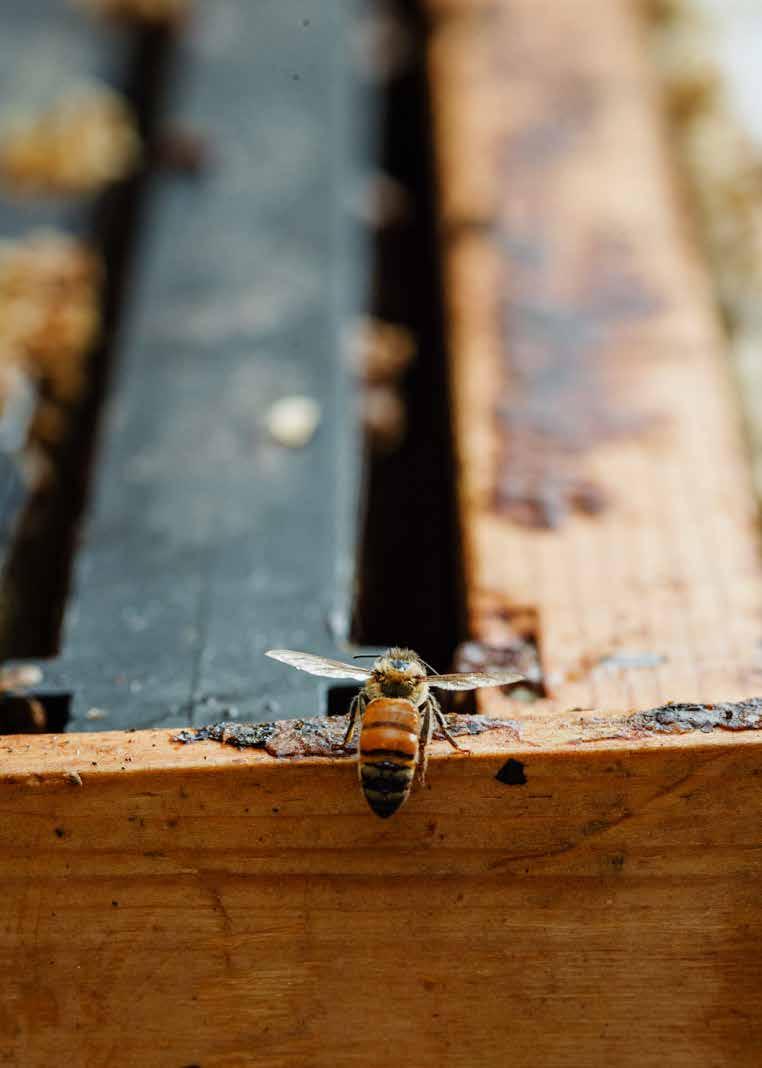
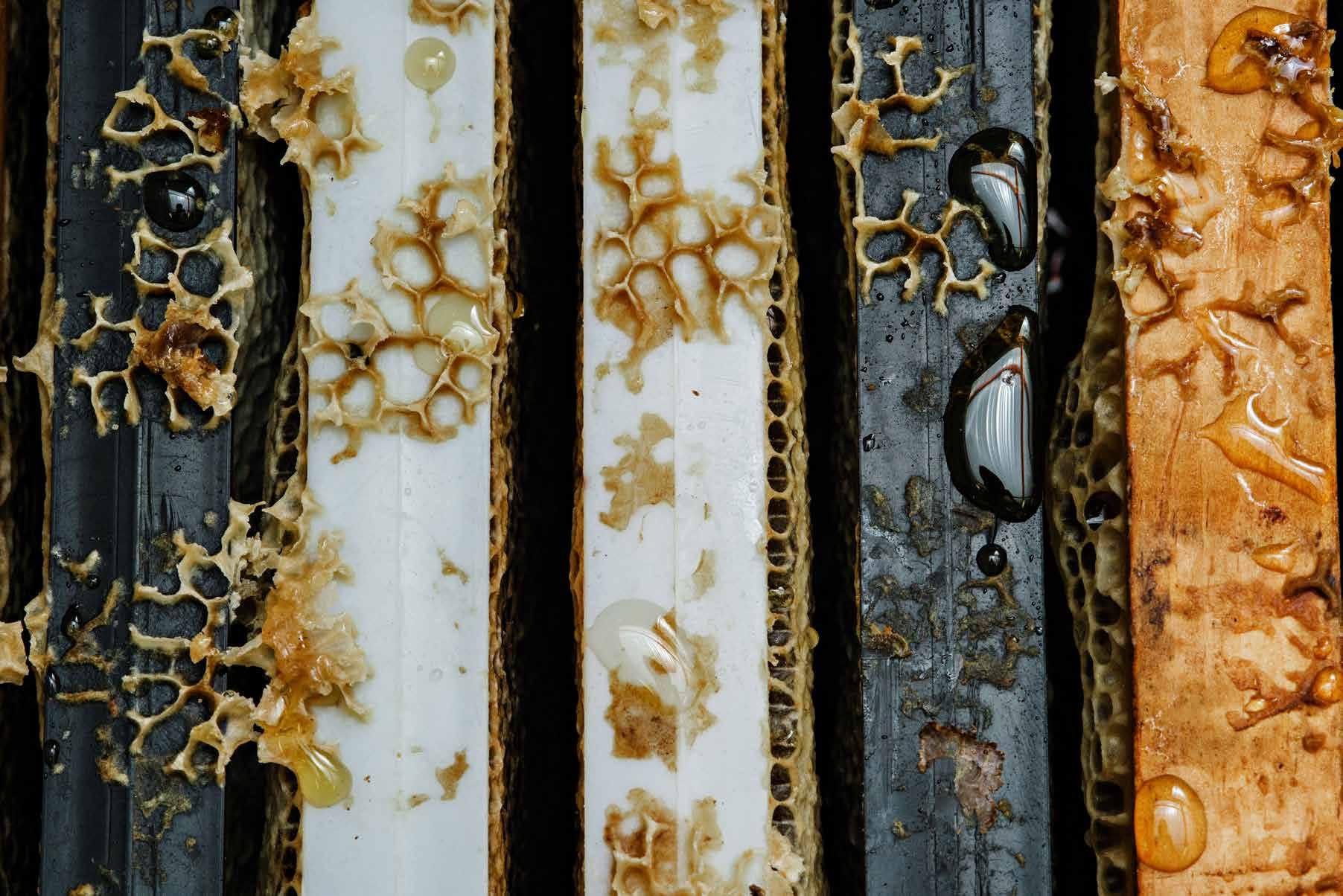

between humans, bees, and the flora [is] a golden triangle,” he says. “We know what we have to do: Take care of the bees and nature and the environment. Whatever amount the bees can provide us, we take, and try to keep them as healthy as possible. That’s a basic, universal language wherever you keep the bees in the world.”
Uzuhashi learned this universal “bee language,” as he calls it, while apprenticing in his home country of Japan, where it’s traditional to follow the bees and flowers from the warmer southern islands to the thawing north each spring. After he moved to Hawai‘i to take over Manoa Honey Company, Uzuhashi learned that while local bees enjoy year-round warmth, they face pests of their own: vampire-like varroa mites and small hive beetles whose larvae tunnel through honeycomb and leave behind a frothy, fermented mess smelling of rotten oranges.
Island beekeepers like Uzuhashi contend with these tiny predators by keeping a manageable number of hives, cleaning them often, and trimming away pest-harboring weeds and grasses. For these dedicated apiarists, it is especially sweet to see a healthy, virgin queen leading her royal procession out to the kiawe wilds for the first time. Then, they just have to find her.
Manoa Honey Company products are available in Hawai‘i at Whole Foods, ABC Stores, Dole Plantation, Down to Earth, Paiko, and more. For additional information, visit manoahoney.com.
れ、蜜蜂が作ってくれるものを採取し、彼らをできるだけ健康に保つこ とが私たちの仕事です。それが養蜂家としての基本であり、世界共通の 言語なのです」と埋橋さん。
埋橋さんはこの世界共通の「蜜蜂の言語」を日本での見習い中に学 んだという。日本の伝統的な養蜂は、毎年春に暖かい南の島々から雪 解けを始める北部へと蜜蜂と花とともに移動する。マノアハニーカンパ ニーを受け継ぐためハワイに移住した埋橋さんは、ハワイの蜜蜂は年間 を通して温暖な気候を好む一方、害虫の被害にあいやすいことを学ん だ。吸血鬼のようなミツバチヘギイタダニ や、幼虫が巣蜜に穴を開け、 腐ったみかんのような匂いのする発酵した泡状の排泄物を残す厄介な ハチノスムクゲケシキスイなどだ。
埋橋さんのようなハワイの養蜂家は、巣の数を管理可能な数で維持 し、こまめに掃除や害虫が好む雑草の駆除をすることでこれらの小さ な捕食者と闘っている。彼らのように熱心な養蜂家にとって、若くて健 康な女王蜂が蜜蜂の行列を引き連れてキアヴェの森へと初めて飛び 立つ瞬間は、何より魅力的な光景である。あとはその女王蜂を見つけ るだけだ。
マノアハニーは、ハワイのホールフーズ、ABCストア、ドールプランテーシ ョン、Paikoなどで購入できる。詳しくは、manoahoney.comまで。
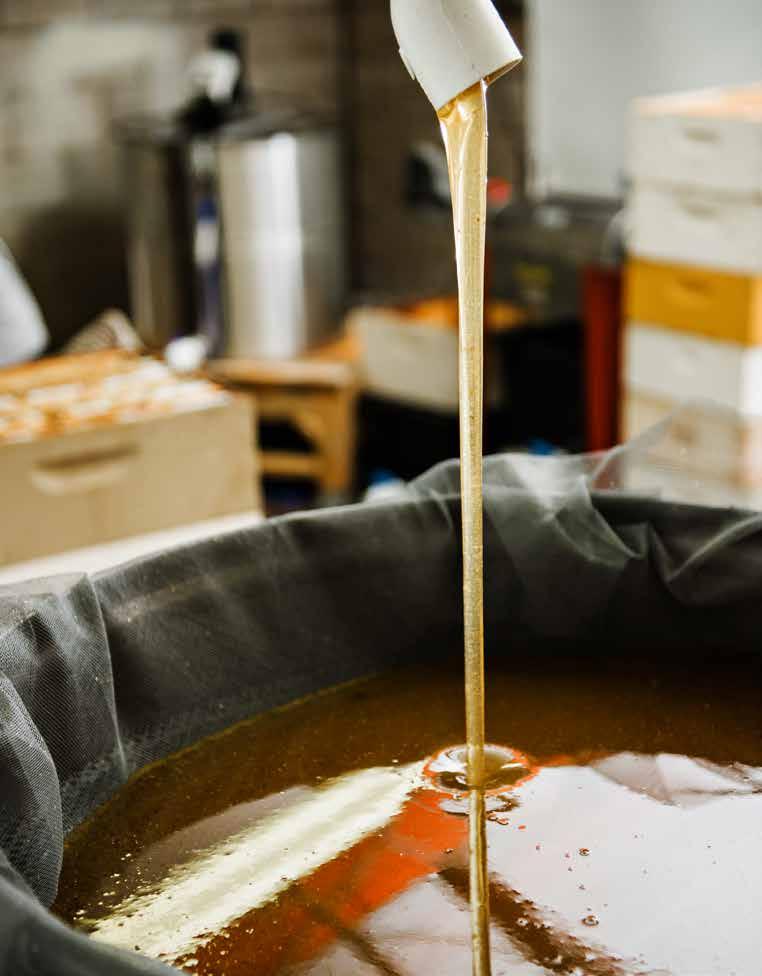
With 10 apiaries on O‘ahu, Manoa Honey Company produces beeswax, pollen, and honey, which are sold at local stores and farmers markets.
オアフ島に10の養蜂場を持つマノアハニーカンパニーは、 ビーズワックスや花粉、蜂蜜を採取し、地元の小売店や ファーマーズマーケットで販売している。
文=トラヴィス・ハンコック
写真=ジョン・フック
George Mavrothalassitis, who served as the executive chef of Halekulani from 1988 to 1995, was one of the 12 chefs who changed the culinary landscape of Hawai‘i with a cooking style that came to be known as Hawai‘i Regional Cuisine.
IMAGE COURTESY OF CHEF MAVRO
25年前、1988年から1995年
までハレクラニのエグゼクティ ブシェフを務めたジョージ・マブ ロサラシティス氏をはじめとす る12名のシェフが、ハワイ・リー ジョナル・キュイジーヌと呼ばれ る新しい調理スタイルでハワイ の料理界に革命を起こした。
TASTE MAKERS
新しい味の創造者たち
Twenty-five years ago, 12 chefs pioneered a new culinary movement called Hawai‘i Regional Cuisine, and the isles’ food scene has never been the same.
ハワイのフードシーンを変えた12名のシェフによる「ハワイ・リージョナル・キュイジーヌ」
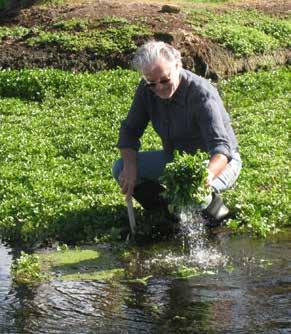
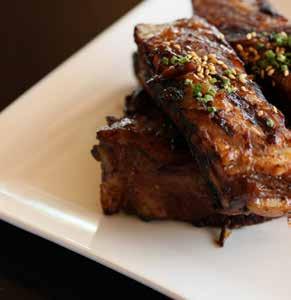
“Welcome to the last frontier in American cooking,” opens The New Cuisine of Hawaii, published in 1994. Three years before, 12 chefs had banded together to debut Hawai‘i Regional Cuisine, which the cookbook’s recipes exemplified. Hawai‘i Regional Cuisine would overthrow the culinary stereotype of the time: that Hawaiian food was pizza with pineapple, and that fine dining in the islands meant European dishes made with imported ingredients, including frozen fish.
The 12—Sam Choy, Roger Dikon, Mark Ellman, Beverly Gannon, Jean-Marie Josselin, George Mavrothalassitis, Peter Merriman, Amy Ferguson-Ota, Philippe Padovani, Gary Strehl, Alan Wong, and Roy Yamaguchi—were a motley crew scattered across the islands, some born and raised in Hawai‘i, others recent transplants hailing from Texas to France. What united them was a shared furstration with Hawai‘i’s culinary scene and reputation, and the desire to promote fresh, 1994年に出版された『ザ・ニュー・キュイジーヌ・オブ・ハワイ』は、 「アメリカ料理の最後のフロンティアへようこそ」という一節で始まる。 その本が発行されるちょうど3年前、12名のシェフが集まり、ハワイ・リ ージョナル・キュイジーヌがデビューした。そのレシピを集めらたのがこ の料理本だ。ハワイ・リージョナル・キュイジーヌは、パイナップルを乗せ たピザをハワイアンフードと呼び、冷凍の魚介類などの輸入食材を使っ たヨーロッパ料理がハワイの高級ダイニングとされた当時の既成概念 を覆すものであった。
サム・チョイ、ロジャー・ダイコン、マーク・エルマン、ビバリー・ギャナン、 ジャン・マリー・ジョセリン、ジョージ・マブロサラシティス、ピーター・メ リマン、エイミー・ファーガソン・オータ、フィリープ・パドヴァーニ、ゲイリ ー・ストレール、アラン・ウォン、ロイ・ヤマグチの12名のシェフは、ハワイ 各地から集まった個性的なメンバーだ。ハワイで生まれ育ったシェフや
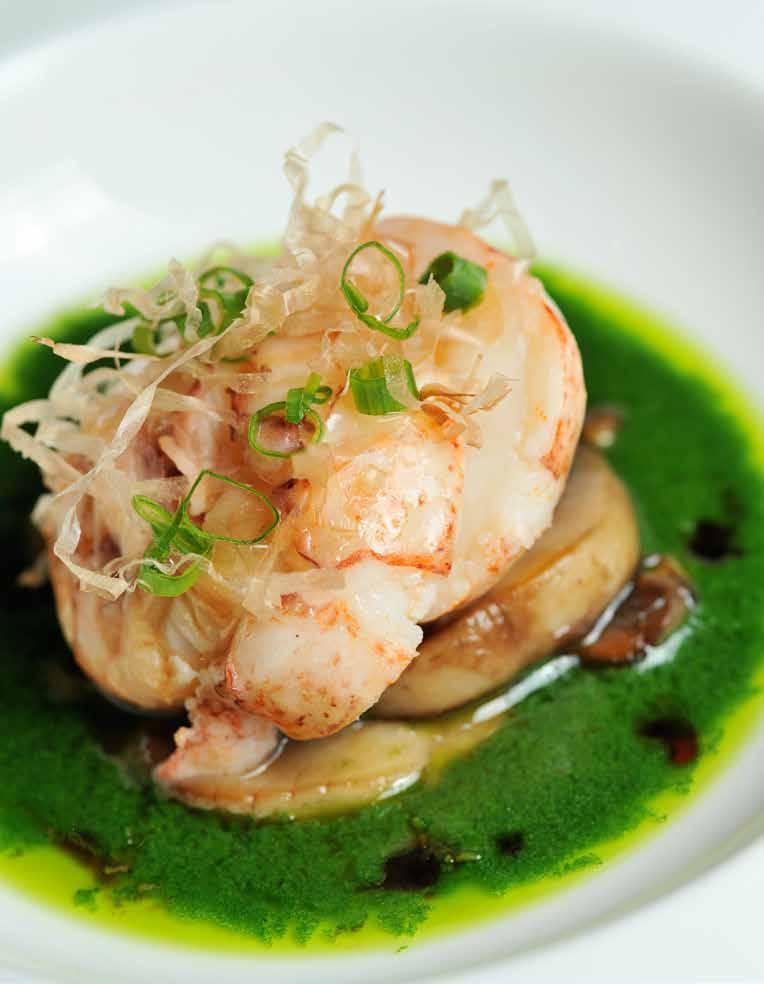
It’s hard to imagine now, but two decades ago, agriculture in Hawai‘i was geared toward export, and farms growing products like tomatoes, asparagus, and even basil were rare.
今からは想像もつかないが、20年前のハワイの農業は輸出を対象と しており、トマトやアスパラガス、バジルなどの野菜を栽培する 農家は稀であった。
locally grown ingredients. O‘ahu-born Sam Choy, who had two restaurants in Kailua-Kona on Hawai‘i Island, created Hawai‘i’s version of soul food with dishes like a hearty fish soup fortified with breadfruit and sweet potato, and a fried kajiki poke over soba noodles. Peter Merriman, originally from Pittsburgh, described his food at Merriman’s in Waimea on Hawai‘i Island as “straightforward country style,” inspired by the local ranches in the area. He is credited with introducing the 12 chefs to the small network of farmers he had cultivated, opening the chefs’ eyes to the possibilities of what ingredients can be grown in Hawai‘i, from baby lettuce to vine-ripened tomatoes.
At the time, agriculture in Hawai‘i was geared toward export, primarily pineapple and sugar. Farms growing products like tomatoes, asparagus, and even basil were rare. Merriman, in fact, had to ask farmers to grow herbs for him, and it took him three years to develop a reliable source for tomatoes.
Mavrothalassitis, who served as the chef of La Mer and executive chef of Halekulani from 1988 to 1995, says the running joke of the era was that the best food you were going to get in Hawai‘i was the food on the plane. “Everybody was coming to Waikīkī and expecting to get bad food,” he says. “This was true of Waikīkī, because chefs were cooking with frozen [imported] food. But it wasn’t true at all for the rest of Hawai‘i. The Chinese, Hawaiian, Korean, Japanese, and Filipino were already here, already using beautiful ingredients.” The tourists didn’t know that—all they saw were Caesar salads and sole almondine and perhaps the occasional kālua pig and poi at a tourist lū‘au. So the Hawai‘i Regional Cuisine chefs showed them. Mavrothalassitis did so by highlighting Hawai‘i’s seafood: raw ‘ahi tartare, crowned with caviar and a taro chip; whole onaga, baked in a salt crust; a medley of seafood, including mahimahi, nohu (rock cod), and Kahuku prawns, in a tamarind nage.
Mavrothalassitis’ predecessor, and former Halekulani executive chef, Philippe Padovani, says that when he was brought to Halekulani from France as a consultant, his superiors told him they wanted La Mer’s menu sketched out before he arrived. He responded that he needed to go to the markets first. “‘We’re not in France, this is Hawai‘i,’” Padovani recalls being told, to which he replied, “You have
テキサスやフランスなどから移住したばかりのシェフもいた。そんな彼ら が結集した背景には、当時のハワイの料理界とその評判への不満と新 鮮な地元産の食材を提供したいという思いがあった。ハワイ島のカイル アコナに2つのレストランを経営していたローカルボーイのサム・チョイ 氏は、パンノキとサツマイモを使ったボリュームたっぷりの魚のスープや 蕎麦の上に揚げたカジキのポキを乗せた料理など、ハワイのソウルフー ドともいえる料理の数々を生み出した。一方、ピッツバーグ出身のピータ ー・メリマン氏は、ハワイ島のワイメアにある「メリマンズ」で地元の牧場 にインスパイアされた素朴なカントリースタイルの料理を提供していた。
自らが関係を構築した少数の地元の農家たちを12名のシェフに紹介 し、ベビーレタスから完熟トマトやロブスターまで、ハワイで育てることの できる食材の可能性にシェフたちの目を開かせたのも彼である。
当時、ハワイの農業は主に輸出用のパイナップルと砂糖が中心で、 トマトやアスパラガス、バジルのような野菜を育てる農家は稀であっ た。実際、メリマン氏は彼のレストランのためのハーブの栽培を農家に 依頼しなければならなかったし、トマトの安定した供給源を開拓するの に3年もかかったという。
1988年から1995年まで、「ラ メール」のシェフとハレクラニのエグ ゼクティブシェフを務めたマブロサラシティス氏は当時、「ハワイで食べ る一番美味しい料理は機内食だ」という冗談を繰り返し聞いたという。 彼は「訪れる人誰もがワイキキの食事はまずいことを知っていたし、そ れは事実でした。ワイキキのシェフたちは、輸入された冷凍食品を使っ て料理していましたから。ただこれはワイキキに限ってのことで、ハワイ の他の地域では全く違いました。ハワイアンをはじめ、中国や韓国、日 本、フィリピンからの移民が新鮮で美味しい食材を使用していたので す」と続けた。そうとは知らず観光客たちがハワイで口にするものとい えば、シーザーサラダやヒラメのアーモンドソテー、そして観光客向け のルアウでたまに供されるカルアピッグやポイぐらいのものだった。そこ でハワイ・リージョナル・キュイジーヌのシェフたちは立ち上がった。マ ブロサラシティス氏は、ハワイの海の幸をふんだんに取り入れた独自の 料理を確立した。キャビアとタロイモチップをのせたアヒ(マグロ)のタ ルタルや、丸一匹を塩で包んで焼いたオナガ、タマリンドナージュで煮 込んだマヒマヒやノフ(メバル)やカフク海老のシーフードメドレーとい った料理である。
マブロサラシティス氏の前任で、ハレクラニのエグゼクティブシェフ であったパドヴァーニ氏は、コンサルタントとしてフランスからハレクラ ニにやってくる際、上司たちから到着前にラ メールのメニュー案を出す
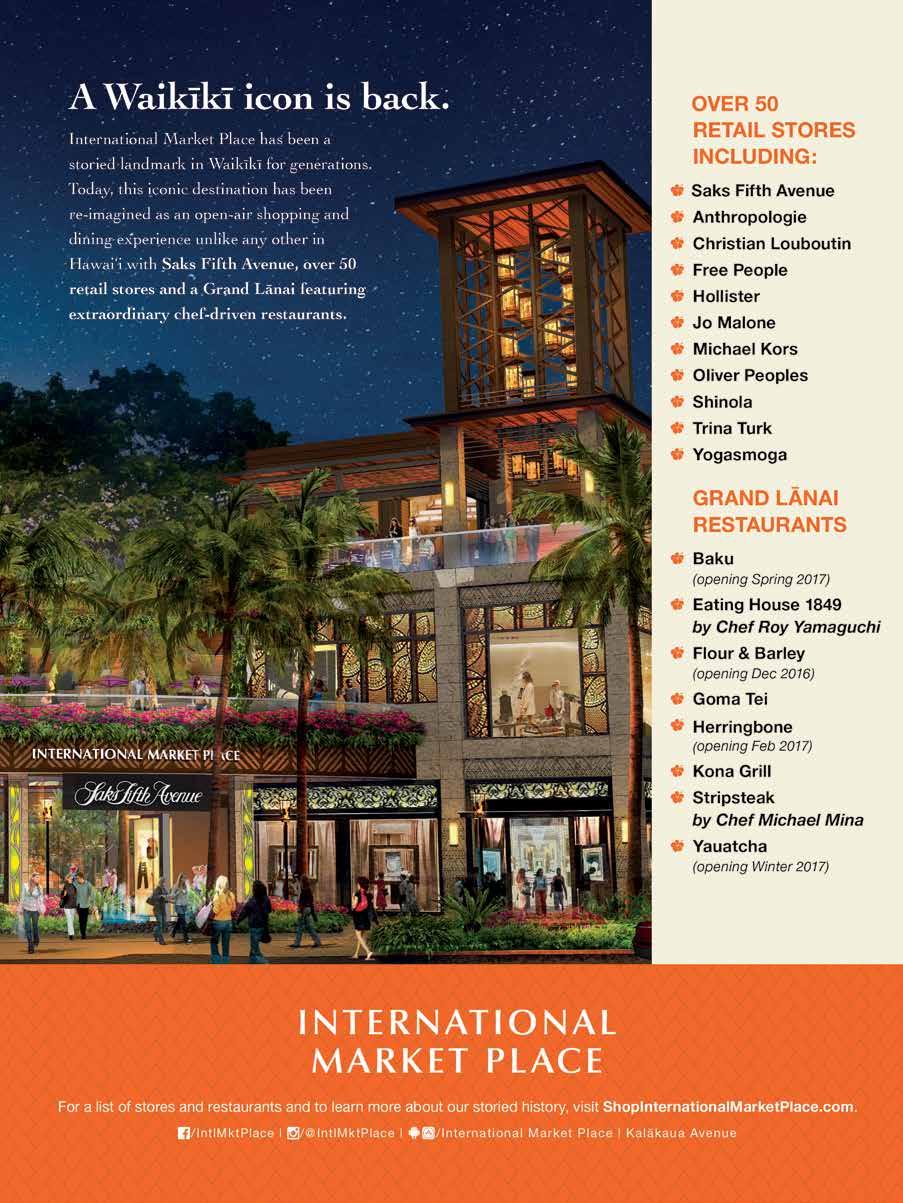

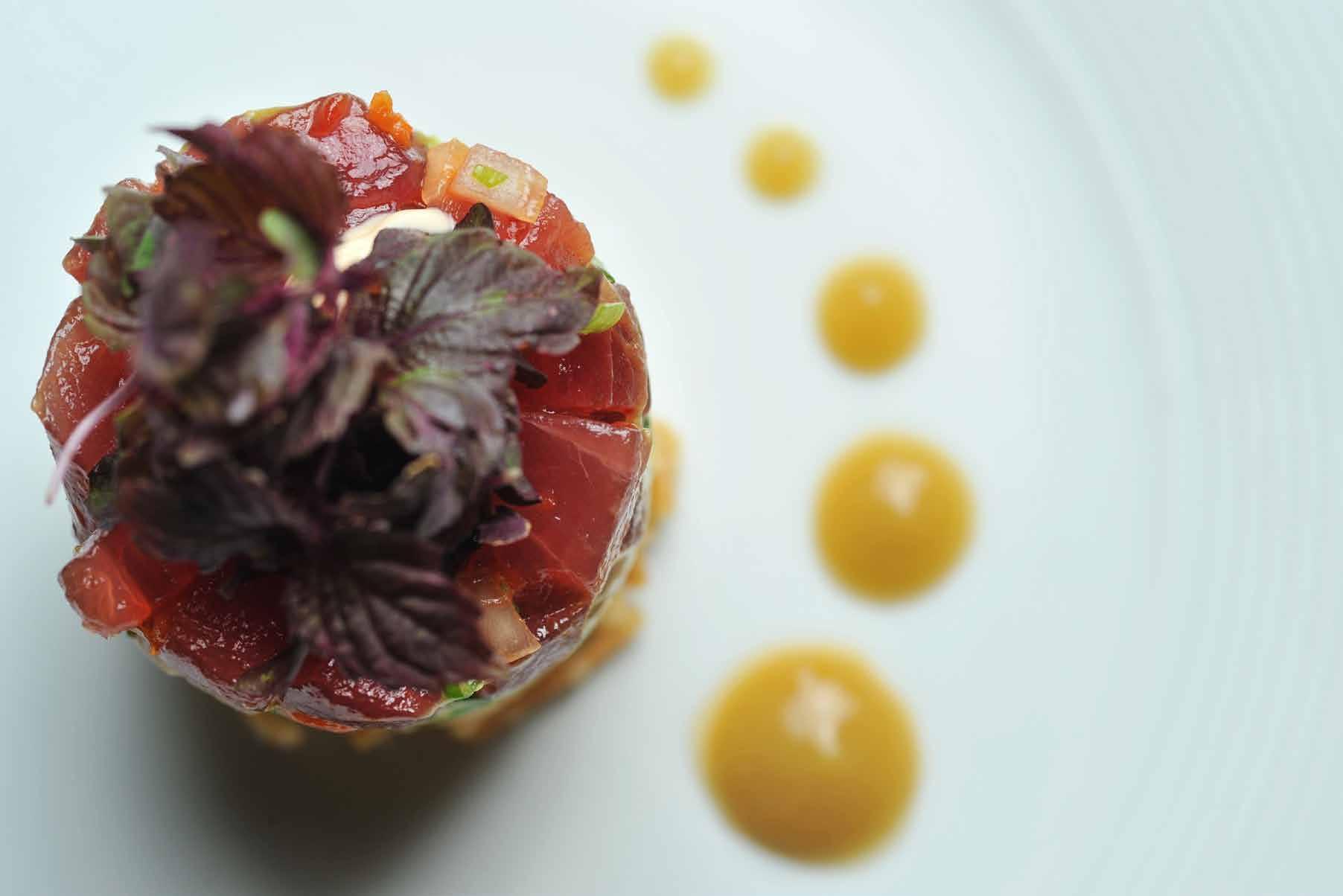

Hawai‘i Regional Cuisine was not the last frontier, for it continues to evolve, dissolve boundaries, and transcend generations.
a Chinatown. I’m the chef here, I’ll give the orders, thank you very much.”
In Honolulu’s Chinatown, he found tiny moano, or goatfish, which he panfried and served over snow peas and bacon in a curry sauce. He bought ‘ōpakapaka and baked it, bundled in tī leaves with ogo, shiitake mushrooms, and Szechwan chili sauce. From the Wailea Agricultural Group, a farm on Big Island, he ordered the star product, fresh heart of palm, and made a vichyssoise. “That is holy water,” he says. “If I had to date a girl or have the vichyssoise, I would take the vichyssoise. I can find a girl another time.”
It turns out that The New Cuisine of Hawaii was wrong. Hawai‘i Regional Cuisine was not the last frontier, for it continues to evolve, dissolve boundaries, and transcend generations. All its chefs continue to cook and reinvent themselves: Mavrothalassitis still helms his restaurant Chef Mavro, along with the nextgeneration chef, Jonathan Mizukami, where the pair’s creativity results in a constantly changing menu; Padovani now produces exquisite chocolates in more than 40 varieties, including one filled with a pirie mango ganache and another with a liliko‘i caramel. Merriman plans to open two new restaurants on O‘ahu by 2017; Roy Yamaguchi, who now calls his culinary style “Hawai‘i heritage cooking,” is opening two locations of Eating House 1849, his homage to Hawai‘i’s multiethnic island culture; Alan Wong, perhaps the group’s most famous icon, recently opened a restaurant in Shanghai.
But Hawai‘i Regional Cuisine isn’t confined to restaurant kitchens—its influence reaches far beyond that. Because of this local culinary renaissance, Wong says, “the spirit in which we look at food, ingredients, and cooking at home has changed. Today, you can go to a potluck, and some aunties are using a product from a specific farmer in their home-cooked food. That never happened 25 years ago. Or some uncle got creative with his fried ‘ahi belly and [made a] ponzu relish to go with it. This is all happening because some culinary barriers were broken a long time ago, and it [is] now possible to do much more.”
よう言われ、まず市場に行く必要があると答えた。すると「ここはフラン スじゃない、ハワイだ」と言われたことをパドヴァーニ氏は今も覚えてい る。これに対し彼は、「ハワイにもチャイナタウンがあるでしょう。シェフ は私ですから、私が決めさせてもらいます。どうも」と答えたという。
パドヴァーニ氏は、ホノルルのチャイナタウンで見つけた小さなモアノ (ヒメジ)をフライパンで焼き、えんどう豆とベーコンの上にのせカレー ソースを添えた料理や、とれたてのオパカパカを焼き、オゴ(海藻)としい たけとともにティリーフで包んで四川チリソ-スで仕上げるといった独創 的なメニューを作り上げた。またハワイ島にある農家のワイレア・アグリ カルチュラル・グループの新鮮なハーツ・オブ・パームを注文してビシソワ ーズを作った。「それは聖水のようです。私は女の子とデートするかビシ ソワーズを食べるか二者択一しなければならないとしたら、ビシソワーズ を選ぶことでしょう。女の子は別の時に見つけることができますからね」 とパドヴァーニ氏。
『ザ・ニュー・キュイジーヌ・オブ・ハワイ』の冒頭の一節は間違っていた ようだ。ハワイ・リージョナル・キュイジーヌは最後のフロンティアではな く、進化し続け、あらゆる境界をなくし、世代を超えていくものだ。12名の シェフたちはこれからも新しい料理を創造し続け、彼ら自身を再発見し 続けるのだから。マブロサラシティス氏は、次世代のシェフ、ジョナサン・ ミズカミ氏とともに彼のレストラン「シェフ・マブロ」を指揮し、二人の創 造性によって絶えず変化するメニューを提供している。パドヴァーニ氏 は、いくつかのレストラン経営を経て、今はリリコイキャラメルやピリーマ ンゴーガナッシュの入ったものなど、40種類もの高級チョコレートを作 っている。メリマン氏は、2017年までにオアフ島に2つの新しいレストラ ンをオープンする予定だ。また「ハワイ・ヘリテージ・クッキング」という独 自の料理スタイルを開拓しているロイ・ヤマグチ氏は、多民族的なハワ イの島文化への愛着を込めたレストラン「Eating House 1849」を2店 舗オープンする。そして12名のシェフの中でおそらくもっとも有名なシェ フのアラン・ウォン氏は最近、上海にレストランをオープンさせた。
だがハワイ・リージョナル・キュイジーヌは、レストランの厨房に限ら れたものではない。その影響はもっと広範囲にまで及んでいる。「このハ ワイの食のルネッサンスによって、私たちの家庭での食べ物や食材、調 理の見方や考え方が変わりました。最近ではポットラック(食べ物を持 ち寄るパーティ)に行くと、アンティの作った家庭料理に地元農家の野 菜が使われていたりします。それは25年前にはありえなかったことです。 自家製のポン酢レリッシュをかけた洒落たアヒベリー(マグロの腹身)の フライを出すアンクルがいたりするのも、ずっと前にハワイの料理に境界 線がなくなって多くの新しい可能性が開けたからです」とウォン氏。
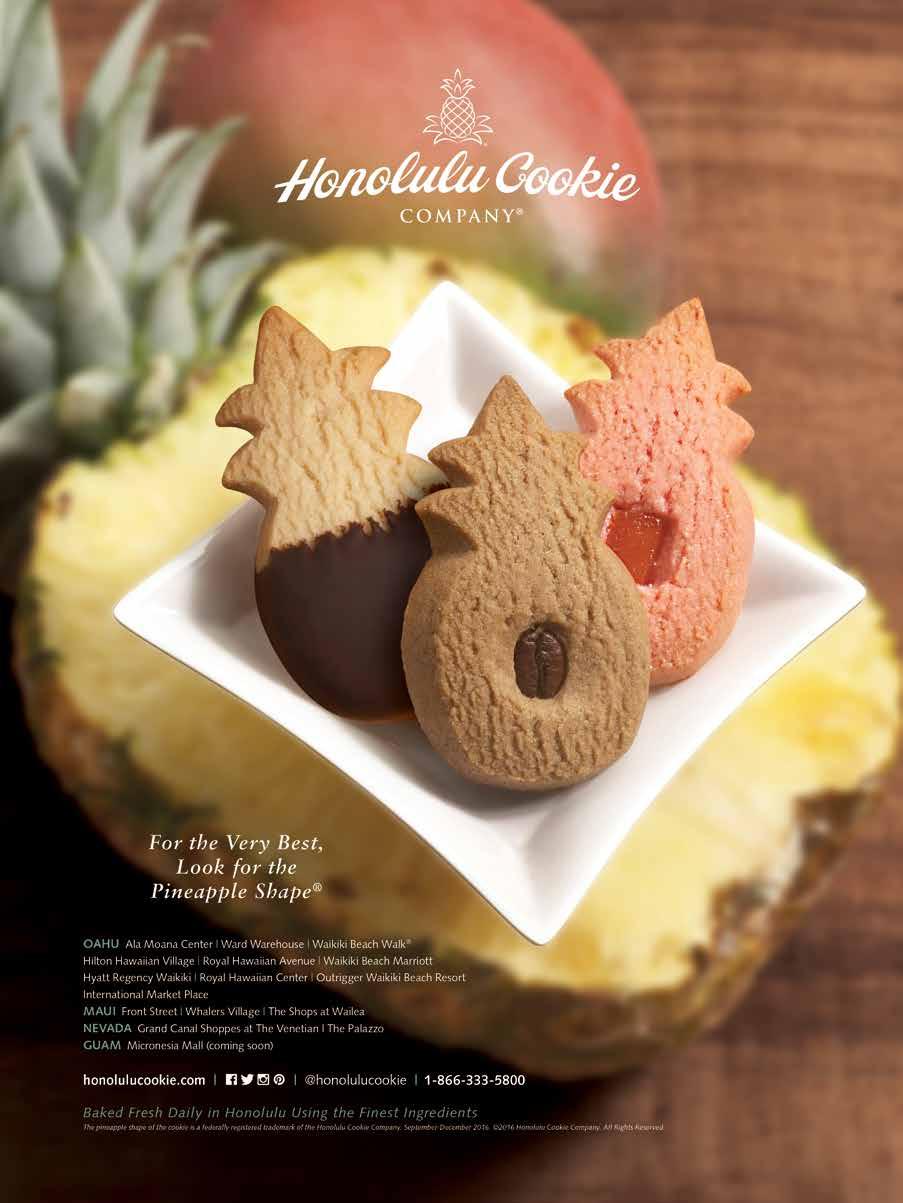

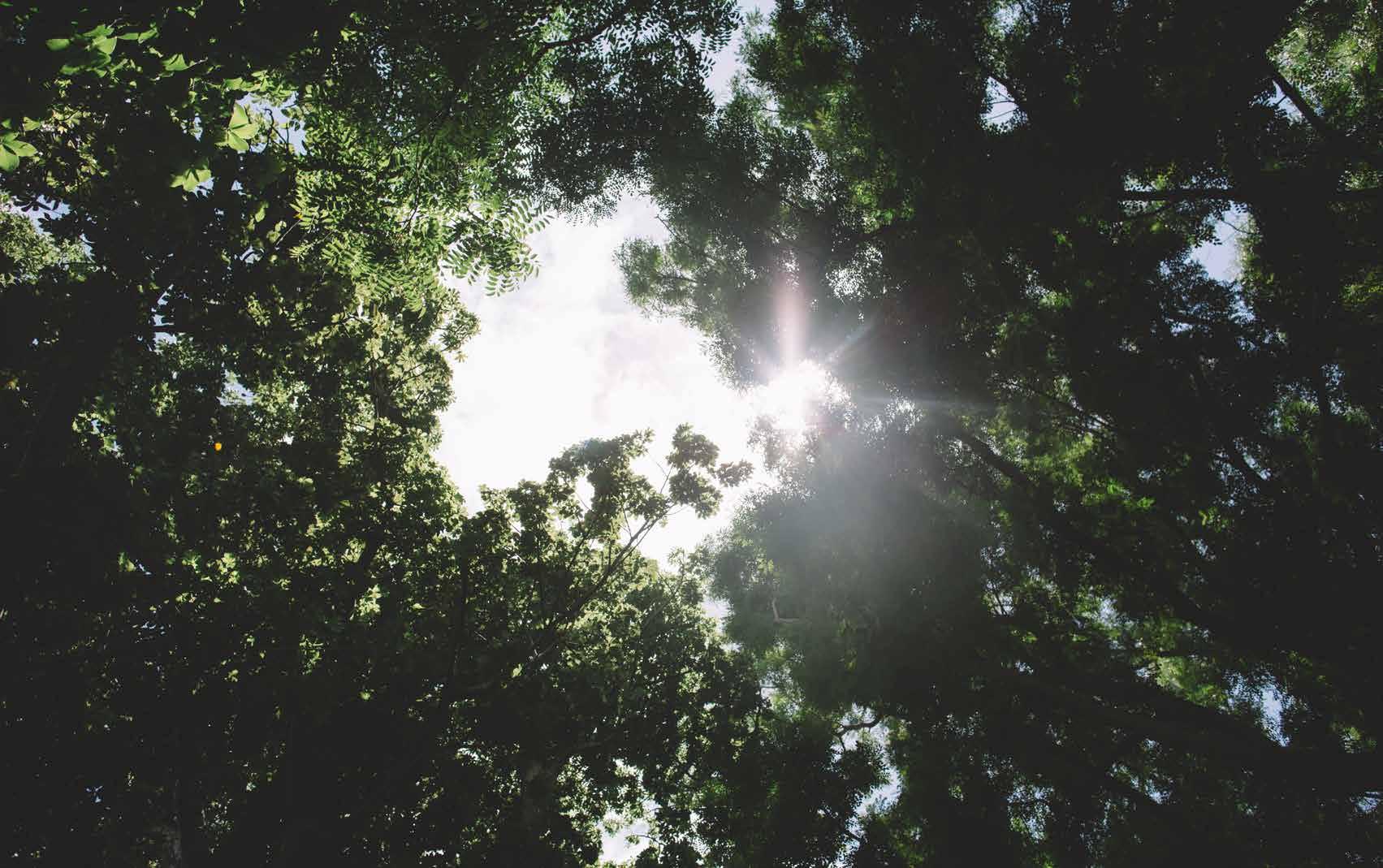

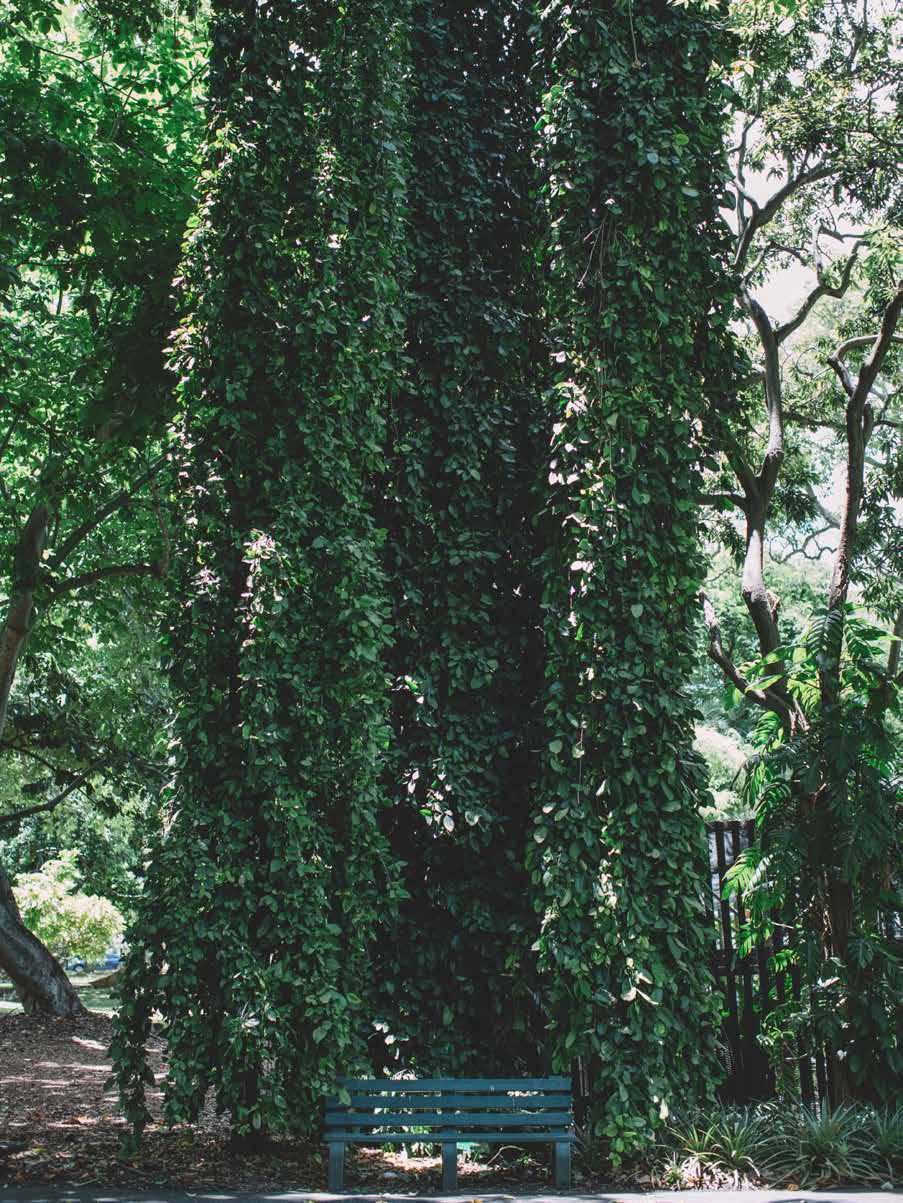
 TEXT BY KEVIN WHITTON
IMAGES BY JONAS MAON
TEXT BY KEVIN WHITTON
IMAGES BY JONAS MAON
文=ケビン・ホイットン 写真=ジョナス・マオン
BOTANICAL ESCAPES
植物の癒し
In
Honolulu, botanical gardens provide respite from urban sprawl and are invaluable resources for maintaining biodiversity.
都市部に憩いの場をもたらし、生物多様性を維持するホノルルの植物園
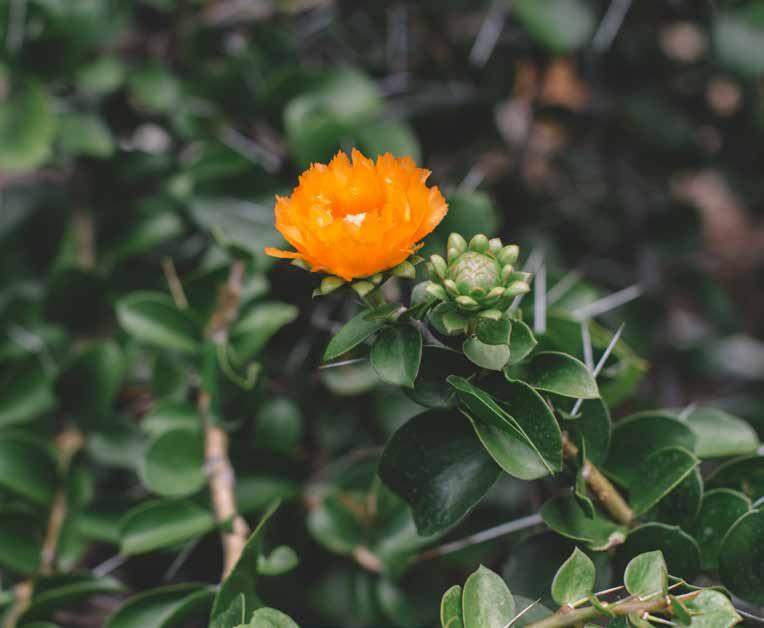
As urban sprawl swallows up green spaces, Honolulu’s botanical gardens, like the Lili‘uokalani Botanical Garden (123 N. Kuakini St.), shown right, and Foster Botanical Garden (180 N. Vineyard Blvd.), shown on previous pages, are increasingly crucial to maintaining biodiversity.
都心部で緑地が減少の一途を たどる中、右手のリリウオカラニ 植物園や前ページのフォスター 植物園をはじめとするホノルル の植物園は、生物多様性の維持 という観点からも、より貴重な 存在となっている。
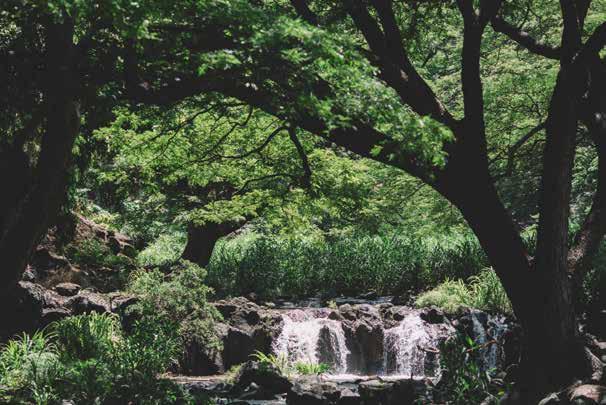
In 1853, German physician William Hillebrand journeyed to Hawai‘i for its warm climate, the prescription for his lung ailment. A citizen botanist with a passion for plants, Hillebrand leased a parcel of land on O‘ahu from Queen Kalama upon his arrival, where he built a house and cultivated around it a canopy of exotic trees and endemic Hawaiian flora and fauna.
He was appointed physician to the royal family of King Kamehameha IV eight years later, and went on to serve as the chief physician at The Queen’s Hospital. It was a significant time to be a doctor in the isles. Ma‘i ho‘oka‘awale, or the separating sickness, as leprosy became known, was spreading throughout Hawai‘i. In 1865, Hillebrand was sent on behalf of the Kingdom of Hawai‘i to Asia and the East Indies to learn about treatments for the disease, and to collect and import plants and animals thought useful to the islands. He returned with many species, including deer, mynah birds, and earpod and kapok trees, which he planted on his main terrace. Before moving back to Germany, he sold the garden to Captain Thomas Foster and his wife, Mary, who later bequeathed the property to the city. In 1930, Foster Botanical Garden was opened to the public.
ドイツ人医師のウィリアム・ヒルブランドさんは1853年に肺疾患の療 養のため、気候の温暖なハワイへやってきた。熱心な植物学者でもあっ た彼は、ハワイに移住して間もなくカラマ王妃からオアフ島の一区画の 土地を借り、そこに家を建て、周りにエキゾチックな木々やハワイ固有 の植物や動物を飼育栽培した。
8年後、彼はカメハメハ4世の王室一家の医師に指名され、続いてク イーンズ病院の医長となる。当時のハワイでは医者は極めて貴重な存 在であった。この頃、ハワイ全土に“マイ・ホオカアヴァレ”と呼ばれ、のち にハンセン病として知られる疾病が流行していた。1865年にヒルブラ ンドさんはハワイ王国を代表し、その治療法を学ぶため、そしてハワイ に有益と思われる動植物を収集し持ち帰る目的でアジアや東インドに 送られた。鹿やマイナーバード(ムクドリの一種)、イヤーポッドやカポッ クの木といった多くの動植物を持ち帰り、これらの木を自宅正面のテラ スに植えたヒルブランドさんはドイツへの帰国を前に、この庭園をキャ プテン・トーマス・フォスター氏と妻のメアリーさんに売却する。その後、 夫妻によってホノルル市に遺贈され、1930年に開園したのが「フォスタ ー植物園」である。
ハワイの亜熱帯性気候を好むのは、太陽やビーチや温暖な風を求め て訪れる旅行者たちだけではない。土着の植物に混じって外来種も元
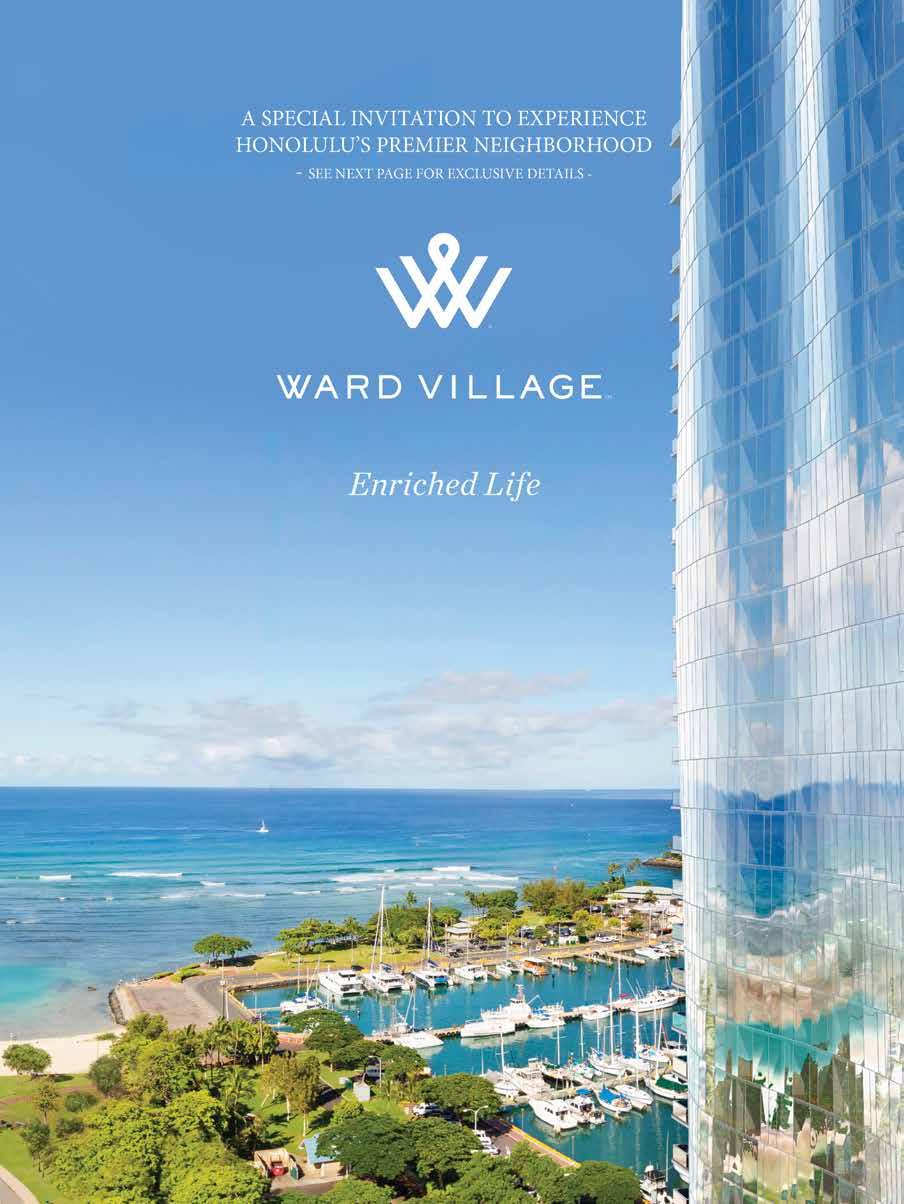

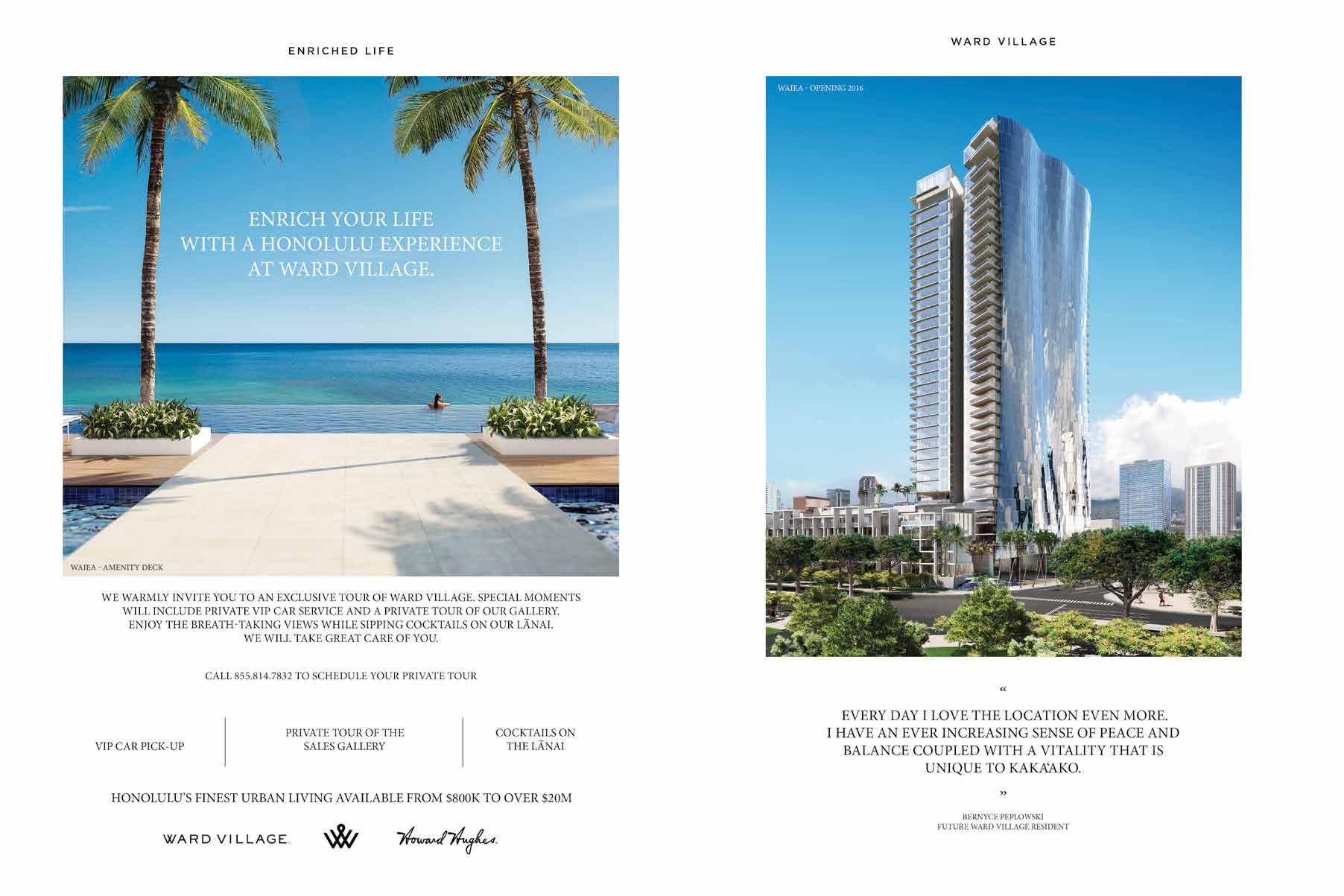

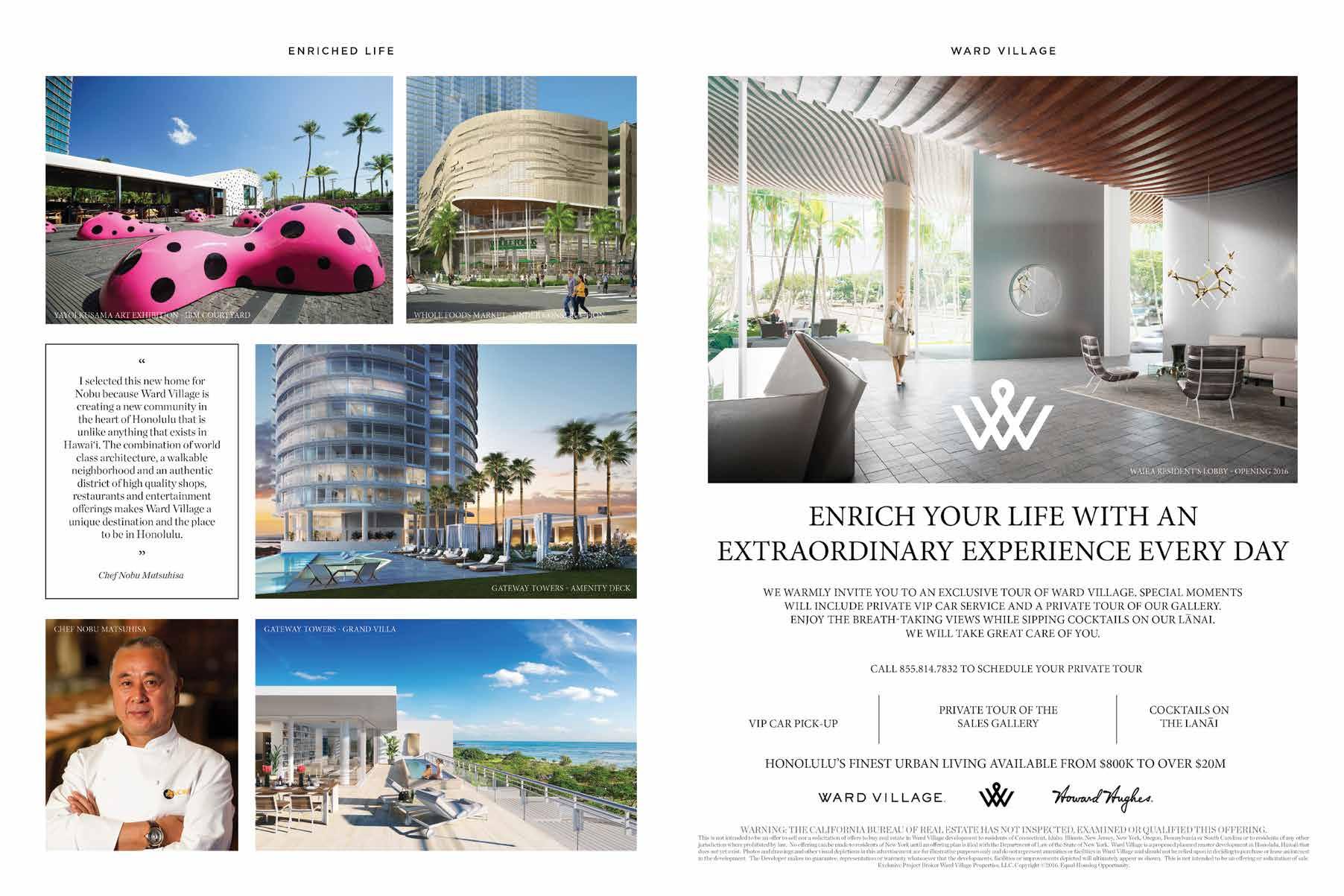

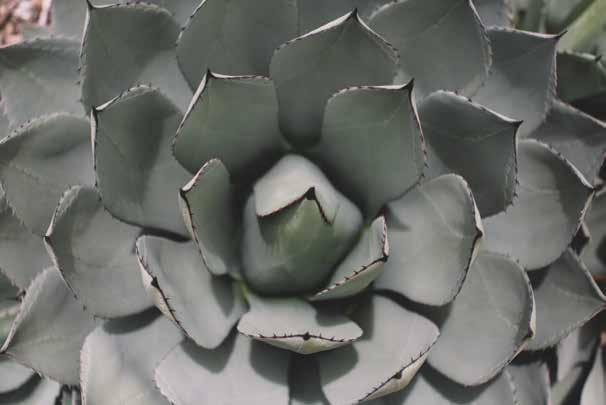
City and County of Honolulu officials soon realized that Hawai‘i’s climate was not only a draw for visitors looking for sun, sand, and warm breezes, but also a botanical haven where exotic species thrived next to native flora. To preserve and manage these plant collections, they created the Honolulu Botanical Gardens system. Between 1957 and 1989, under the direction of Paul R. Weissich, Hillebrand’s original garden was expanded with palms, orchids, cycads, and other trees impressive in rarity and stature, their branches now stretching hundreds of feet into the air. During that time, Weissich developed four additional sites around O‘ahu, working 650 acres of land into one of the most diverse plant collections in the United States.
Today, as urban sprawl continues swallowing green spaces, and invasive species brought to Hawai‘i over the decades threaten endemic plants, these Honolulu botanical gardens are increasingly crucial to maintaining biodiversity. Take Lili‘uokalani Botanical Garden, located a stone’s throw from Foster Botanical Garden in downtown Honolulu. It was once the favorite picnic grounds of Hawai‘i’s last reigning monarch, Queen Lili‘uokalani, who donated the 7.5-acre space to
気に育つハワイは、植物にとっても理想的な環境だ。そう気づいたホノ ルル市郡の職員たちは、収集されたこれらの植物を保護管理するため の組織「ホノルル・ボタニカル・ガーデンズ」を設立した。1957年から 1989年までの間、ポール・R・ワイシック氏の指揮のもとヒルブランドさ んの庭園は拡張され、椰子の木や蘭、ソテツをはじめ、希少で背の高い 木々が植えられた。これらの木々は、今では何百フィートもある枝を空 いっぱいに広げている。この間、ワイシック氏はオアフ島にもう4つの庭 園をオープンさせ、総面積650エーカーの土地は米国内で最も多様な 植物コレクションを有する植物園のうちのひとつとなった。
今日、都心部では緑地が減少の一途を辿り、過去数十年にわたって ハワイに持ち込まれた外来種が固有種の植物を脅かしている。そんな 中、生物多様性を維持しているホノルルの植物園は以前にも増して重 要な役割を担っていると言えよう。ホノルルのダウンタウンにあるフォス ター植物園からほど近い「リリウオカラニ植物園」は、かつてハワイ王朝 最後の君主、リリウオカラニ女王が好んでピクニックを楽しんだ場所で あった。この7.5エーカーの土地は、一般の人々に楽しんでもらうため女 王によってホノルル市へ寄付された。悠然と枝葉を広げた木々に覆わ れたこの庭園では、ワイカハルル滝やヌウアヌ川のせせらぎ音が都会の 喧騒を忘れさせてくれる。
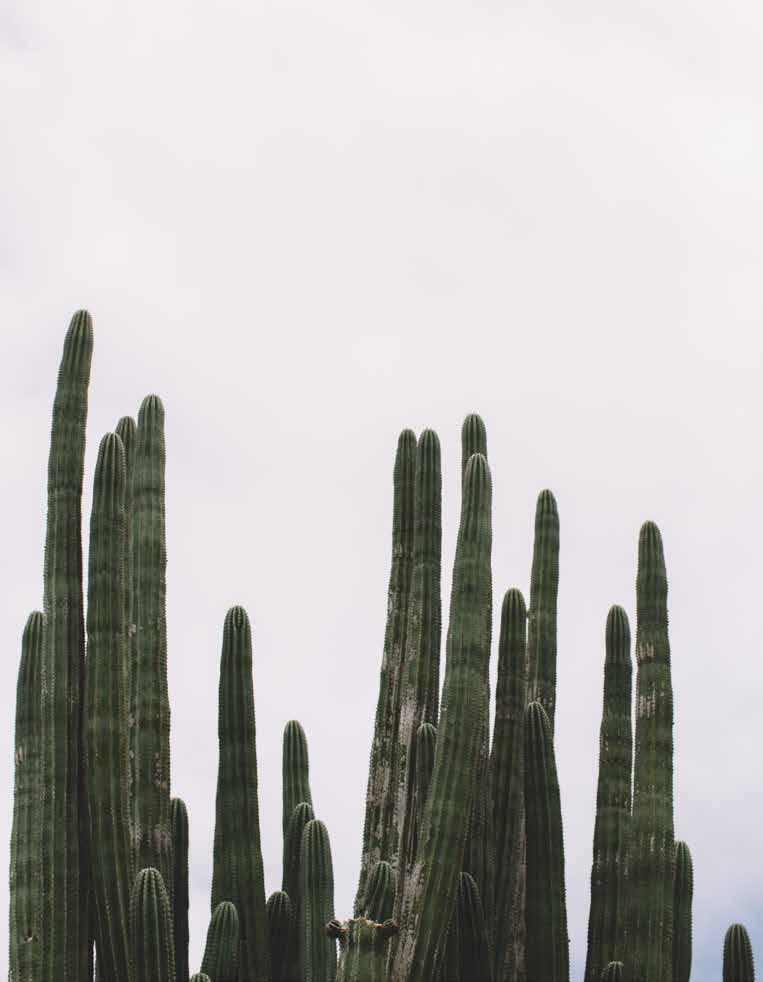
年間降雨量わずか12〜20インチという火山クレーターの中にある ココクレーター植物園(住所:7491 Kokonani St.)ではサボテンが 元気よく育っている。
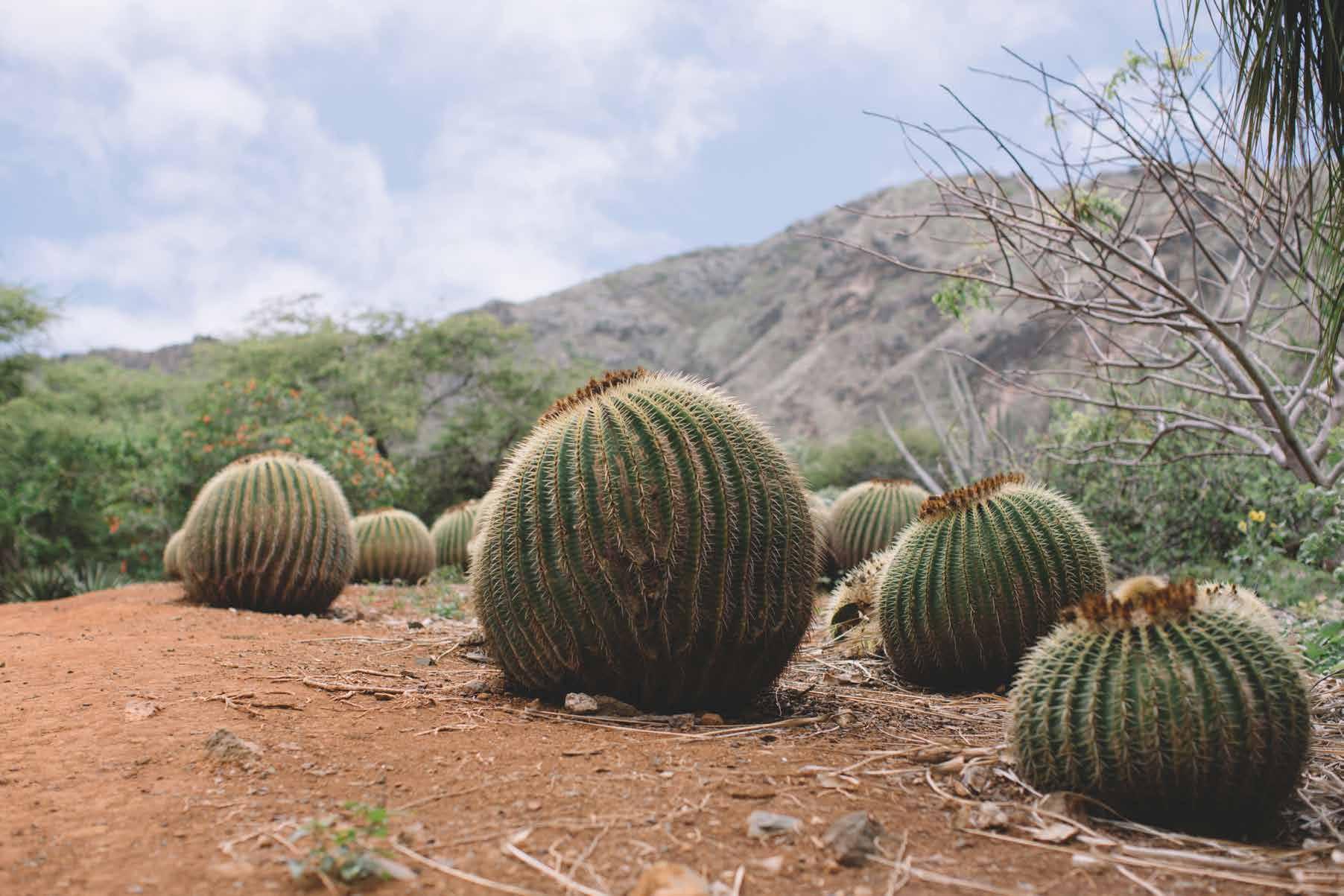
At 200 acres, Koko Crater Botanical Garden is a sprawling dryland garden featuring rare and endangered cacti, succulents, and other water-thrifty plants from the Americas, Madagascar, Africa, and Hawai‘i.

Between 1957 and 1989, 650 acres of land were transformed into O‘ahu’s five botanical gardens, which together offer one of the most diverse plant collections in the United States.
1957年から1989年までの間 に、計650エーカーの4つの 植物園がホノルルにオープン し、米国内で最も多様な植物 コレクションを有する植物園の ひとつとなった。
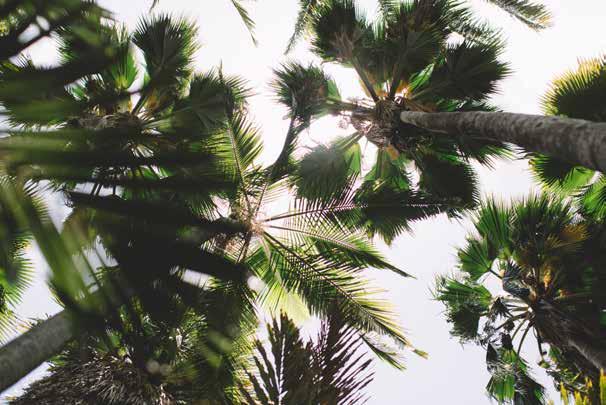
the city for the public to enjoy. Shaded by canopy trees, the gurgling waters of the gentle Waikahalulu Waterfall and Nu‘uanu Stream found within this garden supply an escape from the noise of city traffic.
To ditch the city altogether, head to the largest of Honolulu’s botanical gardens. At 200 acres, Koko Crater Botanical Garden is a sprawling dryland garden featuring rare and endangered cacti, succulents, and other waterthrifty plants from the Americas, Madagascar, Africa, and Hawai‘i. A prickly cactus is rarely associated with the Hawaiian Islands, but with the Koko Head region receiving a scant 12 to 20 inches of rain per year, the plants thrive in the hot and dry environment.
Koko Crater opens onto a plumeria grove, the largest collection of such hybrids in one locale. May through September, and sporadically throughout the year, the inflorescences are in full bloom. Trees filled with crimson red, cinnamon-scented flowers stand alongside those with fragrant yellow buds, and large pink-tipped blossoms send a delicate, sweet scent into the air. Beyond this, a two-mile loop trail circles the interior floor of the crater, guiding hikers through manicured plantings of cacti from Mexico, under hanging fruit of the sausage tree from Madagascar, and along swollen trunks of baobab trees from Africa—a breathtaking journey that reveals the depth of life in the islands.
都会から完全に逃避するなら、ホノルル・ボタニカル・ガーデン最大の 「ココクレーター植物園」を訪れるといい。乾燥した200エーカーのガ ーデンには、希少かつ絶滅危惧種のサボテンや多肉植物のほか、南北 アメリカ大陸やマダガスカル、アフリカ、ハワイの乾燥に強い植物が植 えられている。ハワイ諸島にはめったに縁のない棘のあるサボテンも、 年間降雨量わずか12〜20インチという高温乾燥地帯のココヘッドで は元気よく育っている。
ココクレーターは、一箇所に集められた交配種としては最大規模の プルメリア林に通じている。プルメリアの花は5月から9月にかけて、また 年間を通して散発的に満開となる。シナモンの匂いのするクリムゾンレ ッドの花や香りの良い黄色の蕾をいっぱいにつけた木、繊細で甘い芳 香を放つ花びらの先がピンクで大振りな花が揃って咲き乱れる。その 先にはクレーターの内側を一周する2マイルのトレイルがあり、ハイカ ーたちはメキシコのサボテンや木の実が蔓にぶら下がっているマダガ スカルのソーセージツリー、巨大な幹を持つアフリカのバオバブツリー などのある手の行き届いた植物園の散策を楽しむことができる。それは 自然に癒される素晴らしい体験となるだろう。

Hawai‘i’s climate is not only a draw for visitors looking for sun, sand, and warm breezes, but also a botanical haven where exotic species thrive next to native flora.
ハワイの亜熱帯性気候を好むのは、太陽やビーチや温暖な風を求めて 訪れる旅行者たちだけではない。土着の植物に混じって外来種も元気 に育つハワイは植物にとっても理想的な環境だ。
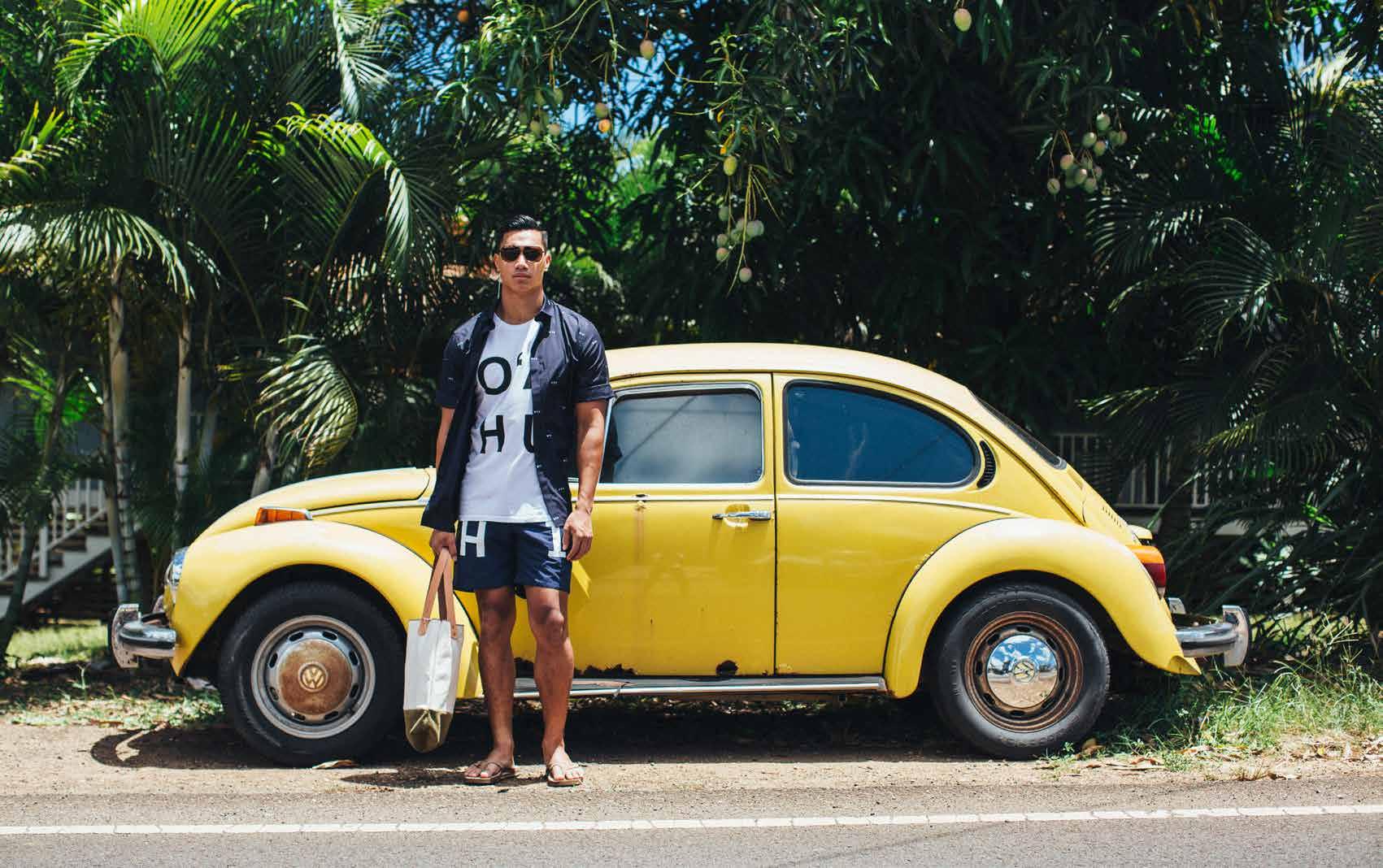

ITINERARY
NORTH SHORE
IMAGES BY
MARK KUSHIMISTYLED BY
ARA FEDUCIAHAIR AND MAKEUP BY
BAILEE NAKA‘AHIKI & JONAH DELA CRUZ, HMB SALON
MODELED BY EVA BLACKER & AARON DELOS REYES 写真=マーク・クシミ
EXPLORE KUALOA RANCH SPOTLIGHT INT’L MARKET SPOTLIGHT T GALLERIA
ITINERARY: WAIALUA AND HALE‘IWA
旅程:ワイアルアとハレイワ
ヘア&メイク=ベイリー・ナ
カアヒキ&ジョナ・デラ・クル
ス、HMB Salon
モデル=エバ・ブラッカー&ア
Hale‘iwa Bowls
At this small, grass-shackstyled kiosk (66-082 Kamehameha Hwy.), refuel with a refreshing açai bowl made with locally grown fruits like papaya, liliko‘i, lychee, mango, and avocado.
ハレイワ・ボウルズ
小さな茅葺小屋風のキオスク (住所:66-082 Kamehameha Hwy.)では、パパイヤ、リリ コイ、ライチ、マンゴ、アボカドな
ど、地元でとれたフルーツを使 った美味しいアサイボウルでエ ネルギーをリチャージできる。
HIKING
KELLY SUEDA
Though North Shore is known for its world-class surfing, the charming towns of Waialua and Hale‘iwa make for nostalgic retreats from urban Honolulu.
世界有数のサーフスポットとして有名なノースショアだが、趣のあるワイアルアとハレイワの街は、ホノルルの都 会から離れたノスタルジックな魅力に溢れている。

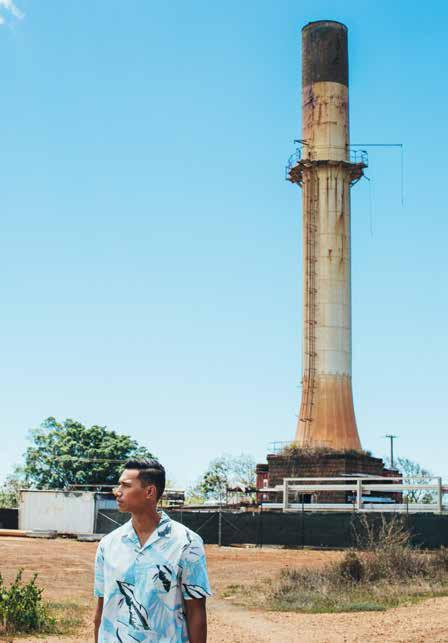
Waialua Sugar Mill
Once a hub of the sugar industry, the Waialua Sugar Mill (67-106 Kealohanui St.) on O‘ahu’s North Shore is now the sweet spot for makers of everything from surfboards to soap.
Above, on Aaron: Rag & Bone shirt, Bloomingdale’s.
Top right: weekender bag in “E Komo Mai” print, LeSportsac.
Bottom right, on Eva: watermelon tank, J.Crew; Lisa Marie Fernandez skirt, Bloomingdale’s; Elsa Peretti diamond hoop earrings, Tiffany & Co.
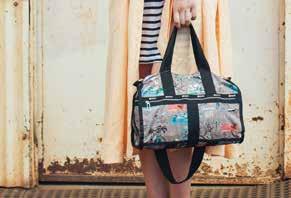
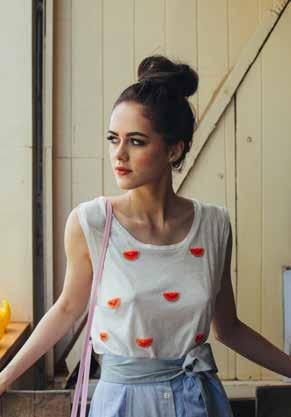
ワイアルア・シュガー・ミル オアフ島ノースショアにあり、か つて砂糖産業の中心であった ワイアルア・シュガー・ミル(住 所:67-106 Kealohanui St.) は、サーフボードからソープま で、手作りの店が集まる個性的 なスポットとなっている。
San Lorenzo Shave Ice
If you can’t bear to wait in the line snaking around the building of Matsumoto’s Shave Ice, head a few doors down to San Lorenzo Shave Ice (66-57 Kamehameha Hwy.). An offshoot of the popular swimsuit brand and shop, this shave ice spot is perfect for cooling down after a long beach day.
サンロレンゾ・シェイブアイス
マツモト・シェイブアイスの長 蛇の行列に並ぶのはちょっとと いう人は、その数軒先にあるサ ンロレンゾ・シェイブアイス (住所:66-57 Kamehameha Hwy.)を試してみてはどうだろ う。人気スイムウェアブランド のショップから分派したシェイ ブアイス店は、ビーチの後のク ールダウンにぴったりのスポ ットだ。
Aaron: Marni shirt and Christys’ hat, Bloomingdale’s; graphic tee, Salvage Public; shorts, J.Crew.
Eva: Kayu woven bag, Bloomingdale’s; denim romper, J.Crew; Elsa Peretti Bean earrings, Wave rings, and Diamonds by the Yard pendant, Return to Tiffany narrow circle edge cuff, all from Tiffany & Co.


Woolley Brothers Discover screen-printed art and apparel, and custom-shaped boards, at Woolley Brothers Screen Printing (67-069 Kealohanui St.), which is owned and operated by twin brothers Nat and Shaun Woolley and is housed in an iconic Waialua landmark that was once a bank. Open to the public, but appointments are suggested and can be made by calling 808-637-7468.
ウーリー・ブラザーズ 双子の兄弟のナットとショーン・ ウーリーさんが所有経営するウ
ーリー・ブラザーズ・スクリーン・ プリンティング(住所:67-069 Kealohanui St.)では、スクリ ーンプリントのアートや洋服、
カスタムボードなどを扱ってい る。工房はワイアルアの街で一 際目をひくもともと銀行だった
建物の中にある。工房は一般に 公開されているが、事前に電話 (808-637-7468)での予約を お勧めする。
Eva: Ace & Jig jumpsuit, Owens & Co.
Aaron: Neil Barrett shirt, Bloomingdale’s; Return to Tiffany Love heart tag key bracelet, Tiffany & Co.; Damianissima.925 mother of pearl necklace, Damiani.

Number 8 0 8
At Number 808 (66-165 Kamehameha Hwy.), opened by designsavvy couple Cappy and John Esguerra, shop a well-curated line of surf-inspired goods and apparel, including swimsuits by Malia Jones, tees by Saturdays Surf, and boardshorts by Mollusk.
ナンバー808 デザインにこだわるキャピー とジョン・エスクエラさんがオ ープンしたナンバー808(住 所:66-165 Kamehameha Hwy.)は、サーフィンをテーマに 厳選されたグッズやアパレルが 揃うショップ。Maila Jonesの 水着やSaturdays SurfのTシ ャツ、Molluskのボードショーツ などを扱う。
Eva: Mara Hoffman button-down tank, Bloomingdale’s; pineapple shorts, J.Crew; hat, Number 808; Elsa Peretti Bean earrings, Tiffany & Co.
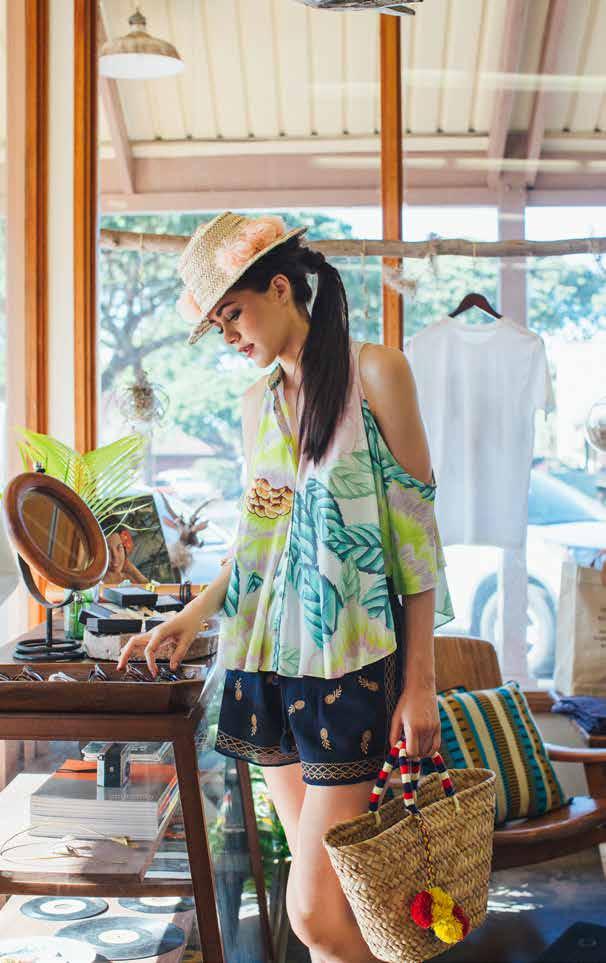

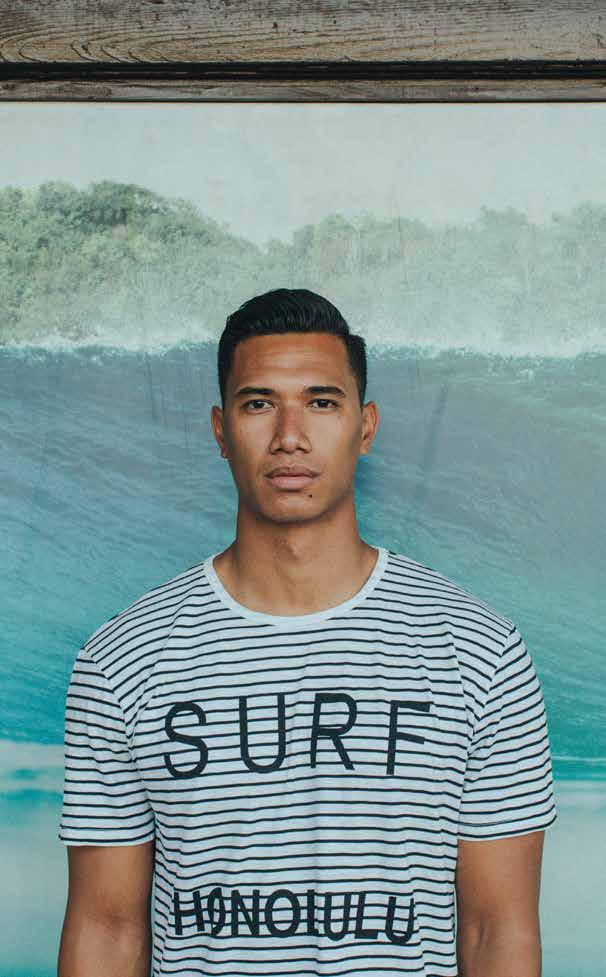
Rainbow Bridge
The historic Rainbow Bridge marks the northern entrance to Hale‘iwa town.
Eva and Aaron take a break behind Tropical Rush (62620 Kamehameha Hwy.), a shop that offers a variety of ocean rentals to explore Anahulu River, which can be accessed from behind the shop and empties into the ocean.
レインボーブリッジ
歴史あるレインボーブリッジ を渡るとハレイワタウンに入
る。写真はアナフル川で様々 なアクティビティを楽しめるマ リンスポーツレンタルのトロピ
カル・ラッシュ(住所:62-620 Kamehameha Hwy.)で一休
みするエバとアーロン。海に流 れ込むアナフル川へは、ショップ
の裏側からアクセスできる。
Eva: Vince off-theshoulder top and white shorts, Bloomingdale’s. Aaron: graphic tee, Salvage Public; Neil Barrett shorts, Bloomingdale’s.
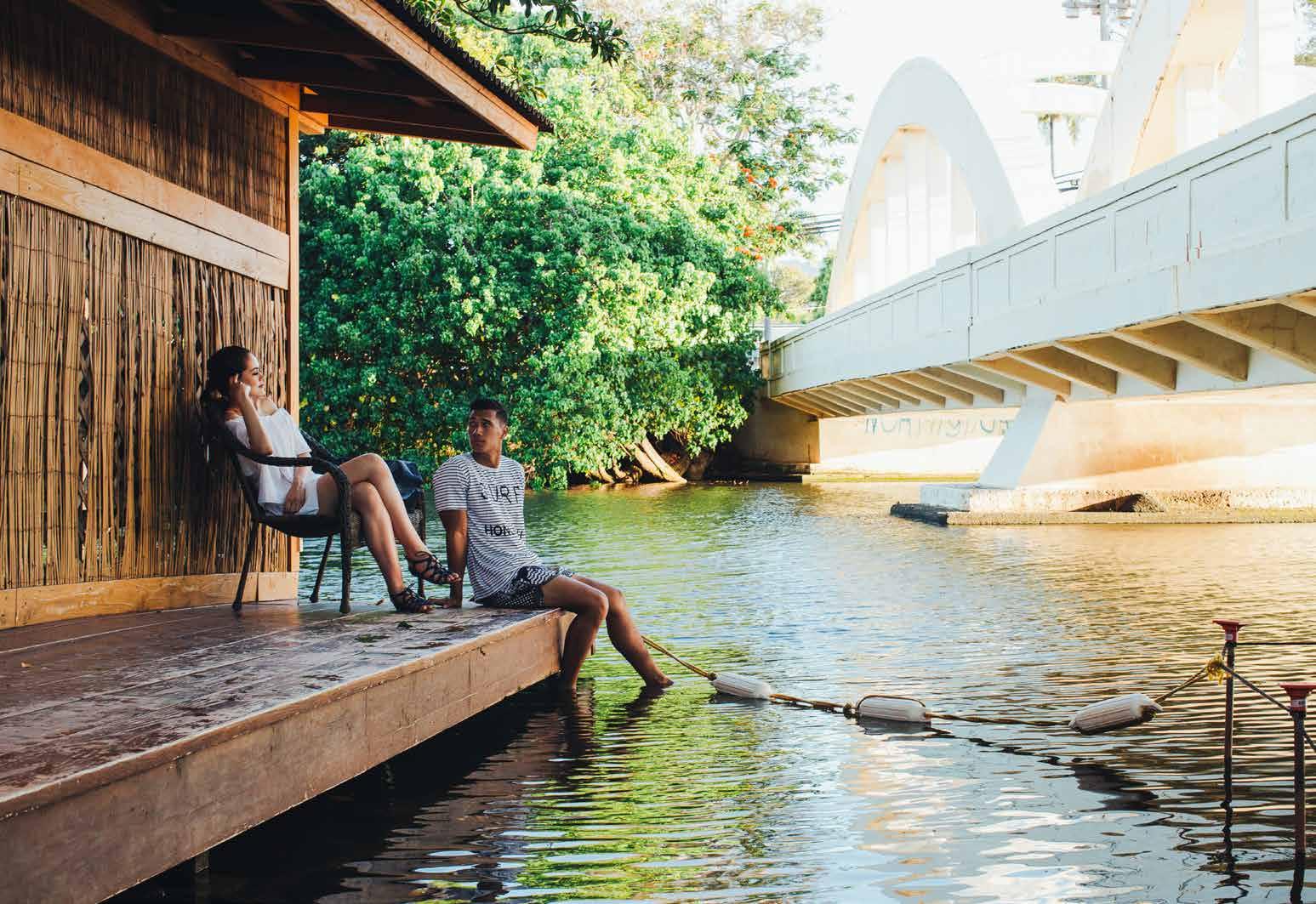

Damiani
Damiani (Ala Moana Center, Mall Level 2, Ewa Wing) is the only company in the world to have received 18 Diamonds International Awards. Every Damiani jewel is the result of painstaking creative work, exclusive design, great attention to detail, the quality of the gems and the precision of the craftsmanship. Today, the jewels are still made by hand, one by one, in Italy. Eva wears a Diamianissima collection bracelet, available at Damiani.
ダミアーニ
ダミアーニ (アラモアナセンタ ー、エヴァウィング、モールレベ ル 2)は、世界で唯一18のダイ アモンド・インターナショナル・ アワードを受賞している。ダミア
ーニの宝石は全て、細部にまで 至る芸術的な手作業と個性あ ふれる優れたデザイン、精巧な 仕上げ、宝石の品質、精密な職 人技の賜物である。ダミアーニ の宝石は現在もイタリアでひと つひとつ手作りされている。
Eva: Lisa Marie Fernandez linen dress and Alexander Wang striped dress, Bloomingdale’s; widebrimmed hat, J.Crew.
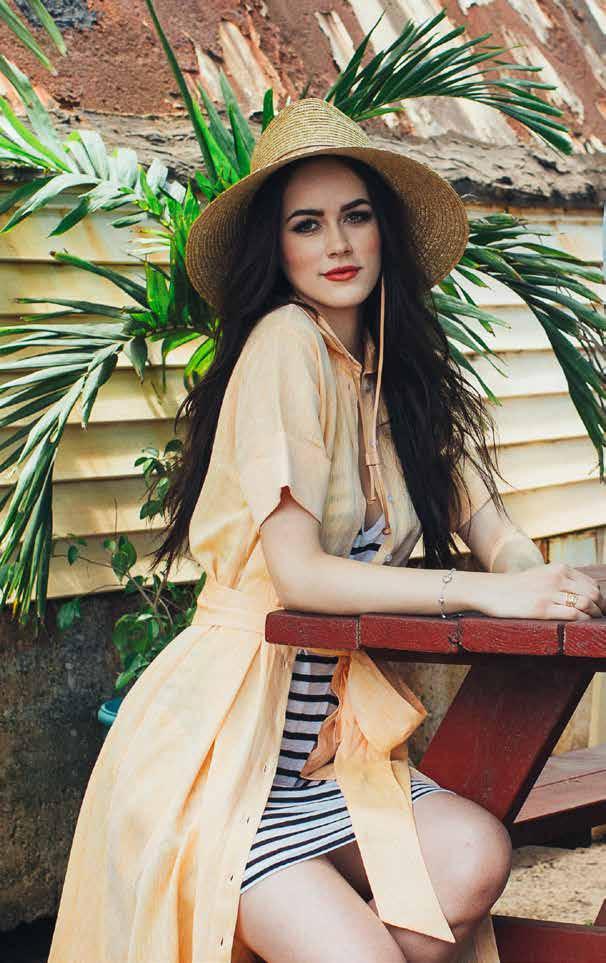
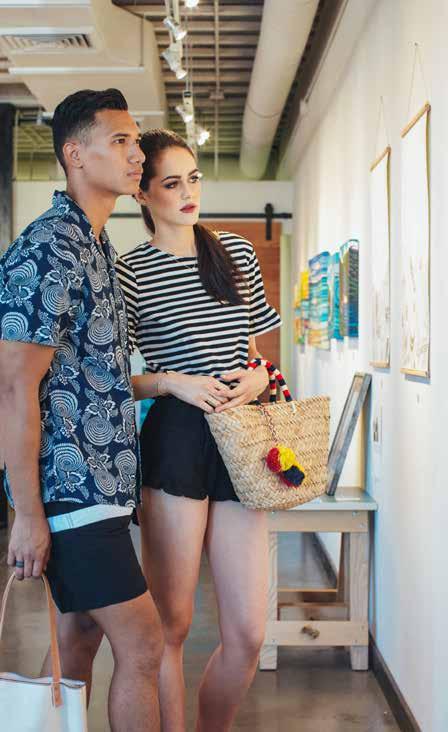
Good Art Gallery
At this Hale‘iwa Store Lots gallery (66-111 Kamehameha Hwy.), peruse surf-inspired artwork from a variety of local and international artists.
グッド・アート・ギャラリー ハレイワ・ストア・ロット内にある このギャラリー(住所:66-111 Kamehameha Hwy.)では、地 元と世界のアーティストによる サーフィンにインスパイアされた アートを多数扱っている。
Aaron: Wallace & Barnes shirt, and shorts, both J.Crew; canvas tote, Owens & Co. Eva: striped tee, J.Crew; Knot Sisters shorts and Kayu woven bag, Bloomingdale’s; Return to Tiffany narrow circle edge cuff, Elsa Peretti Bean earrings, Wave rings, and Diamonds by the Yard pendant, all from Tiffany & Co.

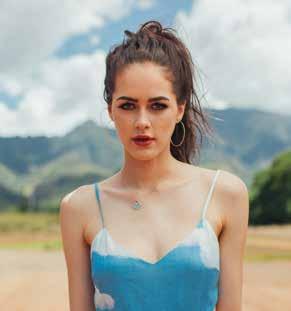
jumpsuit, Bloomingdale’s. Aaron: shirt, Salvage Public; shorts, J.Crew; Return to Tiffany small heart tag pendant, Elsa Peretti diamond hoop earrings, both from Tiffany & Co.
Hale‘iwa Beach Park
Bask in the warm sand at Hale‘iwa Beach Park (62449 Kamehameha Hwy.), a perfect place to watch the sun dip below the horizon.
ハレイワ・ビーチパーク ハレイワ・ビーチパーク(住 所:62-449 Kamehameha Hwy.)の暖かい砂浜でのんび りするものいい。水平線に沈む 夕日を眺めるのに最適のスポ ットだ。
Eva: Lisa Marie Fernandez plaid swim set and Christys’ hat, Bloomingdale’s.
Aaron: graphic tee, Salvage Public; Neil Barrett shorts, Bloomingdale’s.
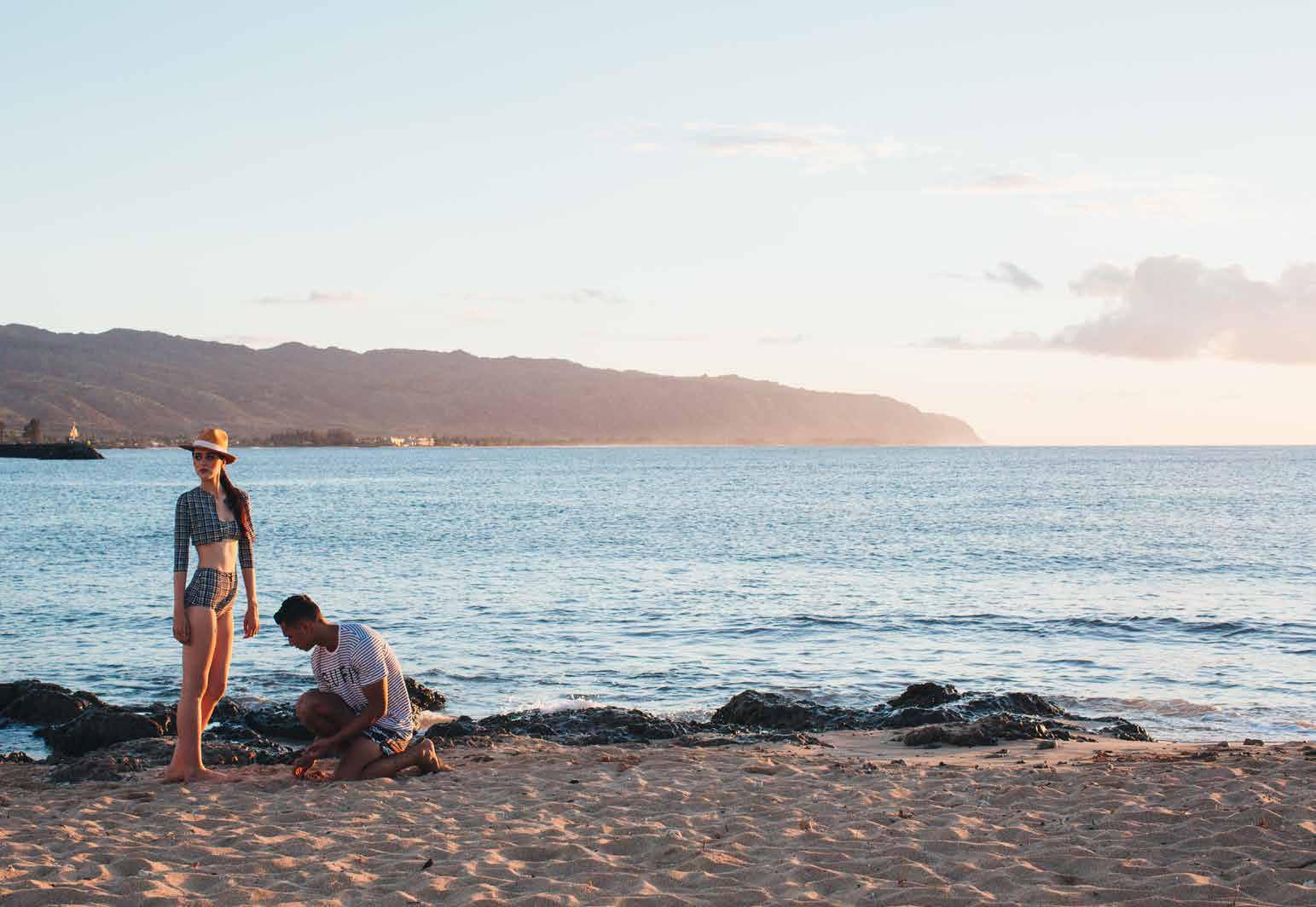

ITINERARY NORTH SHORE
EXPLORE KUALOA RANCH
SPOTLIGHT INT’L MARKET
SPOTLIGHT T GALLERIA
EXPLORE HIKING SPOTLIGHT KELLY SUEDA
SPOTLIGHT JK 7
TEXT BY LISA YAMADAIMAGES BY
JOHN HOOK & JUN JO文=リサ・ヤマダ
写真=ジョン・フック
&ジュン・ジョー
EXPLORE: AGRICULTURAL BOUNTY
探索:豊かな恵み
Embark on a farm-to-table tour at Kualoa Ranch, which produces an abundance of culinary adventures across its 4,000 pristine acres.
4千エーカーで豊かな「食」を生産するクアロア牧場のファーム・トゥ・テーブルツアー
Kualoa Ranch offers farm-to-table tours that take patrons past tropical fruit gardens and through Ka‘a‘awa Valley, where more than 500 heads of cattle roam verdant pastures.
地に500頭もの牛が放牧されて いるカアアヴァ・バレーなどを巡 るファーム・トゥ・テーブルツア ーを提供している。
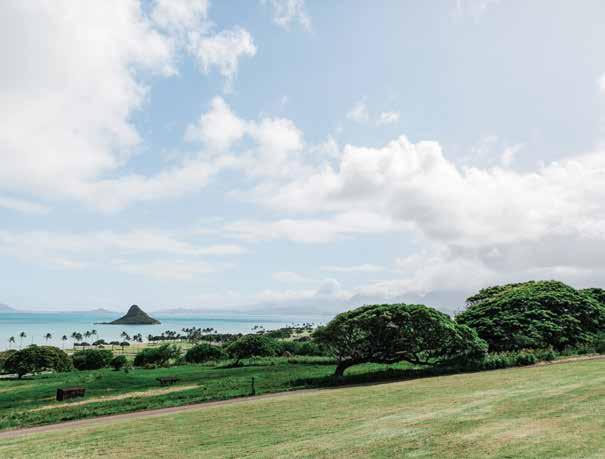
1850年に設立され、1863年からサトウキビ栽培を開始し、その後牧 場に転換したクアロア牧場。ここには4,000エーカーの手付かずの自 然が残る保護区で栽培されている豊かな実りを間近に見学できるツア ーがある。険しく切り立ったコオラウ山脈の麓に位置し、深い緑に囲ま れたフィッシュポンド(養魚池)に案内してくれるファーム・トゥ・テーブ ルツアーに参加してみてはどうだろう。800年前にハワイアンたちによ って作られた「モリイ・フィッシュポンド」は、何百年にもわたり島の広範 囲におよぶ人口の食料源であった。ここで収穫されたエビやパシフィッ ク・オイスター(牡蠣)は今も地元地域の食を支えている。「私たちの育 てたオイスターには上質なタンパク質が詰まっています」とマッカーテ ィさんは説明する。「フィッシュポンドから収穫したオイスターは2日間、 きれいな淡水のタンクに入れます。そうすることでより美味しく、純粋な クアロア牧場では、トロピカルフ ルーツの農園や青々とした牧草
Established in 1850, set up as a sugar plantation in 1863, and later converted into a cattle ranch, Kualoa Ranch offers a bounty of culinary adventures on its 4,000 acres of pristine preservation lands. Here, embark on a farm-to-table tour, which takes patrons to a thriving 800-year-old Hawaiian fishpond encircled by dense, green vegetation, and flanked by the steep Ko‘olau mountain range. For hundreds of years, Moli‘i Fishpond fed a large swath of the island population, and it continues to contribute to local diets today with its harvest of shrimp and Pacific oysters. “You won’t find anything but lean protein in our oysters,” says Ku‘uipo McCarty, who manages the day-to-day operations. “After we harvest them from the fishpond, we put them in a tank with pure freshwater for two
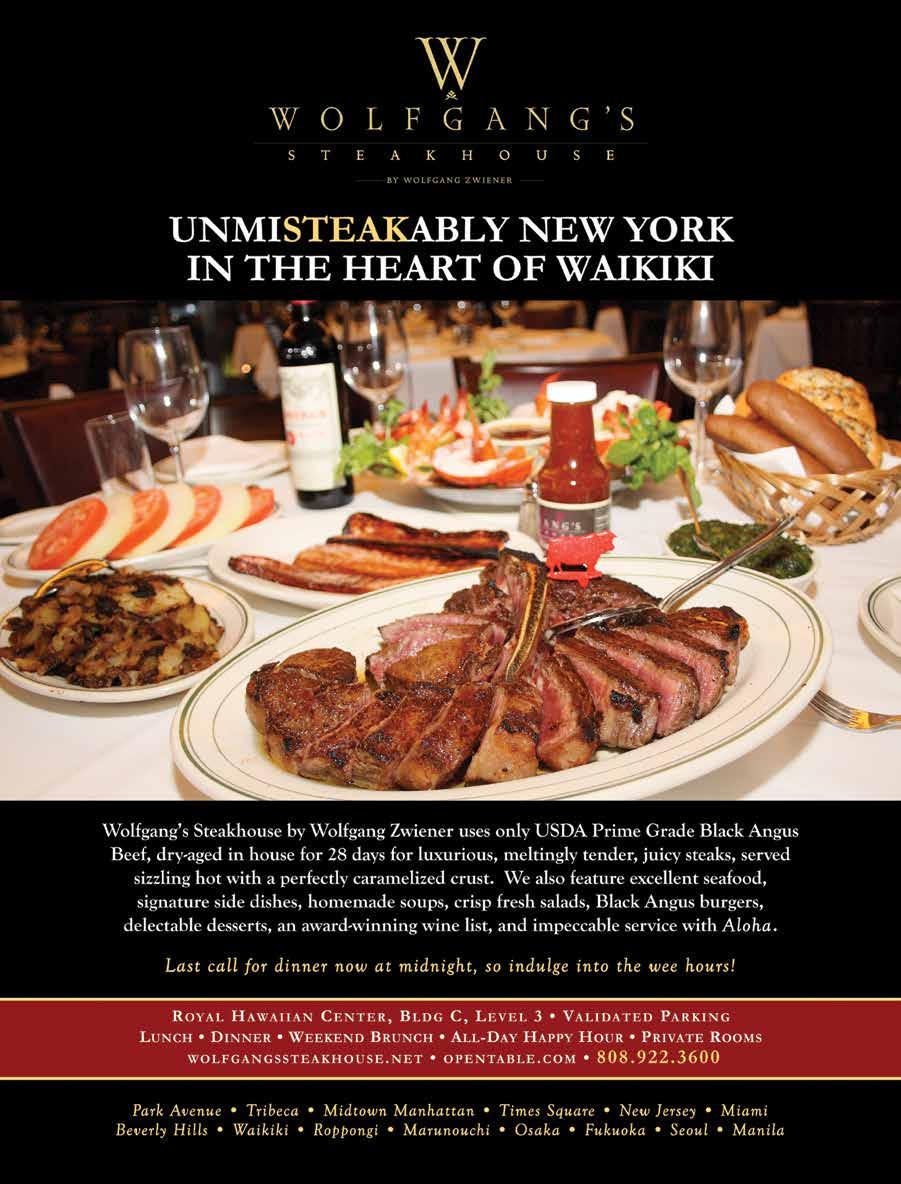
An 800-year-old fishpond at Kualoa Ranch produces a bounty of seafood, including farm-raised shrimp and Pacific oysters.
800年前にできたクアロア 牧場のフィッシュポンドには、 エビやパシフィックオイスター などの豊富なシーフードが養殖 されている。
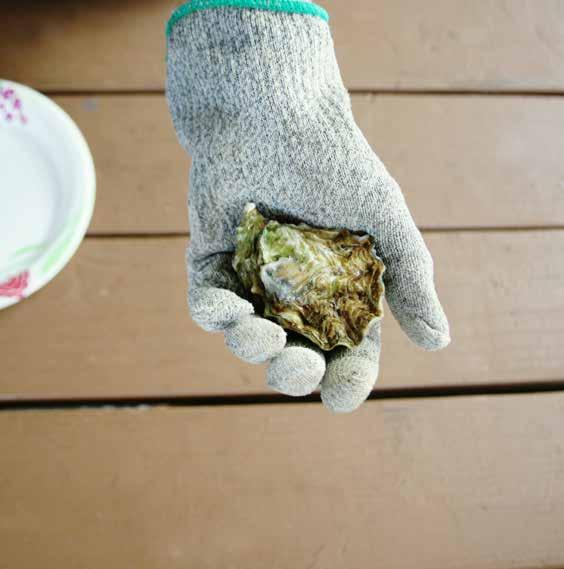
days. … This makes the taste of the oyster—which really should be like a fresh bite of the sea—that much better.” In addition to sampling these oysters, guests on the two-and-a-half hour tour pass tropical fruit gardens, and voyage through Ka‘a‘awa Valley, where more than 500 heads of cattle roam verdant pastures. Along the way, the ranch’s finest produce, seafood, and beef are offered up for sampling.
For more information or to reserve a tour, visit kualoa.com.
海の味のするオイスターになります」。2時間半のツアーでは、牡蠣の試 食のほか、トロピカルフルーツの農園や青々とした牧草地に500頭もの 牛が放牧されているカアアヴァ・バレーなどを巡る。途中、牧場で栽培 された野菜やシーフードやビーフのサンプルを味わう機会もある。
ツアーの詳細や予約は、kualoa.comまで。
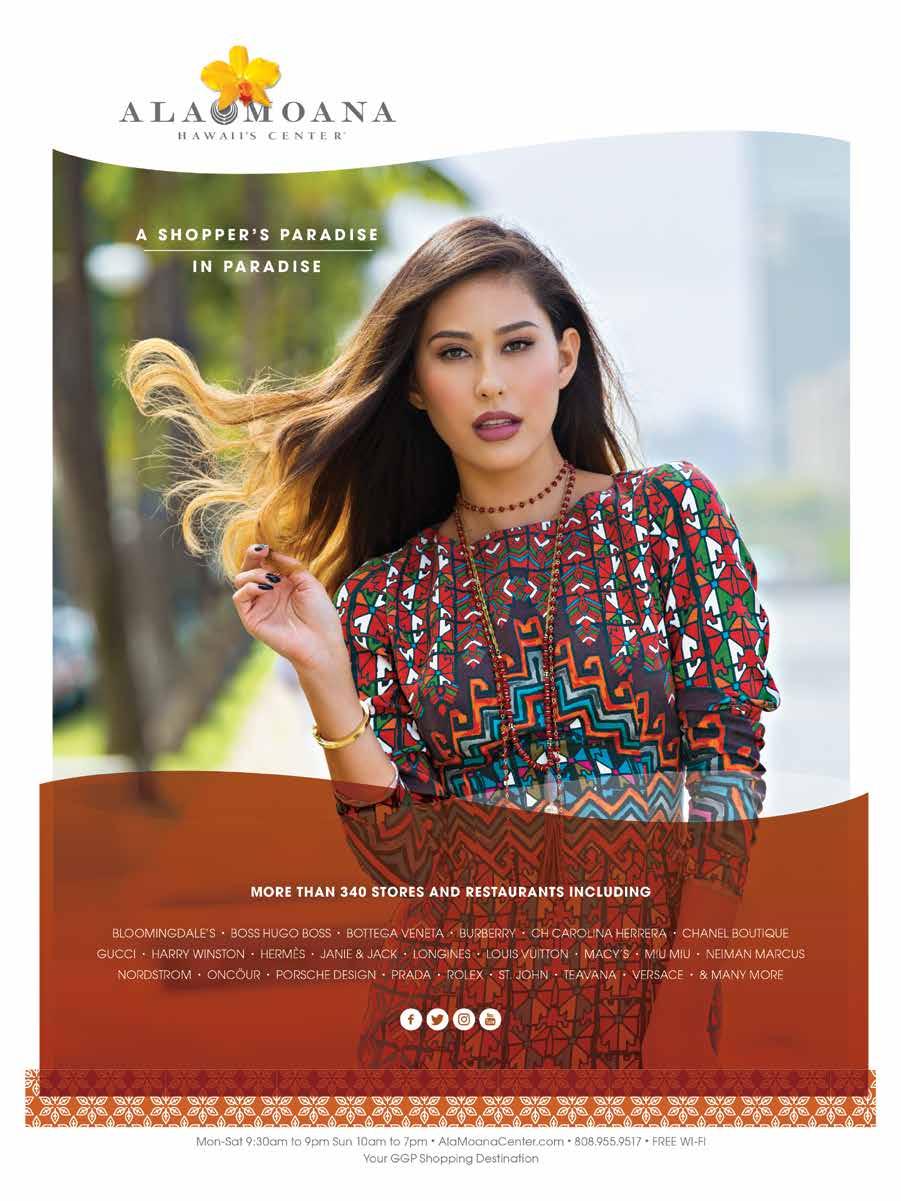
ITINERARY
NORTH SHORE
PROMOTIONAL
EXPLORE KUALOA RANCH
SPOTLIGHT INT’L MARKET
SPOTLIGHT T GALLERIA
CITY GUIDES
EXPLORE HIKING
SPOTLIGHT: INTERNATIONAL MARKET PLACE
インターナショナル マーケットプレイス
SPOTLIGHT KELLY SUEDA
International Market Place celebrates the history and culture of Waikīkī and its people. ワイキキの人々の歴史や文化がテーマの新生インターナショナル マーケットプレイス。
SPOTLIGHT JK 7

The re-imagined International Market Place on Kalakaua Avenue is Waikīkī’s newest and most spectacular retail, dining, and entertainment destination. The center features shopping in an openair environment, and opportunities to experience a unique Hawaiian sense of place through the celebration of Waikīkī’s history, culture, and people. The top-level Grand Lānai offers a varied selection of dining venues with indoor and patio seating options.
International Market Place is open daily from 10 a.m.–11 p.m. For more information, visit shopinternationalmarketplace.com.
カラカウア通り沿いに新しく生まれ変わったインターナショナル マーケットプレイスは、充実のショッピング、ダイニング、エンターテイメン トが揃うワイキキ最新のデスティネーション。ワイキキの歴史や文化、人々 をコンセプトにしたオープンエアのセンターでは、開放感あふれるハワイ らしい雰囲気の中、魅力的なショッピングが楽しめる。最上階の グランドラナイには屋内とパティオ席から選べる多彩なレストランが揃う。
インターナショナル マーケットプレイス
営業時間:午前10時〜午後11時 年中無休 詳しくはja.shopinternationalmarketplace.comまで。
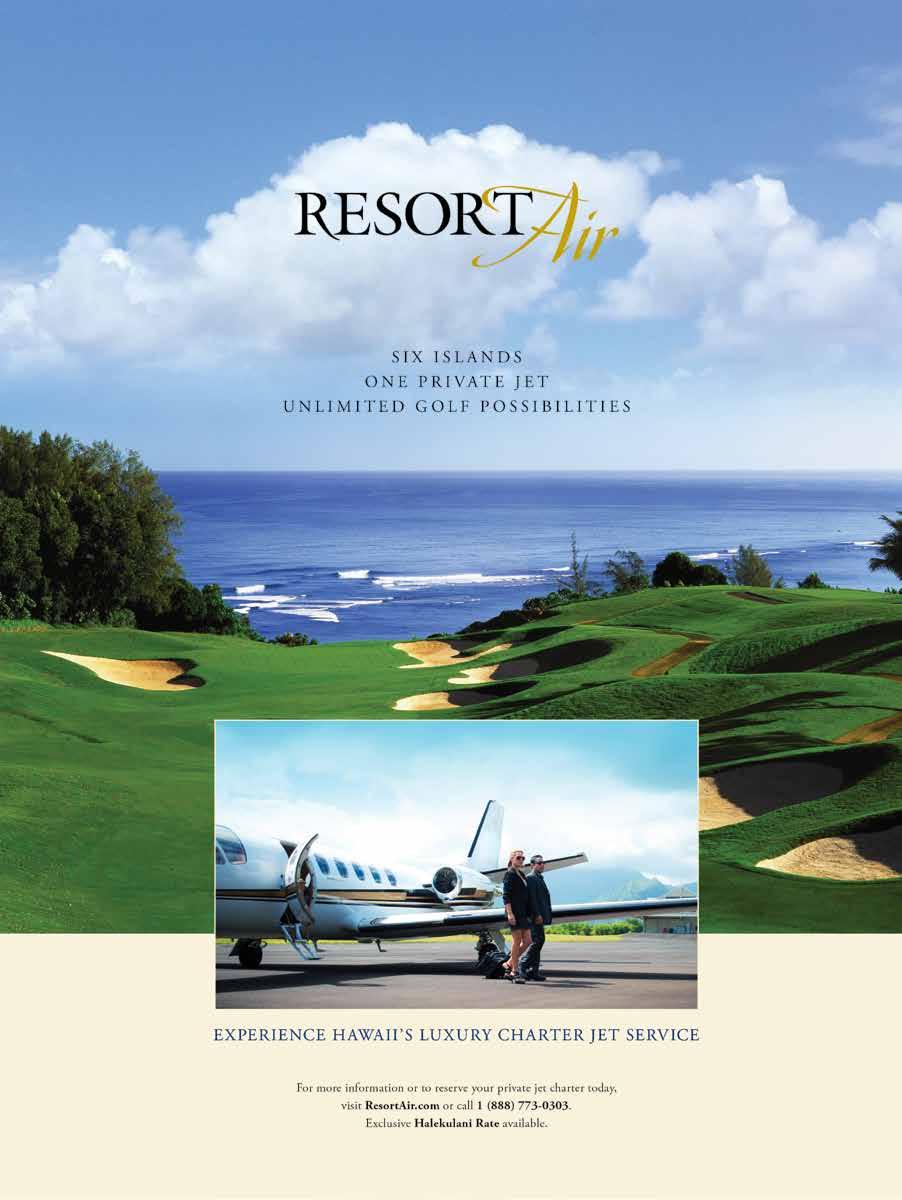
CITY GUIDES
ITINERARY
NORTH SHORE
PROMOTIONAL
Show your passport or outof-state ID at the T Galleria concierge desk on the Duty Free 3rd floor and receive an exclusive DFS gift.
T ギャラリア3階のコンシェ ルジュデスクでパスポートを 提示するとDFSオリジナルギ フトがもらえる。
EXPLORE KUALOA RANCH
SPOTLIGHT INT’L MARKET
SPOTLIGHT T GALLERIA
EXPLORE HIKING SPOTLIGHT KELLY SUEDA
PRODUCT JK 7
SPOTLIGHT: T GALLERIA BY DFS, HAWAII
スポットライト:T ギャラリア by DFS, HAWAII
At this Waikīkī landmark, enjoy the world’s most in-demand luxury items—all with no tax added. 世界で人気の有名ブランドアイテムを免税で提供するワイキキのランドマーク

Hawai‘i’s only duty-free luxury shopping destination, T Galleria by DFS offers made-in-Hawai‘i products alongside Hawai‘i’s largest beauty department and the world’s most in-demand luxury items—all with no tax added. Enjoy the DFS 100 percent worldwide guarantee: Return any T Galleria by DFS purchase to any location around the world, in person or by mail, for a refund, repair, or exchange. Free delivery offered to hotel guests for non-duty-free purchases.
T Galleria by DFS is located at 330 Royal Hawaiian Ave. For more information, visit dfs.com/tgalleria-hawaii.
ハワイ唯一の免税店「T ギャラリアハワイ by DFS」では、3階の免税フ ロアでは世界中で人気の高級ブランドなどを扱い、1階と2階で扱うメ イドインハワイの製品やハワイ最大の品揃えの化粧品にも表示価格に 税金はかからない。また、購入した商品の返金・修理・交換を 帰国後で も受け付ける「100%グローバル保証」サービスも提供している。非免 税商品の購入時には、無料のホテル配送サービスもある。
T ギャラリアハワイ by DFSは、330 Royal Hawaiian Ave.にある。 詳しくは dfs.com/tgalleria-hawaiiまで。
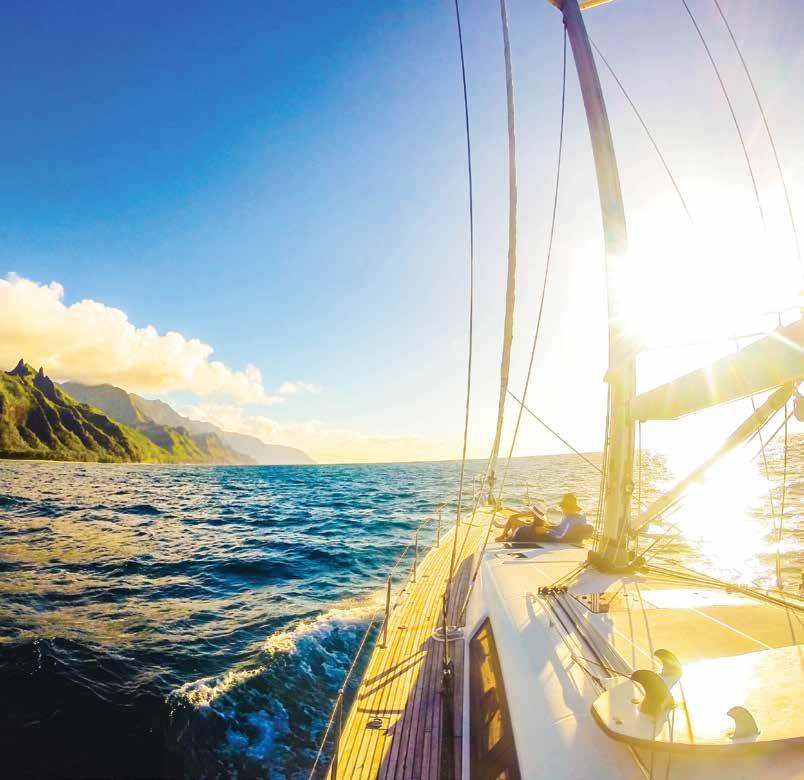
For Over 20 Years, we have been sailing Hawaii and around the world. Unique voyages custom to unique individuals.
Global Ocean Club remains the state’s largest fleet of private yachts, operating 24/7, 365 days a year, connecting all the islands of Hawaii with unsurpassed, legendary service and creating memorable voyages. We will leave you, your family, and those you love with an unforgettable memory of Hawaii from the sea. Hawaii’s original luxury ocean experience.
ITINERARY NORTH SHORE
TEXTBY
TRAVIS HANCOCKBY
IMAGES RYAN MOSS & JOHN HOOK文=トラヴィス・ハンコック
写真=ライアン・モス
&ジョン・フック
EXPLORE KUALOA RANCH
SPOTLIGHT INT’L MARKET
SPOTLIGHT T GALLERIA
EXPLORE: HIKING IN HAWAI‘I
探険:ハイキング
EXPLORE HIKING
Take a trip around O‘ahu, and blaze trails that ascend mountains and curve along oceans. オアフ島を一周して、山を登り、海に沿って曲線を描くトレイルを歩こう
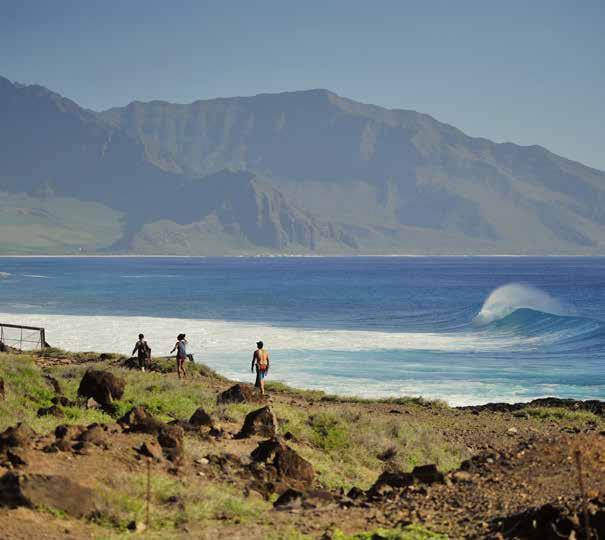
Every hiker seeks a high that goes beyond the altitude gained through climbing. For many, it’s an itch to escape the city; for others, it’s a summit’s commanding vantage; and for some, it’s purging toxins through sweat. What follows is a brief introduction to a range of state-sanctioned hikes on the island of O‘ahu. While finding your maximum elevation, malama ka ‘aina—“care for the land”—to help keep it intact for the next generation.
ハイカーの誰もが標高の高い山の登頂をこえる高揚感を求めている。 多くの人が都会から逃げ出したくてうずうずしているし、山頂からの素 晴らしい眺望を楽しみたいという人や汗をかいて体内の毒素を出しき りたいという人もいるだろう。以下にオアフ島の州公認ハイキングトレ イルを簡単に紹介する。自分なりの高みを目指しつつ、次世代に美し い自然を残すためにも、「マラマ カ アイナ」(環境への配慮)を忘れな いでほしい。

KA‘ENA TRAIL
Farrington Highway leads to O‘ahu’s westernmost tip from both the west and north, terminating on either side of Ka‘ena Point State Park just a few miles from the furthest point. Where they end, flat trails pick up the route. These hikes are long (six or seven miles round-trip) and sometimes muddy walks that parallel the ocean, with plenty to see along the way. The area is known for its protected albatross nesting areas, and the endangered monk seals and green sea turtles that often come ashore. Look back from the tip to see the island’s north and west sides at the same time. Hawaiians believed the place was a jumping-off point where souls left one world for the next, following the setting sun. If you plan to stay for the spectacular sunset, be sure to pack a flashlight.
カエナ・トレイル
ファーリントンハイウェイは、西と北の両側からオアフ島の最西端へと つながっている。最西端の地点からわずか数マイルのカエナポイント 州立公園で終点となるハイウェイの先には平坦なトレイルが続いてい る。往復で6〜7マイルと長く、所々泥道になるこれらのトレイルは、海 に沿って歩くので見所も多い。この辺りはアホウドリの巣作りのための 保護区として知られ、絶滅の危機に瀕しているモンクアザラシやアオ ウミガメがしばしば上陸する場所だ。岬の先端から振り返ると島の北 側と西側が同時に見える。ハワイアンの間でこの場所は、魂がこの世 を去り、沈む夕陽を追うように次の世へと飛び立つ場所だと信じられ ていたという。その壮大な夕陽を眺めるのなら、懐中電灯を持参するこ とをお忘れなく。
MANANA TRAIL TO WAIMANO FALLS
Starting from a residential area in central O‘ahu known as Pacific Palisades, this mixedterrain, moderate hike (three miles round-trip) is one of the quicker ways to see waterfalls and enjoy freshwater swimming holes. Getting it on a day with optimal conditions requires a compromise: Waimano Falls needs a lot of rain to really gush, and that means mud. For advanced hikers, there’s a marked offshoot path onto Manana Ridge Trail that takes a seven-mile (each way) ridgeline all the way to the summit of the Ko‘olau Range, from which you can see unparalleled views of Kāne‘ohe Bay.
マノア・トレイルからワイマノ滝へ 上の 写真は、パシフィックパリセーズ という
オアフ島中央にある住宅街か ら始まる混合地形の中級者向けの 往復約3マイルのトレイル。比較的 短 時間のハイクで、滝を見たり、淡水 池 で泳いだりできる。ただしワイマノ 滝 が勢いよく流れ落ちるためには多 くの雨を必要とするので、この滝を最 適な条件で見るには、泥だらけにな る 覚悟が必要だ。上級のハイカーに は、途中マークされたマナナリッジ・ト レイルに抜ける脇道がある。この片 道 7マイルのトレイルは、稜線に沿っ てコオラウ山脈の頂上まで続き、カネ オヘ湾の絶景を見渡すことが できる。
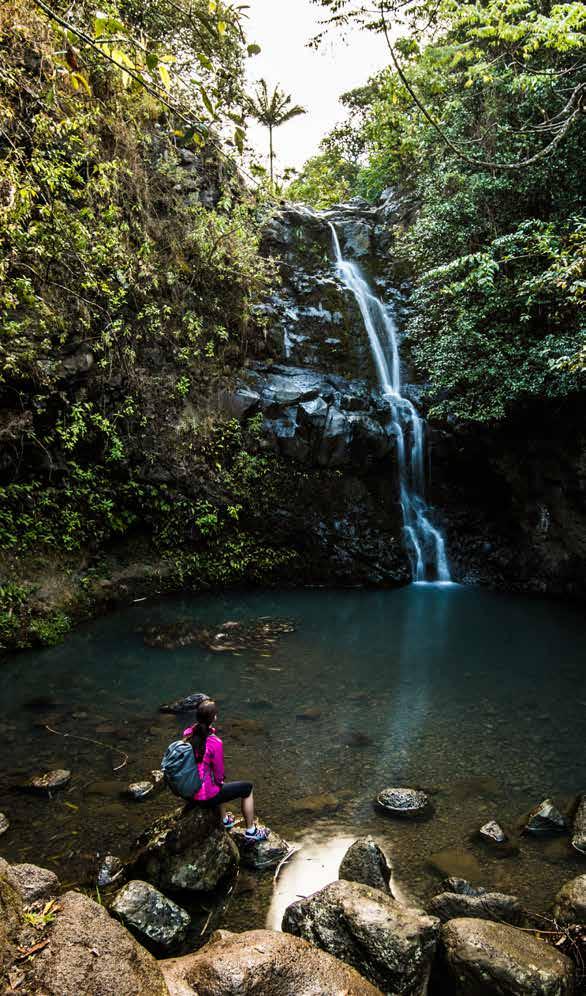
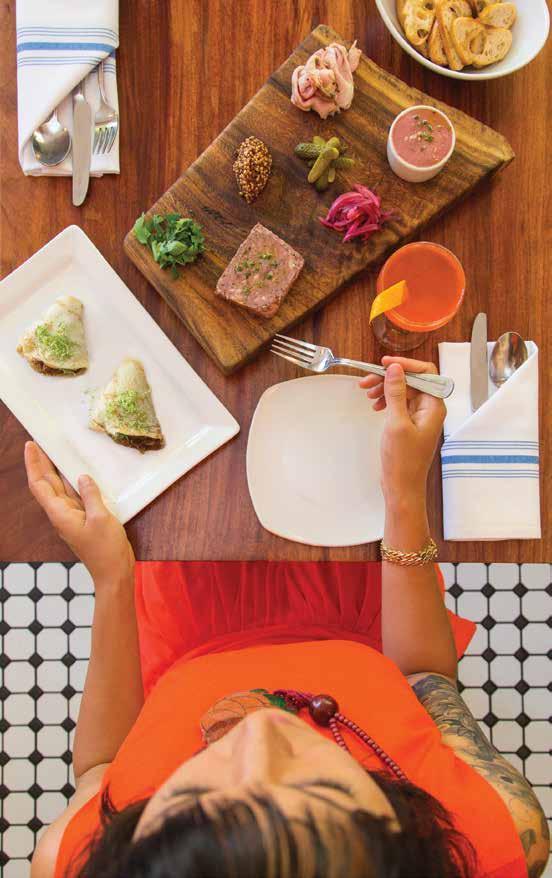
MĀNOA FALLS
Though this beginner-level hike measures just under a mile, there are many other adventures to be had along the Mānoa Falls Trail. Starting from the old Paradise Park (parking is $5 and opens at 8 a.m.), hikers will journey into a flourishing tropical forest, trek through a sprawling bamboo forest, and end at a breathtaking 100-foot waterfall.
マノア滝 マノアフォールズ・トレイルは、 1マイル以下の初心者向けトレイ ルだが、ハイキング以外にも沢山 の冒険が待っている。旧パラダイ スパーク(駐車場は5ドルで午前 8時から営業)から出発し、植物が 生い茂る熱帯林の中を進み広大 な竹林を通り抜けると、高さ100 フィート(30m)の美しい滝に 到達する。
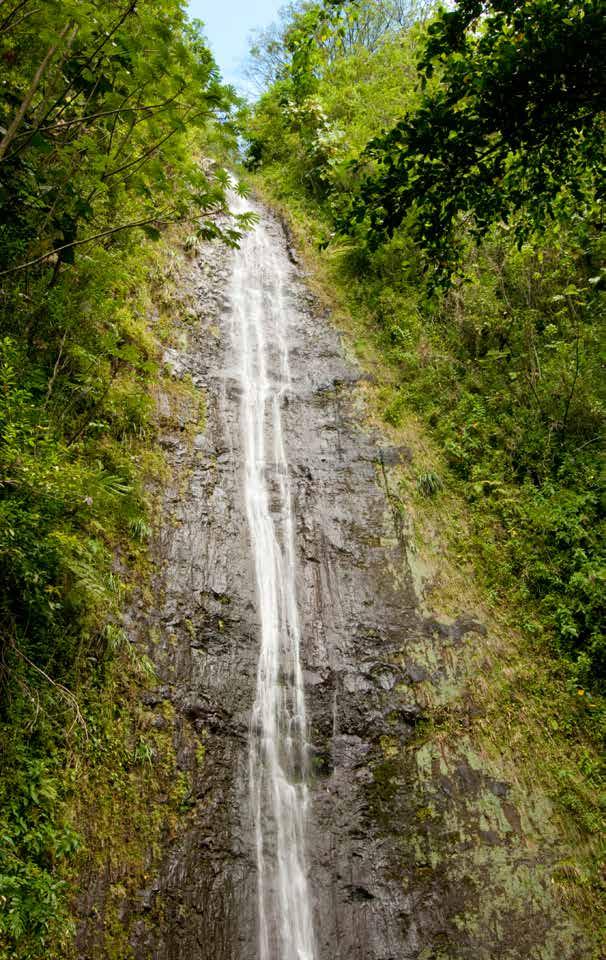
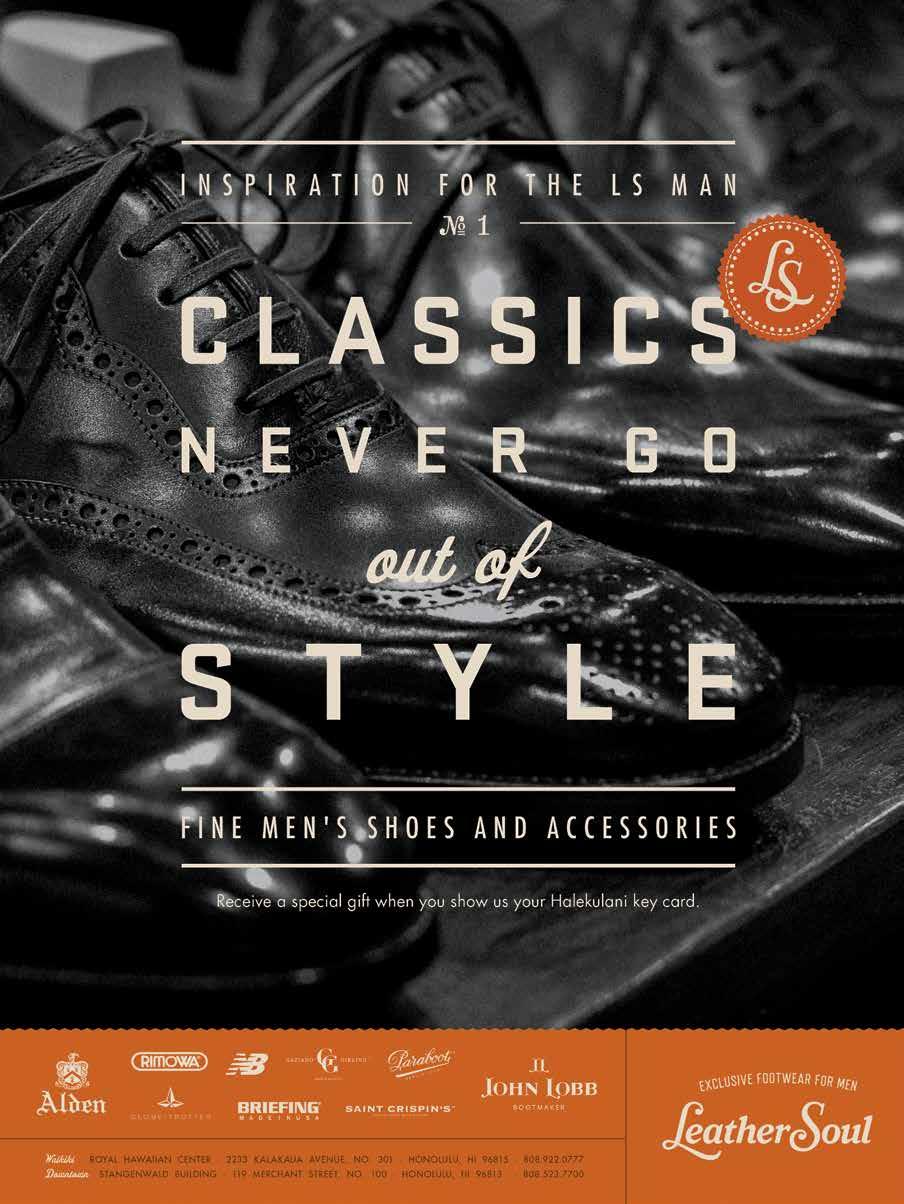

KULI‘OU‘OU RIDGE TRAIL
If you’re closer to Honolulu and want a hike with a bit of fight in it, Kuli‘ou‘ou Ridge Trail is for you. Though it’s somewhat steep at times, and, of course, muddy (embrace it already!), this 4.5-mile round-trip trek is one of the shortest of any routes to reach a Ko‘olau mountain range summit. Due to its proximity to the city, the trail can get busy—but it’s always been: Hawaiian bones found in area caves date back about a thousand years.
クリオウオウリッジ・トレイル ホノルルの周辺で手応えのある ハイクに挑戦したいなら、
クリオウオウリッジ・トレイルが おすすめだ。当然のことながら 泥だらけ(そろそろ諦めて!)で
時折勾配が急になる往復約4.5 マイルのトレイルは、コオラウ山 脈の頂上に達する最短ルートの 一つだ。都市部から近いため、
大勢のハイカーで混み合うこと もあるこのトレイルの人気は今 に始まったことではないらしい。
この辺りの洞窟では、千年ほど 前のハワイアンの骨が見つか っている。
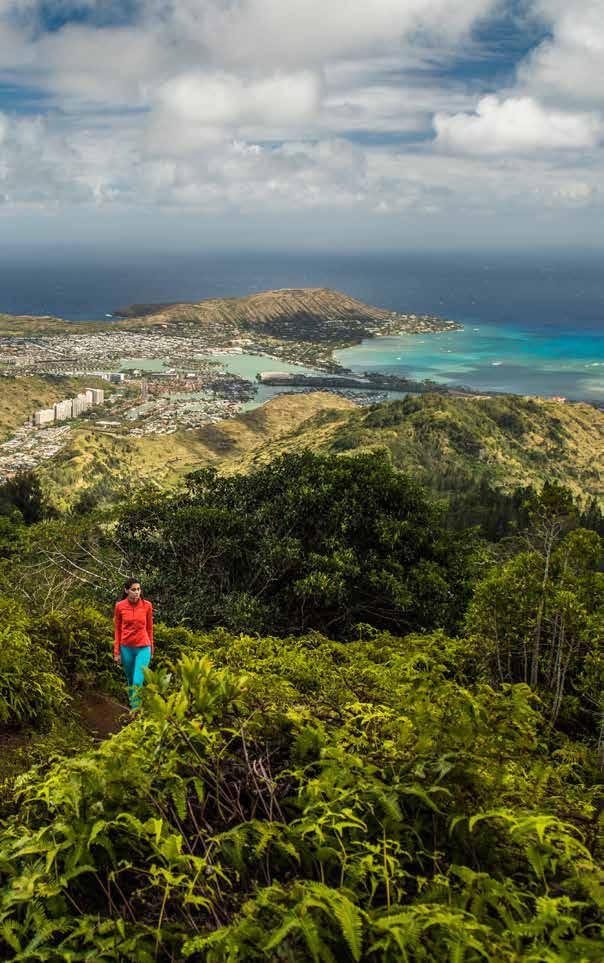
OAHU 3-13 NOV NOV
BIG ISLAND & KAUA‘I 17-20
HIFF.ORG
ITINERARY NORTH SHORE
EXPLORE KUALOA RANCH
SPOTLIGHT INT’L MARKET
SPOTLIGHT T GALLERIA
EXPLORE HIKING SPOTLIGHT KELLY SUEDA
SPOTLIGHT JK 7
TEXT BY LISA YAMADA IMAGES BY JOHN HOOK文=ケリー・グラッツ 写真=ジョン・フック
For Kelly Sueda, art transforms a blank space into one that is personal and full of life.
ケリー・スエダさんにとって芸 術とは、真っ白な空間を生き 生きとした自分だけの空間に してくれるものだという。
SPOTLIGHT: KELLY SUEDA
スポットライト:ケリー・スエダ
This art consultant’s creative pursuits bring world-class works to the islands. 世界一流のアートをハワイへ - 芸術コンサルタントの芸術的探求
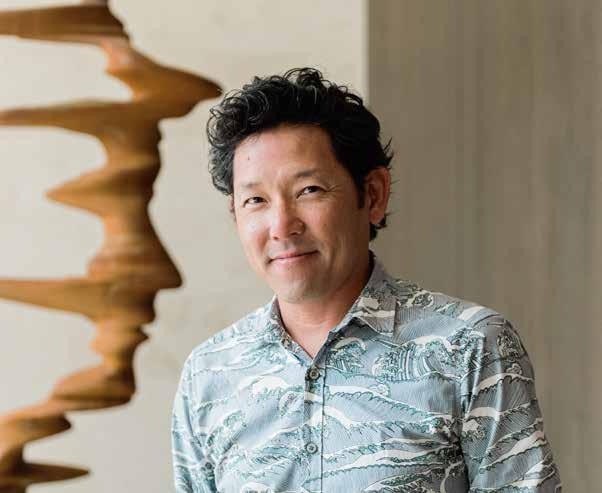
On a warm Friday in July 2016, Kelly Sueda and a team of skilled professionals descend upon Ala Moana Center under the cover of night, after the last of the day’s shoppers have finally left. They are there about a pumpkin—a 6-foot-tall spotted gourd created by Yayoi Kusama, the voyeuristic artist who has built a cult following around her work, which incorporates polka dots on everything from Louis Vuitton handbags to human bodies. They need to work swiftly to install the 1,300-pound bronze sculpture, getting in and out before thousands of mall-goers return to walk the wings of the world’s largest outdoor mall.
The Kusama pumpkin is the first permanent installation by the Japanese artist in Hawai‘i, and if Sueda has his way, it will only be the beginning of such
7月のある暖かい金曜日、ケリー・スエダさんと熟練した専門家チーム は暗がりの中、最後の買い物客が去ったアラモアナセンターに現れた。 彼らがここに来た目的は、カボチャだ。ルイヴィトンのハンドバッグから 人体まで、水玉模様で埋め尽くす独特のセンスで熱狂的なファンを持 つ個性派アーティスト、草間彌生さんの高さ180cmほどの水玉模様の カボチャを搬入しに来たのだ。数千人が訪れる世界最大の屋外ショッ ピングモールに590キロもあるブロンズ彫刻を一夜のうちに設置する には、迅速に作業する必要がある。
草間さんのカボチャは、ハワイに常設される日本人アーティストの作 品としては初の作品だ。スエダさんは、今後より多くの日本人アーティス トの作品を常設したいと考えているという。芸術コンサルタントのスエ ダさんの仕事は、ハワイの住宅や商業スペースを飾るために世界のトッ
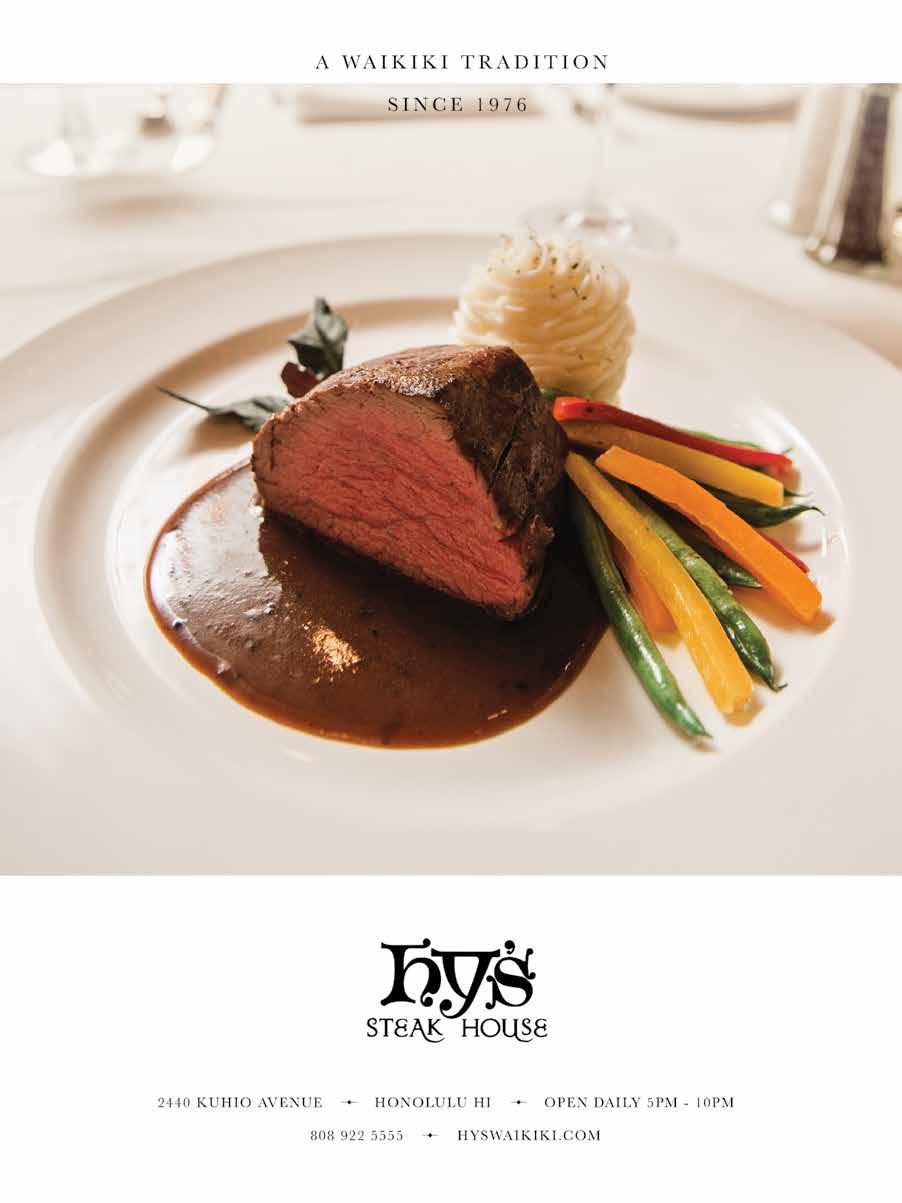

sights. As an arts consultant, Sueda transports works by the world’s top artists to the islands to adorn walls of residences and commercial spaces. “Art can really make a space,” Sueda says. “A place with white walls and high ceilings can feel very naked. A [homeowner or developer] might not realize something is missing until you slap something awesome on the wall.”
For his current project at Park Lane, the multimillion-dollar residences meant to be an “art walk” between Ala Moana Beach Park and Ala Moana Center, approximately 350 original works in various types of media will be displayed in its halls. Artists featured include Richard Serra, the minimalist sculptor who changed the face of public art with his piece “Titled Arc” at the Federal Plaza in New York, and Takashi
プアーティストの作品を輸送することだ。彼は「芸術は空間を創り出し ます。白い壁と高い天井の部屋はとても物足りない印象ですが、その壁 に素晴らしいアートを飾るまで、家主や商業施設のデベロッパーはそ れに気付かないことが多いのです」と言う。
彼が現在担当しているアラモアナビーチパークとアラモアナセンタ ーの間に位置するアートウォークをコンセプトにした数百万ドル高級 住宅「パークレーン」プロジェクトでは、玄関ホールに様々な表現手法 の約350点のオリジナル作品が展示される予定だ。その中には、ニュー ヨークのフェデラルプラザにある「タイトルド・アーク」と題された作品 でパブリックアートの顔を変えたミニマリスト彫刻家のリチャード・セラ をはじめ、ファインアートとポップアートを交差させた「スーパーフラッ ト」で有名な日本のアンディ・ウォーホルと称される現代美術アーティ
When selecting artwork for a site, Sueda mixes local artists like Tadashi Sato with bluechip artists like Tony Cragg and Yayoi Kusama.
スエダさんは、一つのスペース に飾るアートワークを選ぶ際、 タダシ・サトウのような地元アー ティストとトニー・クラッグや 草間彌生といった著名アーティ ストの作品を組み合わせるよう にしている。
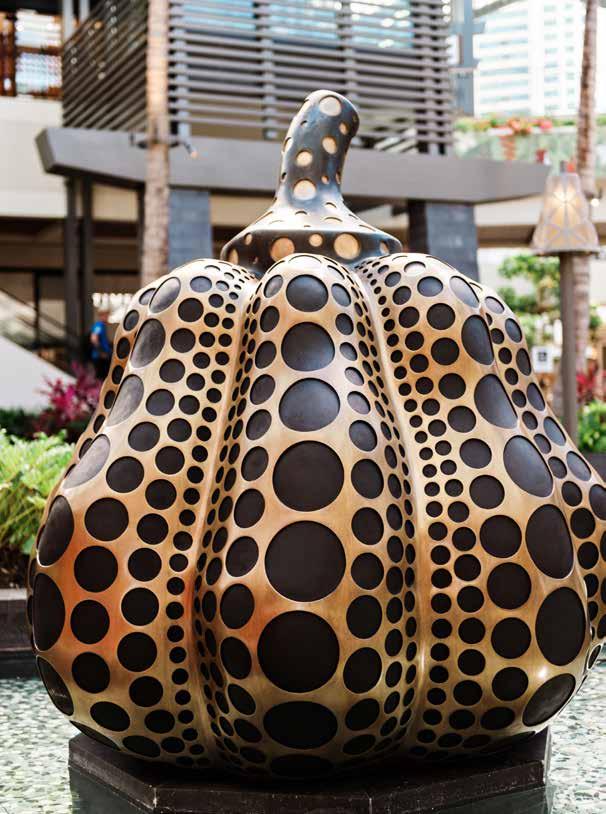
Murakami, considered Japan’s Andy Warhol for his “superflat,” animated depictions that smudge the line between high and low art. Creations by such international artists will reside alongside others by local talents like sculptor Deborah Butterfield and abstract expressionist painter Tadashi Sato. “It shows
ストの村上隆などの作品が含まれる。このような国際的なアーティスト の作品に並んで、彫刻家デボラ・バターフィールドや抽象画家のタダシ・ サトウといったハワイの芸術家たちの作品も展示される。スエダさんは、 「それはハワイのローカルアーティストたちの作品が、1千万ドルもの 値段で絵画が売買される世界一流の芸術家たちの作品に引けをとらな
Shown here is a piece by Takashi Murakami, considered Japan’s Andy Warhol for his “superflat,” animated depictions that smudge the line between high and low art.
この写真は、ファインアートと ポップアートを交差させた 「スーパーフラット」で有名な 日本のアンディ・ウォーホルと 称される村上隆の作品。
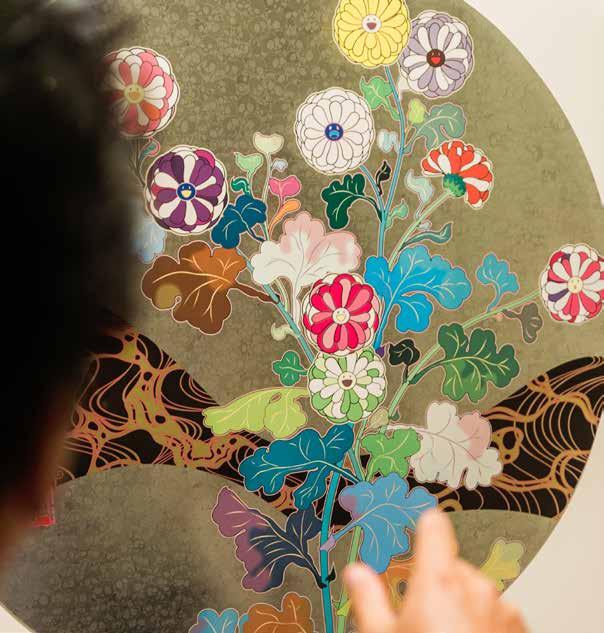
the caliber of artwork locally can stand up next to a world-class piece of art, where the artist is selling paintings for $10 million,” Sueda says.
A painter himself, as well as a trustee for the Honolulu Museum of Art, Sueda has a mind to get people excited about art, whether it’s in public or private spheres. He points to the wavy Tony Cragg sculpture displayed in the window of the Park Lane showroom. “Did you see the face?” he remarks excitedly of the hidden profile found within the steel sculpture. “You don’t have to be an art historian or necessarily have to understand [the artwork]. … But once someone tells you a story about it and the concept behind it, all of a sudden there’s a complete paradigm shift.” A pumpkin set unexpectedly in a mall pond, for example, can transform into something truly magical.
い魅力があることを示しています」と語る。
自らも画家であり、ホノルル美術館の受託者も務めるスエダさんは、 公的私的の場を問わず、人々を芸術に夢中にさせる才能に長けている。 パークレーンのショーウィンドウに飾られたトニー・クラッグの波型をし た鋼製の彫刻を指差しながら、「あそこに顔が見えますか?」とそこに隠 された輪郭について熱心に説明する。「アートワークを理解するのに、 必ずしも美術史家である必要はありません。作品についてのストーリー とその背後にある概念を知ると、それまで見えなかったものが突然見 えてきます」とスエダさん。たとえばショッピングモールの池に予想外に 現れた不思議な魅力を持ったカボチャのように。
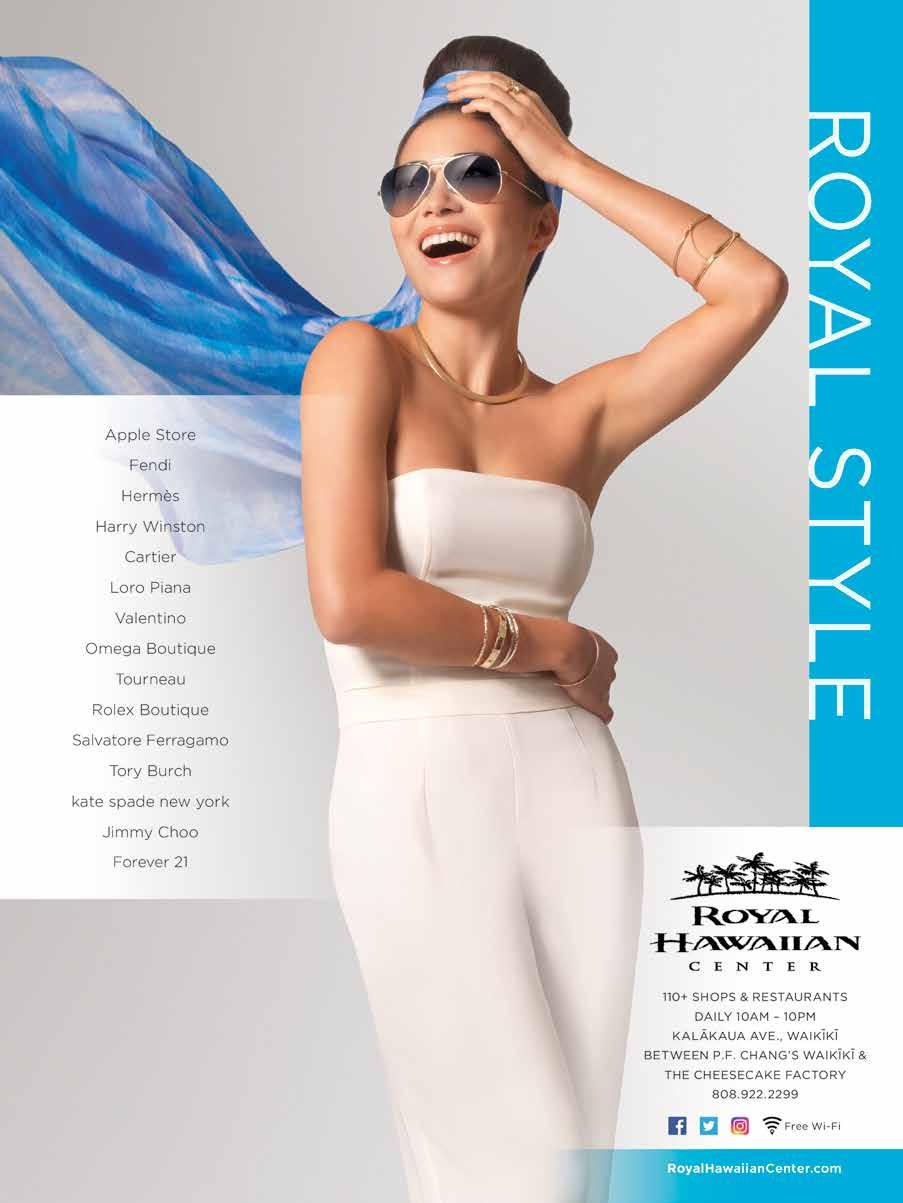

ITINERARY
NORTH SHORE
IMAGE COURTESY OF HALEKULANI
文=ハリソン・パティーノ
写真=ハレクラニ提供
EXPLORE KUALOA RANCH
SPOTLIGHT
SPOTLIGHT
INT’L MARKET
T GALLERIA
EXPLORE HIKING
SPOTLIGHT
KELLY SUEDA
SPOTLIGHT JK 7
SPOTLIGHT: JK 7
スポットライト:JK7
At SpaHalekulani, experience the JK7 Luxurious Natural Skin Care, created by skincare pioneer Jurgen Klein. スパハレクラニで自然派スキンケアパイオニアのユルゲン・クライン博士の高品質天然スキンケア「JK7」を提供
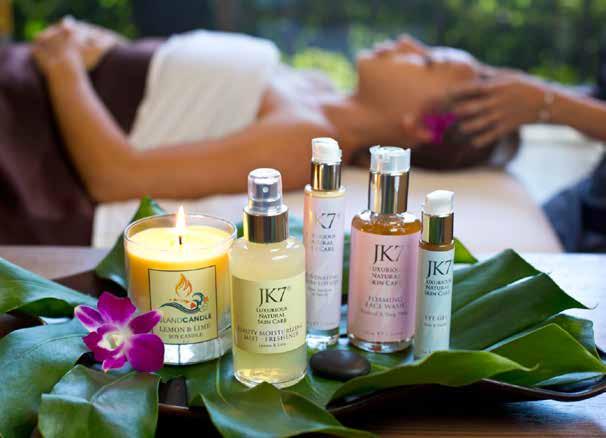
Rejuvenate the senses at SpaHalekulani, where you can now experience the JK7 Luxurious Natural Skin Care line in the blissful Euphoria facial, which incorporates a total of 20 products from the JK7 collection to attain ultimate balance. Created by wellness industry pioneer and Jurlique founder, Jurgen Klein, Ph.D, JK7 is an herbal-based, organic, scientifically backed skincare line designed to stimulate the seven senses of sight, sound, touch, smell, taste, equilibrium, and synergy. Until now, JK7 products could only be experienced at Klein’s very own Sullivan Estate and Retreat, the world’s first holistic anti-stress center, located on O‘ahu’s North Shore. SpaHalekulani is the only other location to offer this extraordinary experience derived from Klein, and the collection of JK7 products, which are made completely from natural essential oils and herbal extracts, are available for purchase at SpaHalekulani.
スパハレクラニでは、新たに「JK7ラグジュリアス ナチュラル スキンケ ア」を取り入れたユーホーリアフェイシャルで心身ともに極上の癒しを 体験できる。最大限のバランスを引き出すために計20種類のJK7コレ クションの製品を使用。健康分野のパイオニアであり、ジュリーク社創 設者のユルゲン・クライン博士が生み出した「JK7」は、科学に基づいた ハーブベースのオーガニックスキンケアライン。天然のエッセンシャルオ イルとハーブ抽出エキスのみから生成され、視覚、聴覚、触覚、嗅覚、安 定、シナジーといった七つの感覚全てに効果的に働きかける。これまで クライン博士の手掛けるオアフ島ノースショアにある世界初のホリステ ィック・アンチ・ストレス・センター、「サリバンエステート&リトリート」で しか体験できなかった上質なトリートメントとJK7スキンケア製品が、 同エステート以外で唯一、スパハレクラニで提供されることとなった。
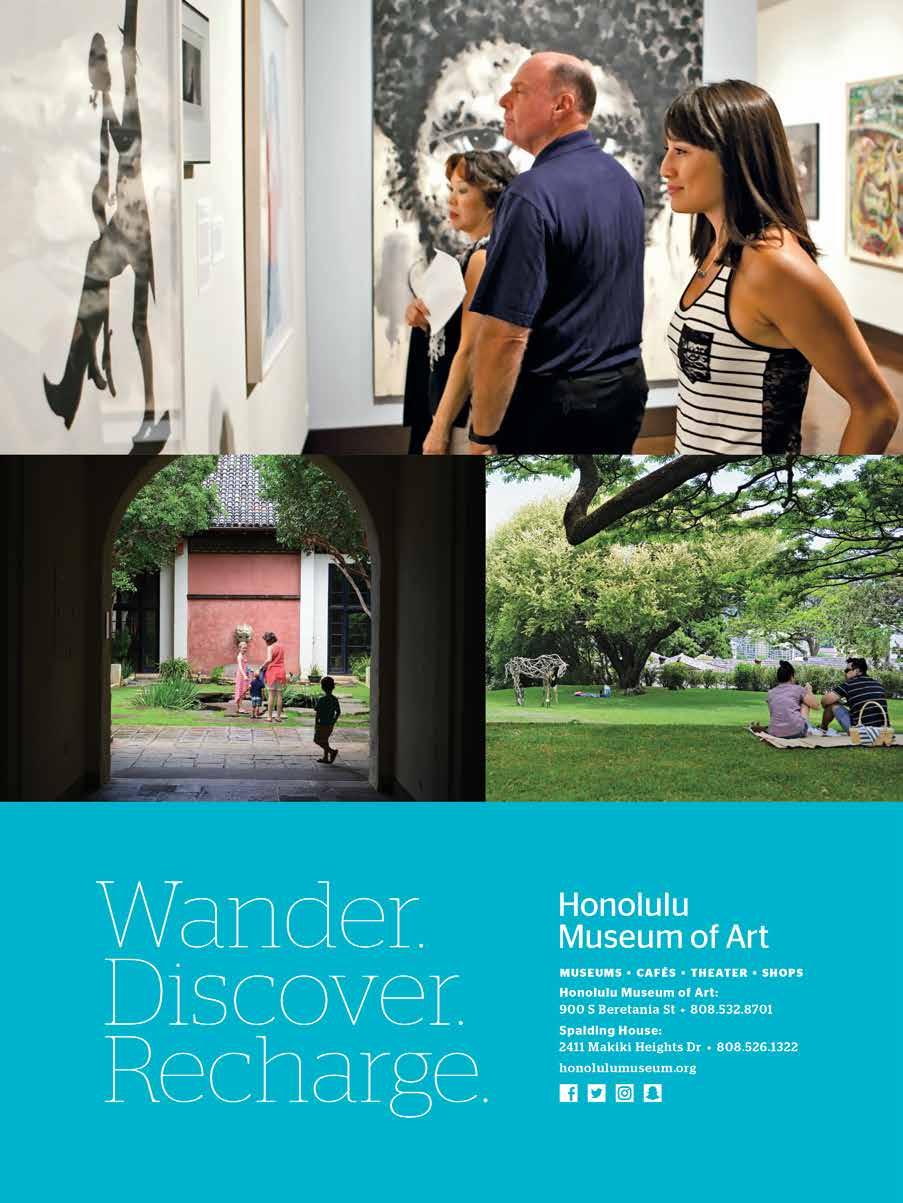

Halekulani, the most internationally acclaimed of all Hawai‘i hotels, blends serenity and understated elegance with exceptional service to create an oasis of tranquility.
ハワイを代表するホテルとして、 世界的に有名なハレクラニは、 オアシスのような安らぎ と上質なエレガンス、一流の サービスでお客様をお迎えし ています。
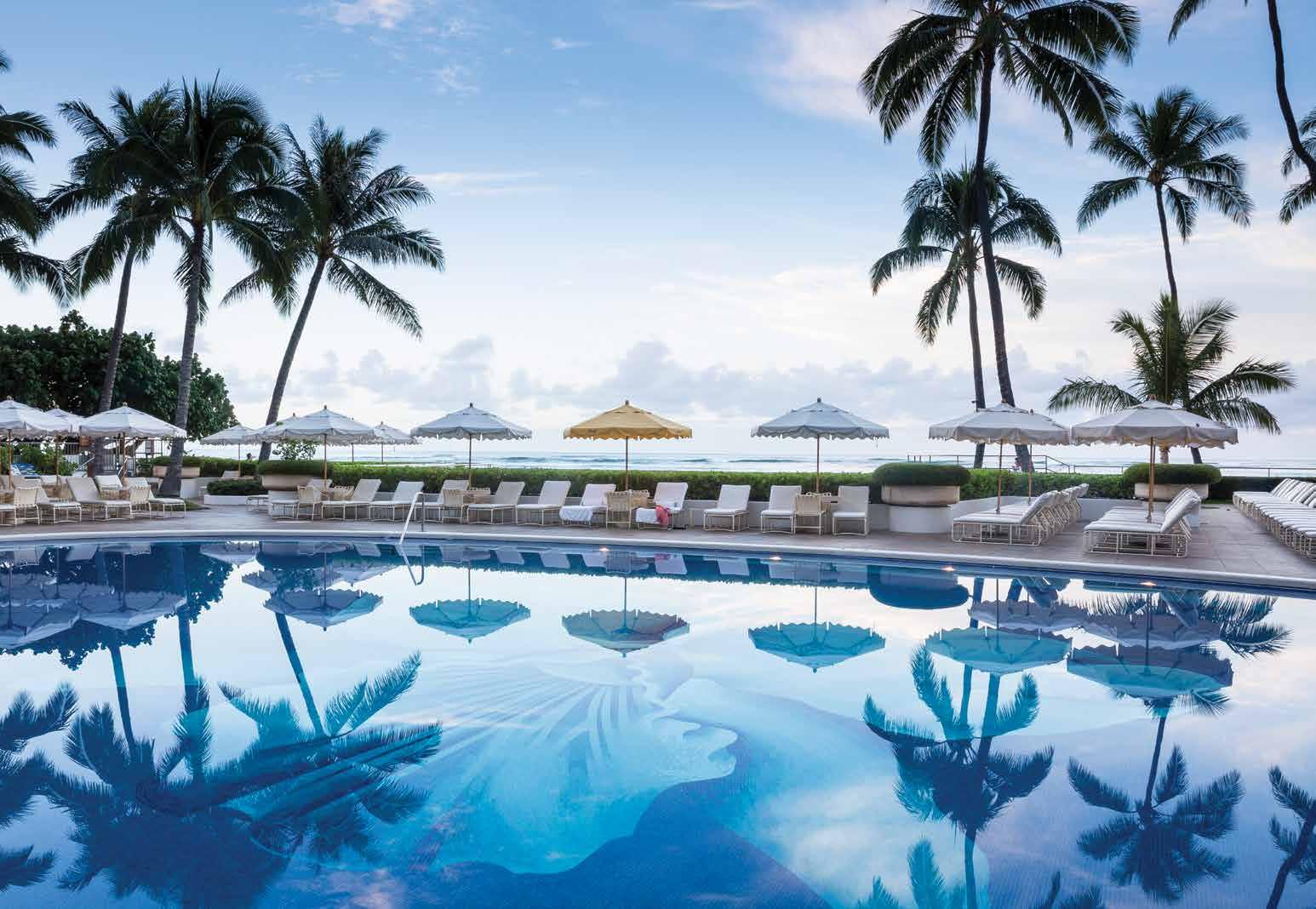
Some photo captions or any other impertent text important to this specific story and some more additional tag lines if necessary for the

Some photo captions or any other impertent text important to this specific story and some more additional tag lines if necessary for the +
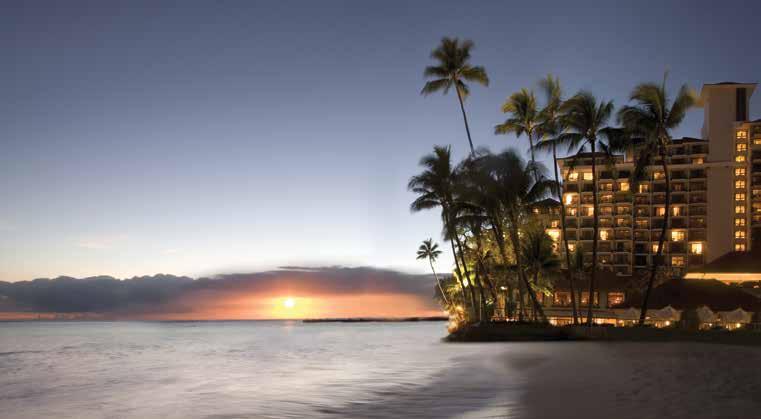
LEGACY
レガシー
Halekulani’s beachfront location has welcomed people since 1883, when the original owner, Robert Lewers, built a two-story house on the site of what is now the main building.
ハレクラニの建つワイキキのビーチフロントは、1883年にロバート・ルワーズ氏が 現在のメインビルディングのある場所に2階建ての家を建てて以来、多くの人々を迎えてきました。
The fishermen of the area would bring their canoes onto the beach in front of the property to rest. So welcomed were they by the Lewers family that the locals named the location “house befitting heaven,” or Halekulani.
In 1917, Juliet and Clifford Kimball purchased the hotel, expanded it, and established it as a stylish resort for vacationers, giving it the name the locals originally bestowed on it, Halekulani. The hotel was sold following the passing of the Kimballs in 1962. Almost 20 years later, it was purchased by what is now the Honolulu-based Halekulani Corporation. The hotel was closed and rebuilt as the existing 453-room property.
Today, Halekulani’s staff, location, and hospitality reflect the original Hawaiian welcome that defined the property.
ルワーズ一家が、邸宅前のビーチにカヌーを引き揚げて休憩するワイキキの漁師たちを歓迎 したことから、地元の人たちはこの場所を「天国にふさわしい館」という意味の ハレクラニと呼ぶようになりました。
1917年にジュリエット&クリフォード・キンバル夫妻によって購入、拡張されたこのホテル は、バカンス旅行者のための洗練されたリゾートとして生まれ変わり、「ハレクラニ」と命名さ れました。1962年、キンバル夫妻により売却されたホテルは、ほぼ20年後、現在ホノルルに 拠点のあるハレクラニ・コーポレーションによって購入され、改築工事を経て、現在の453室 あるハレクラニに生まれ変わりました。
ハレクラニでは、歴史あるワイキキのビーチフロントで、現在も昔と変わらないハワイ ならではのおもてなしの心で、スタッフ一同お客様をお迎えいたします。
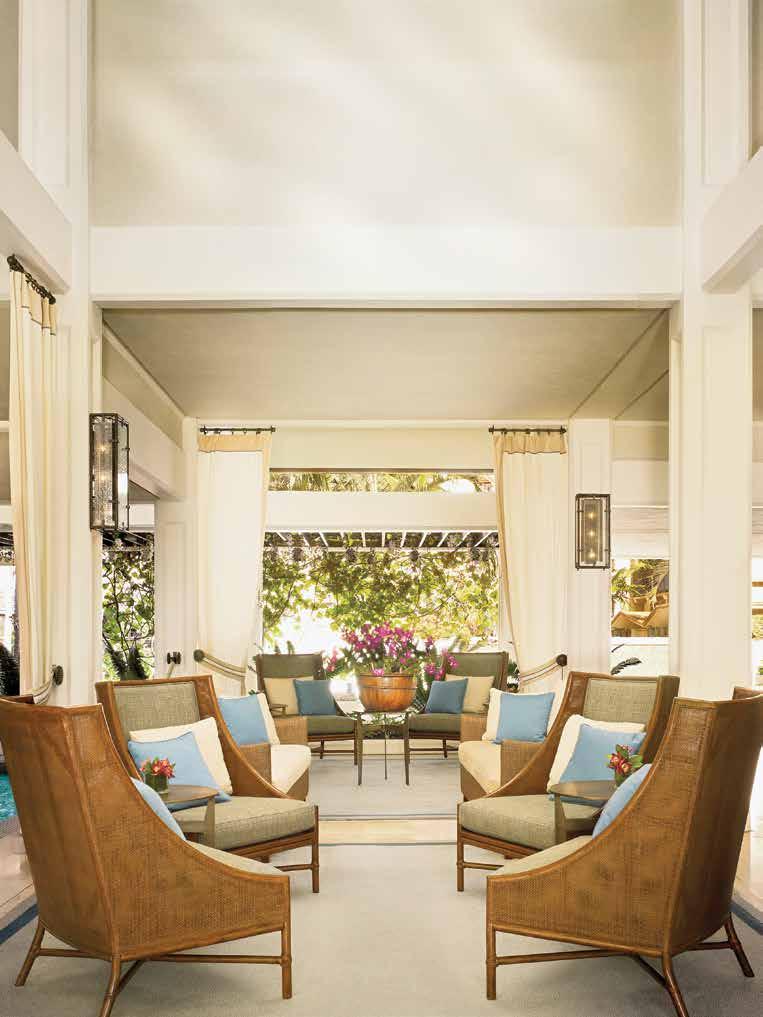
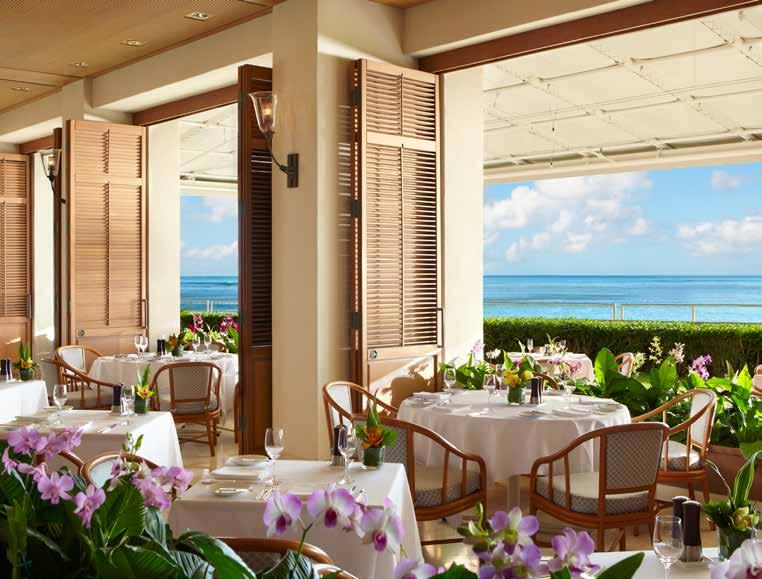
DINING
ダイニング
At
Halekulani’s Waikīkī restaurants, awardwinning chefs create signature dishes from Hawai‘i’s freshest ingredients.
ハレクラニのレストランでは、数々の受賞歴を誇るシェフによる、ハワイの新鮮な素材を使ったオリジナル料理をご用意しています。
Each of Halekulani’s restaurants celebrates its own distinct style of cuisine, and all offer stunning views of the sea.
Select from La Mer for fine dining, Orchids for more casual elegance, or House Without A Key for a relaxed ambience.
ハレクラニのレストランでは、美しいオーシャンビューとともに、それぞれに特徴のある 多彩な料理の数々をお楽しみいただけます。
ファインダイニングの「ラ メール」、カジュアルでエレガントなレストラン「オーキッズ」、
くつろぎの時間をご提供する「ハウス ウィズアウト ア キー」など、その日のご気分や オケージョンに合わせてお選びいただけます。
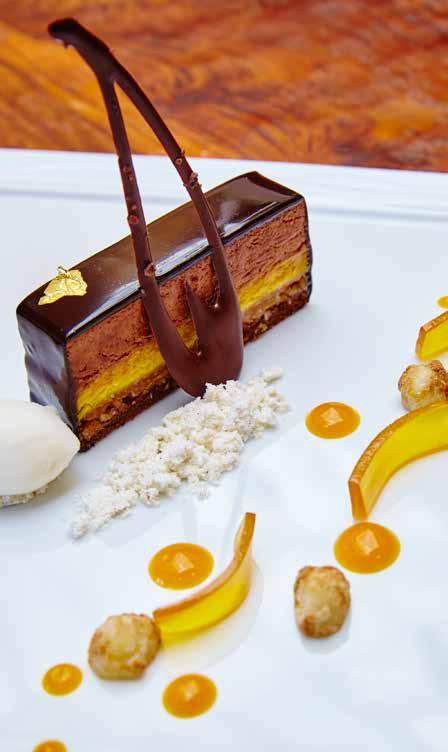
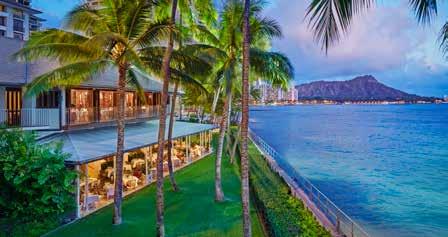
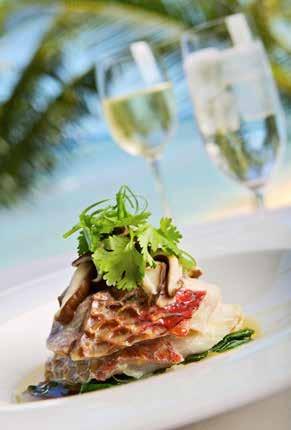
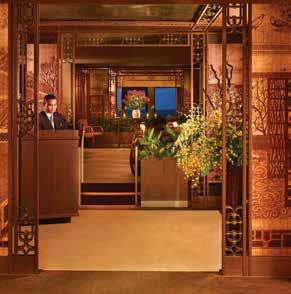

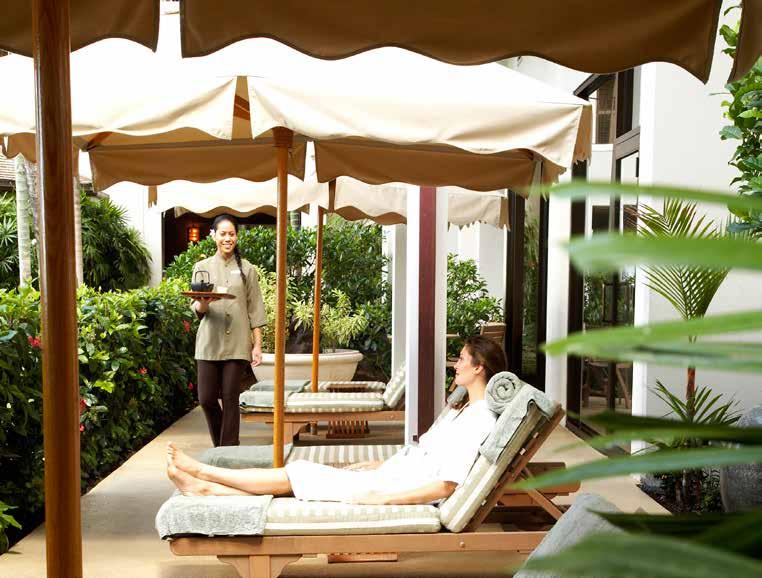
SPAHALEKULANI
スパ ハレクラニ
SpaHalekulani intertwines authentically crafted Polynesian therapeutic rituals with today’s purest products and proven techniques, elevating the spa experience to be both immersive and rejuvenating.
数々の賞を受賞しているスパハレクラニでは、オーガニックなプロダクトと施術師の確かな技術に、本格的な ポリネシアの治療法を取り入れた、心身に活力を与える深い癒しのスパトリートメントをご提供しています。
The award-winning spa is renowned for a commitment to harmoniously restore the mind, body, and spirit of guests with a respite that is spiritual, cultural, and emotional.
心と身体の調和バランスを取り戻し、豊かなポリネシア文化の香るスピリチュアルな 安らぎのひとときをお楽しみください。
